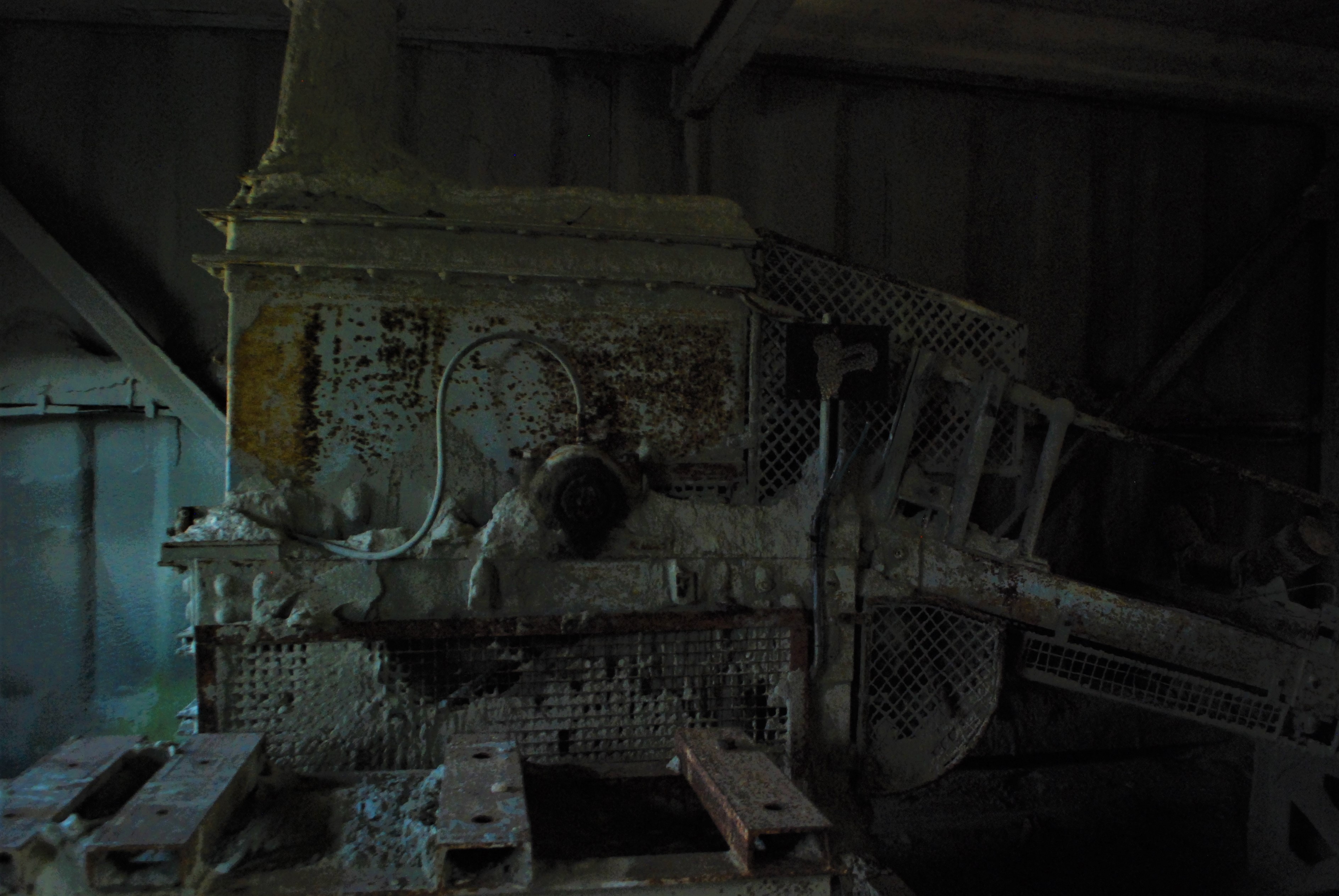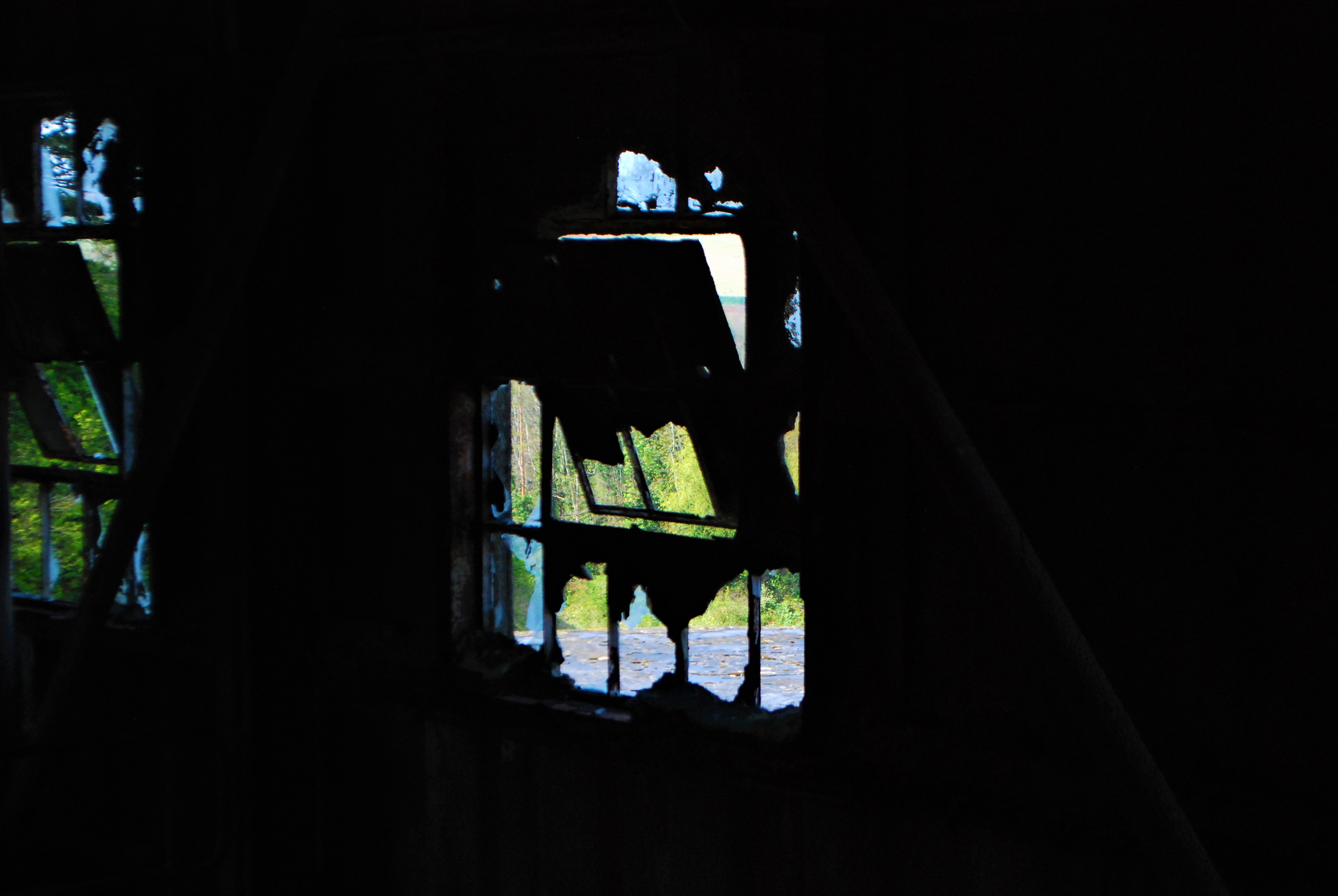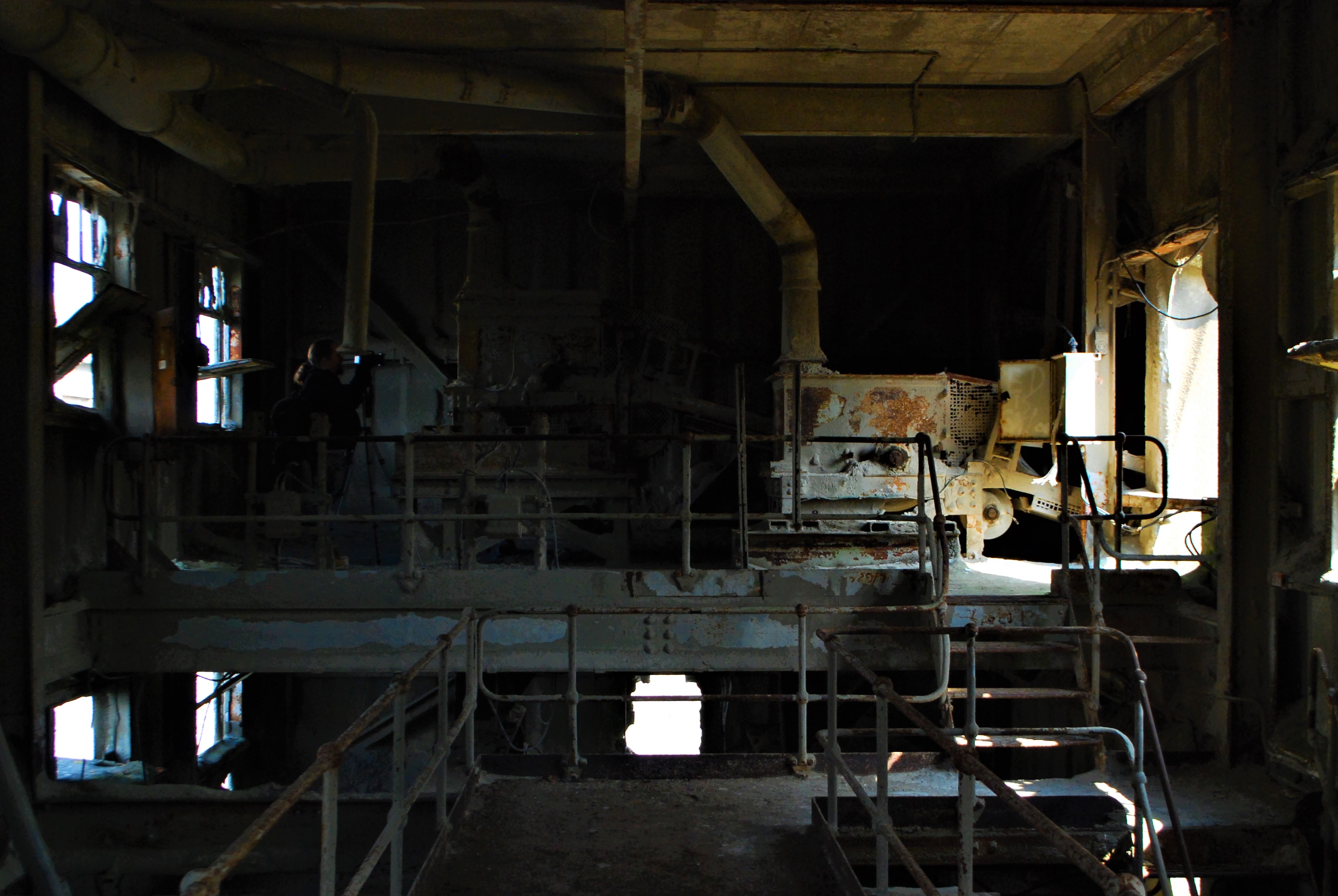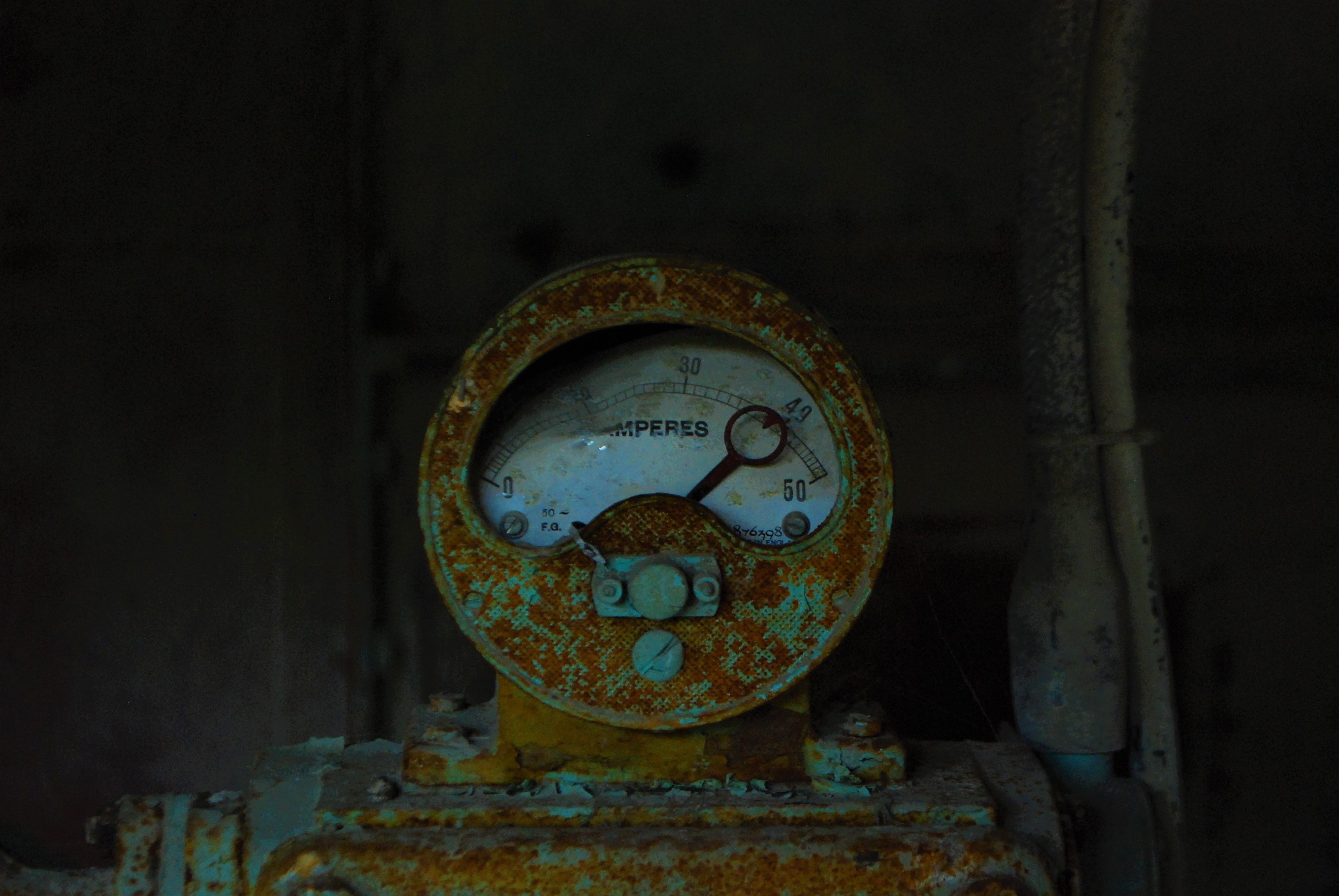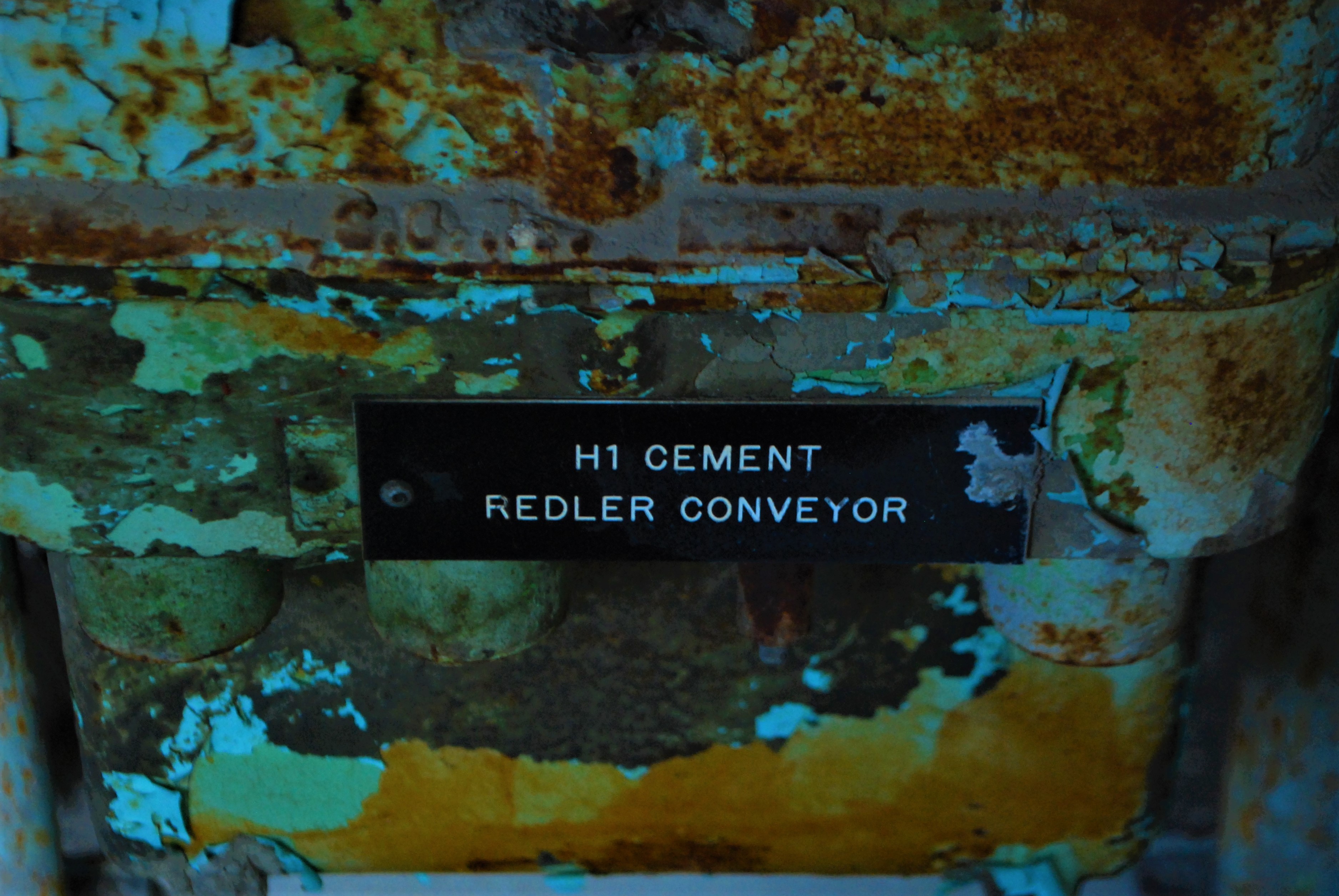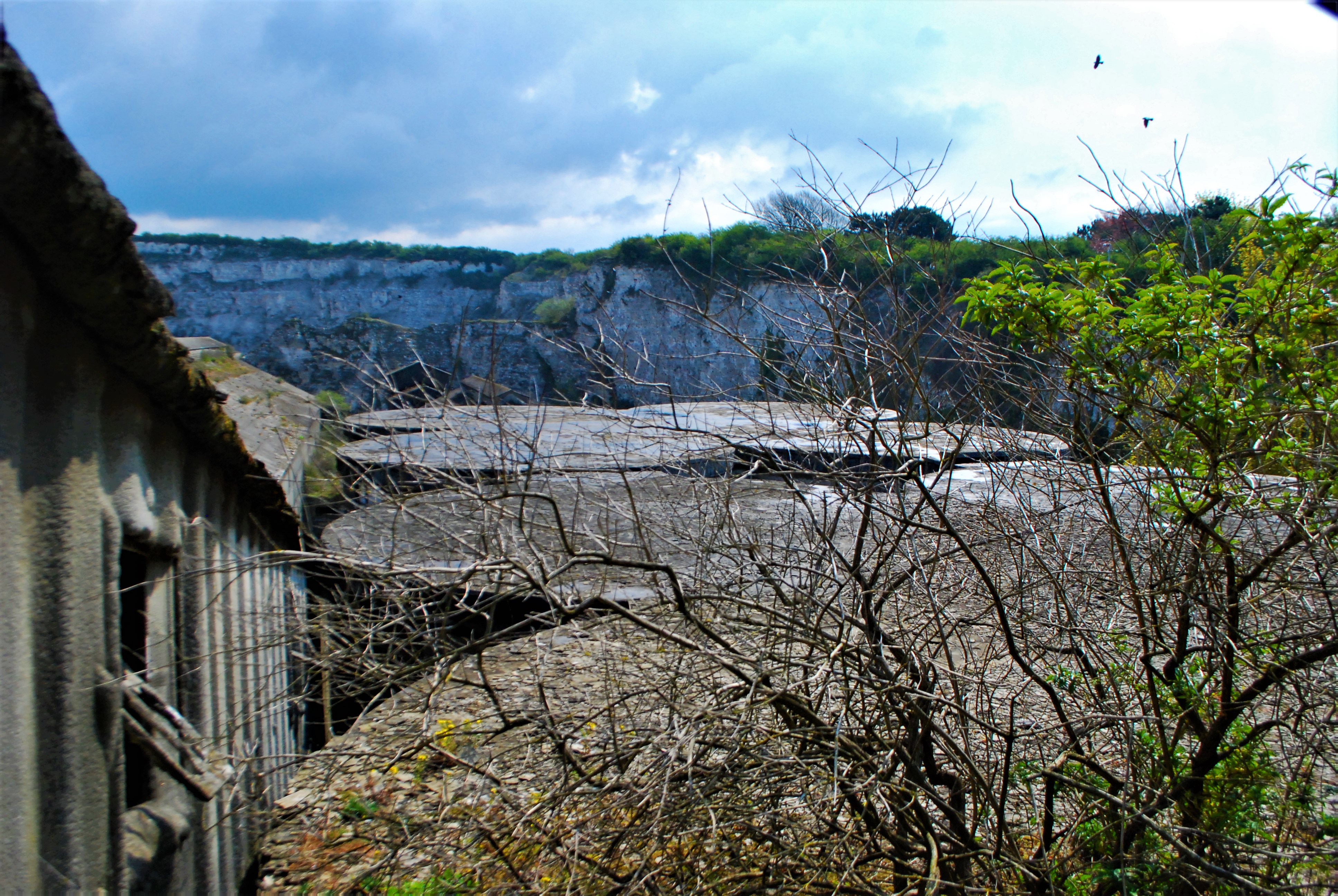To start off, this is a site that has been on my to-do list for many years, all the way back since 2014 when I saw a news article about the site’s proposed redevelopment ideas. I finally managed to explore it on May Bank Holiday in 2021 with a friend of mine. We woke early on the day of the explore, with a drive of about an hour and a half to get to the site. Once we got there at about 6:00 in the morning, we donned our bags and started the trek.
The Explore:
Access into the main site itself was fairly easy, apart from being scratched to death by loads of brambles – my left eyelid got raked by a particularly sharp thorn which hurt like hell, but frankly as I’m blind in my left eye I didn’t care all that much…! The access was easy, but we had to keep an eye out for security as we didn’t know what time they patrolled. I’ve heard conflicting accounts that they patrol randomly and also on the hour, every hour. What followed is what I can only describe as one of the most incredible sights I have ever seen on an urbex – walking into the kiln hall for the first time was breath taking. The sheer size of the two 107 meter long Vickers-Armstrong cement kilns was absolutely incredible. The site was silent apart from the odd car zooming past on the main road outside. After catching out breath, we trekked down the network of rusting stairs and walkways right up to the kilns and just took everything in, snapping our cameras away like mad. After the kilns, we started to head towards the mill building, where clinker (the product from the cement kilns) would have been ground up.
On the exposed conveyor (some of the fibro-cement boards have fallen off, exposing the inside), whilst I was putting my coat in my bag, I looked out the window for a brief moment and saw a security guard slowly walking around with a German Shepherd. And the bloody thing was looking everywhere. I reckon it could smell and hear us…! So, we sat tight for a good ten minutes, whispering and being quiet. Then we made our way up, accidently going to the gantry crane above the clinker storage shed which enabled us to get some smashing shots of the cavernous interior. Afterwards, we made our way to the clinker mills. Unfortunately, all four mills have been taken out (presumably for resale elsewhere after closure) leaving the mill shed as an empty husk, but the synchronous motor house next door was still intact. So in we went, keeping an eye out as the floor of the motor shed was right next to the security patrol road. About five minutes after that, I saw in the corner of my eye that security’s dog was trotting towards the building, so we both squashed ourselves against the wall of the building and stayed put for about ten minutes as security walked past. Considering I could hear him whistling, he must have been within four feet of us then!! The rest of the explore was chilled. We got our last shots of the motor house, then buggered off back up high where that dog wouldn’t be able to follow us should it have come into the building. We got some shots from the top of the silo building – a trek and a half right up a really steep conveyor – and then went back to the kiln hall to get more shots. After that, we called it a day after almost six hours of exploring the site to the fullest. On the way out, we stopped off at the cliff above the site to get some externals. Security rounded the corner at the bottom by the building and saw us then shouted “You’re not allowed up there!” so I shouted back “It’s okay, we’re leaving!” and then he replies “Okay, that’s fine!”, so I shout back “Cheers, have a good Sunday Bank Holiday!” and then he waves at me. Had he not been about 150 meters away at the bottom of a 200 foot cliff, it would have been a totally different story…!! Anyway, enjoy the photos!
Exterior
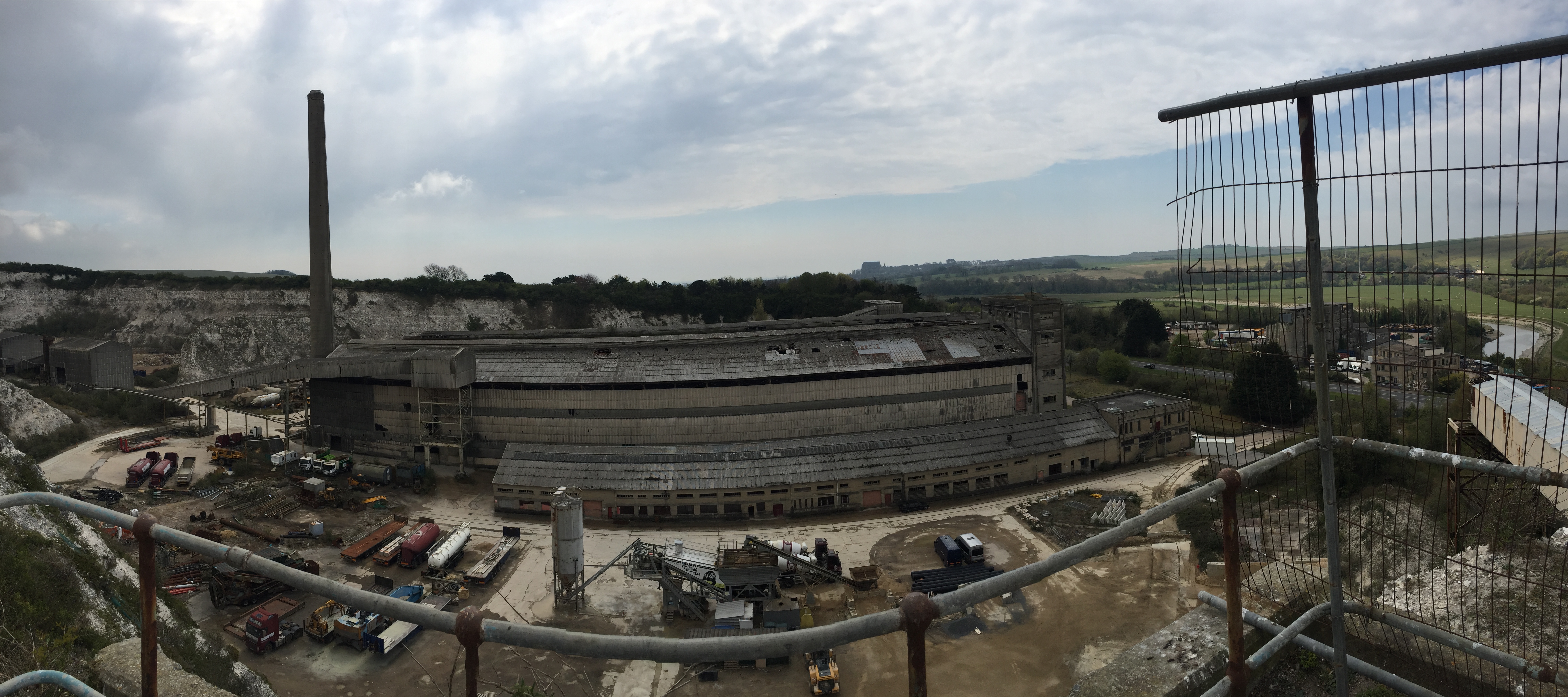
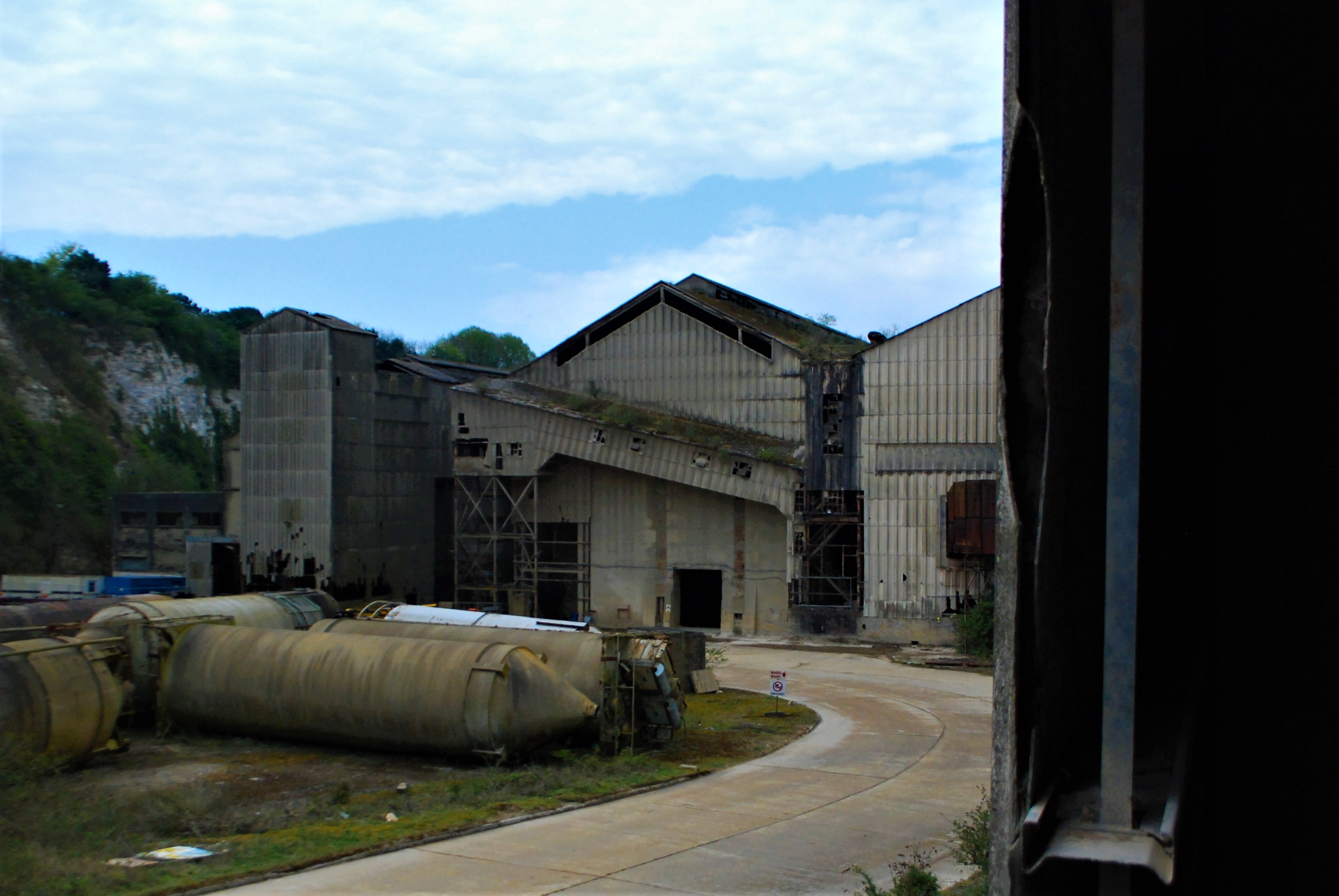

Kiln Hall
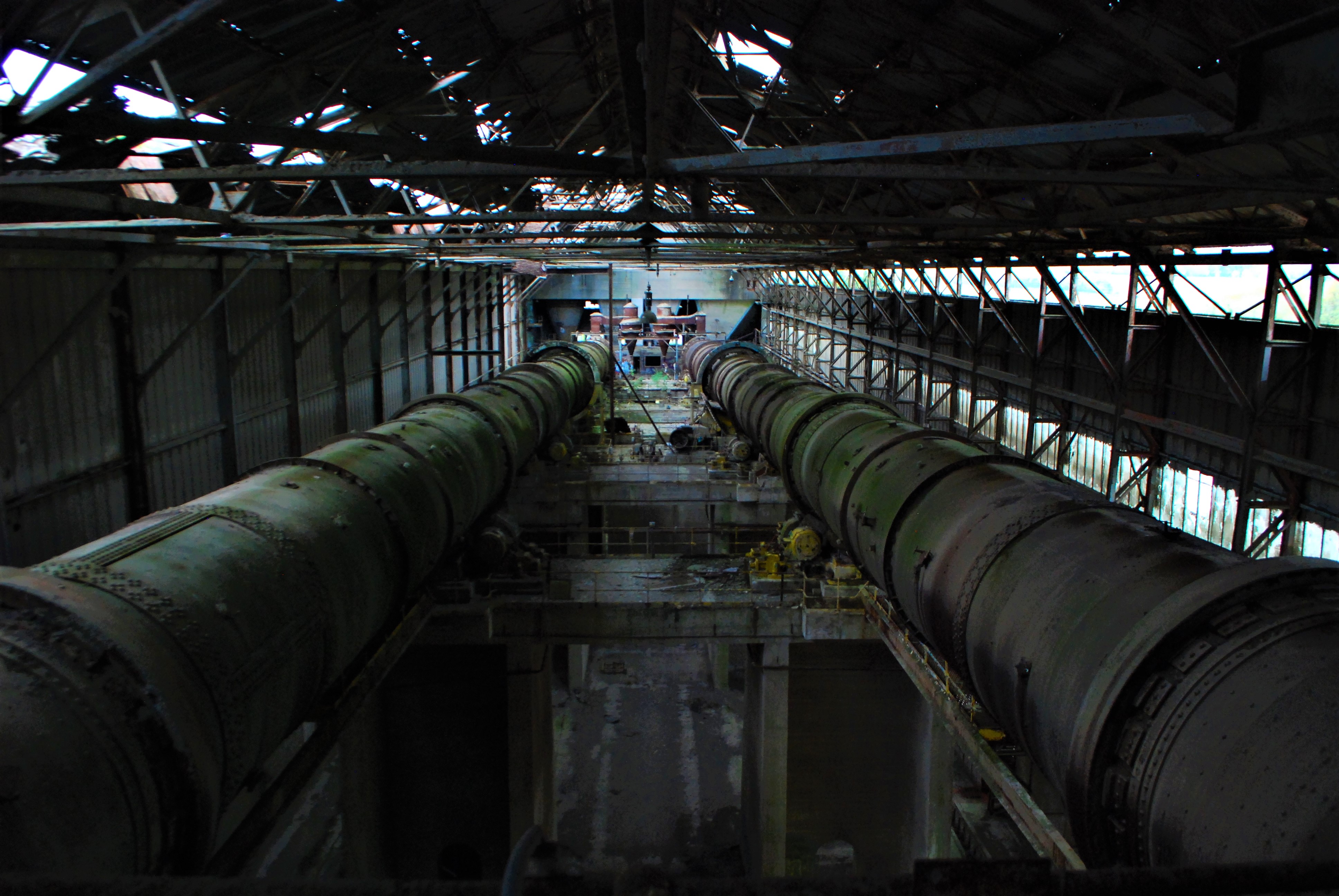
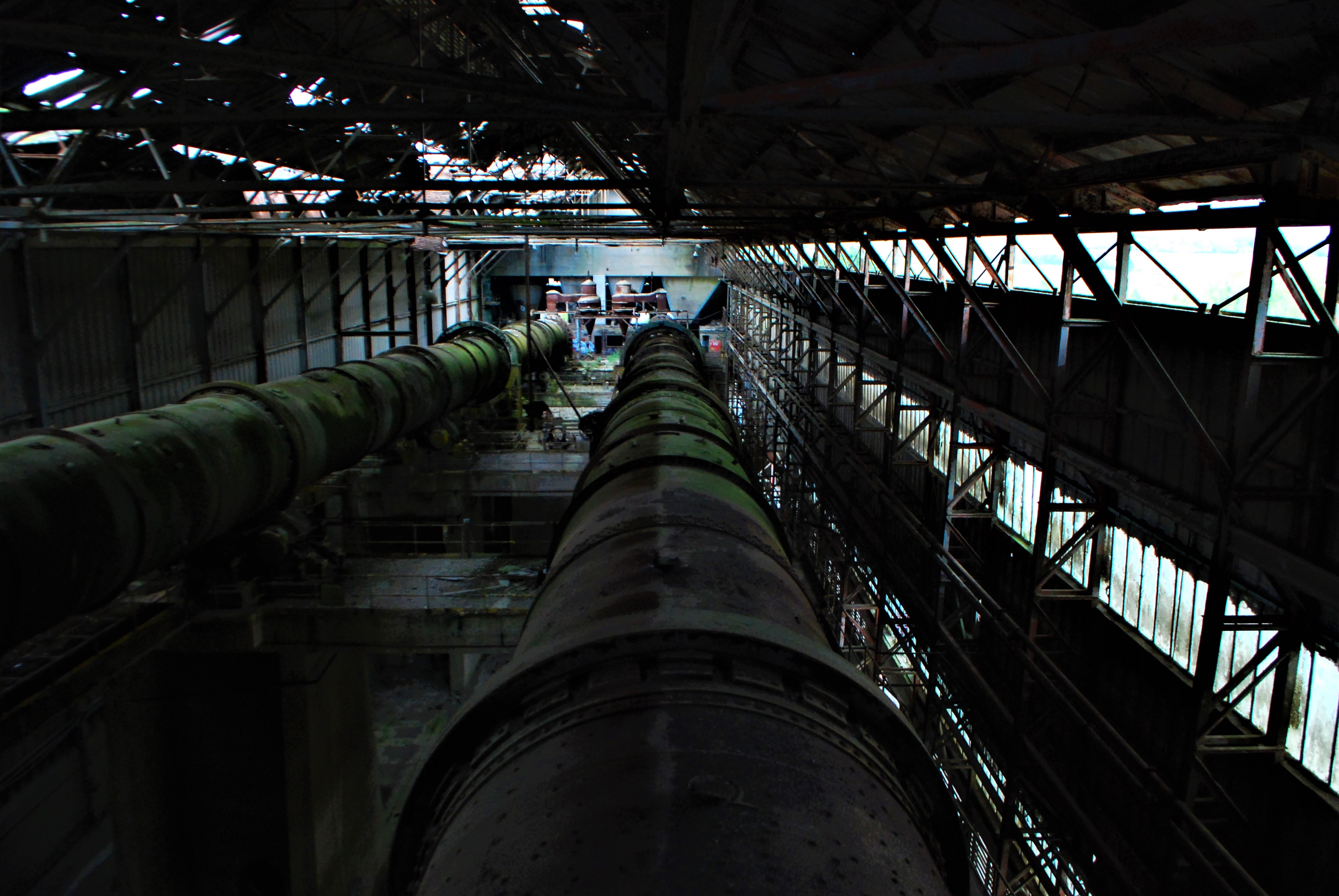
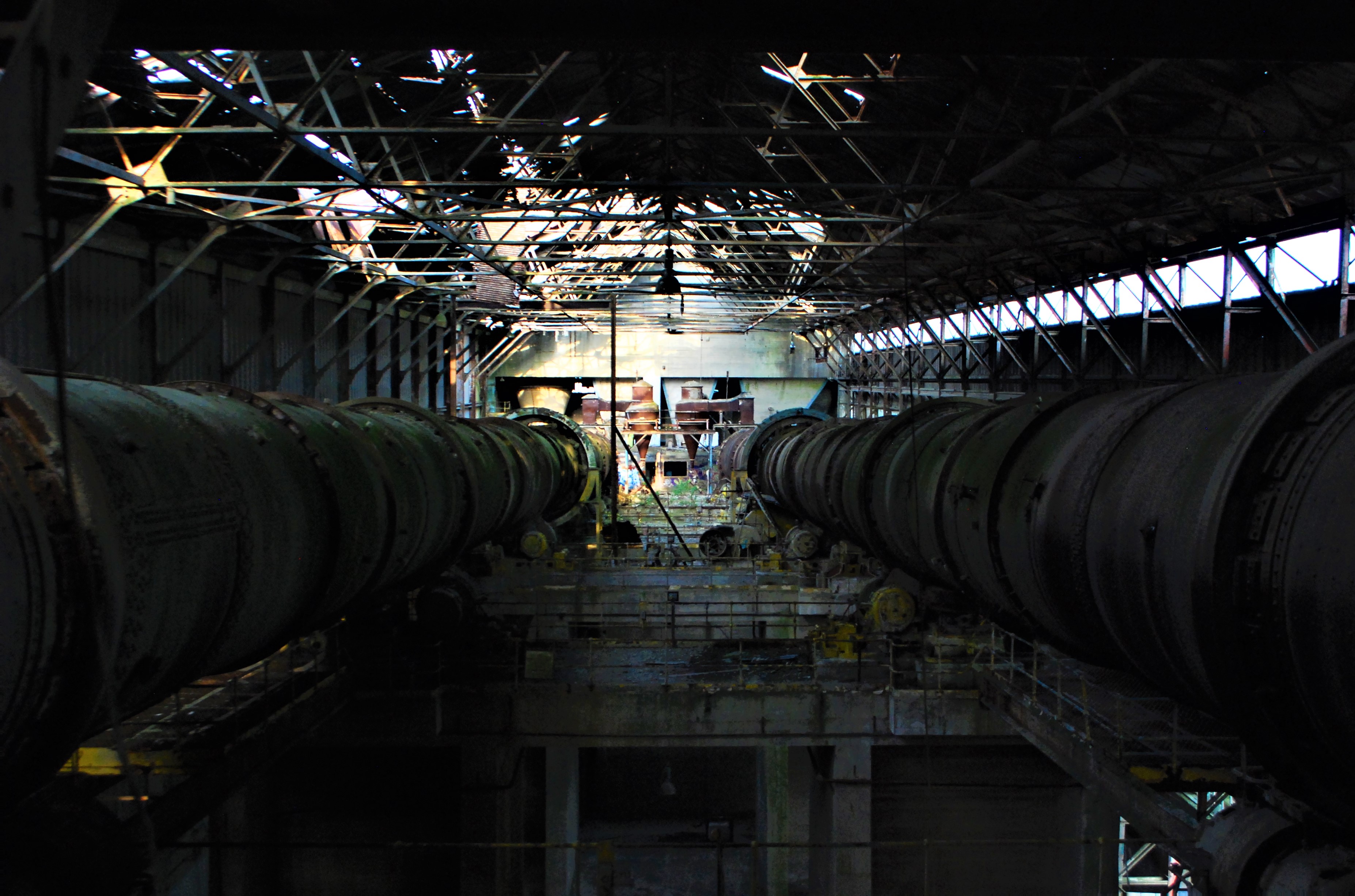



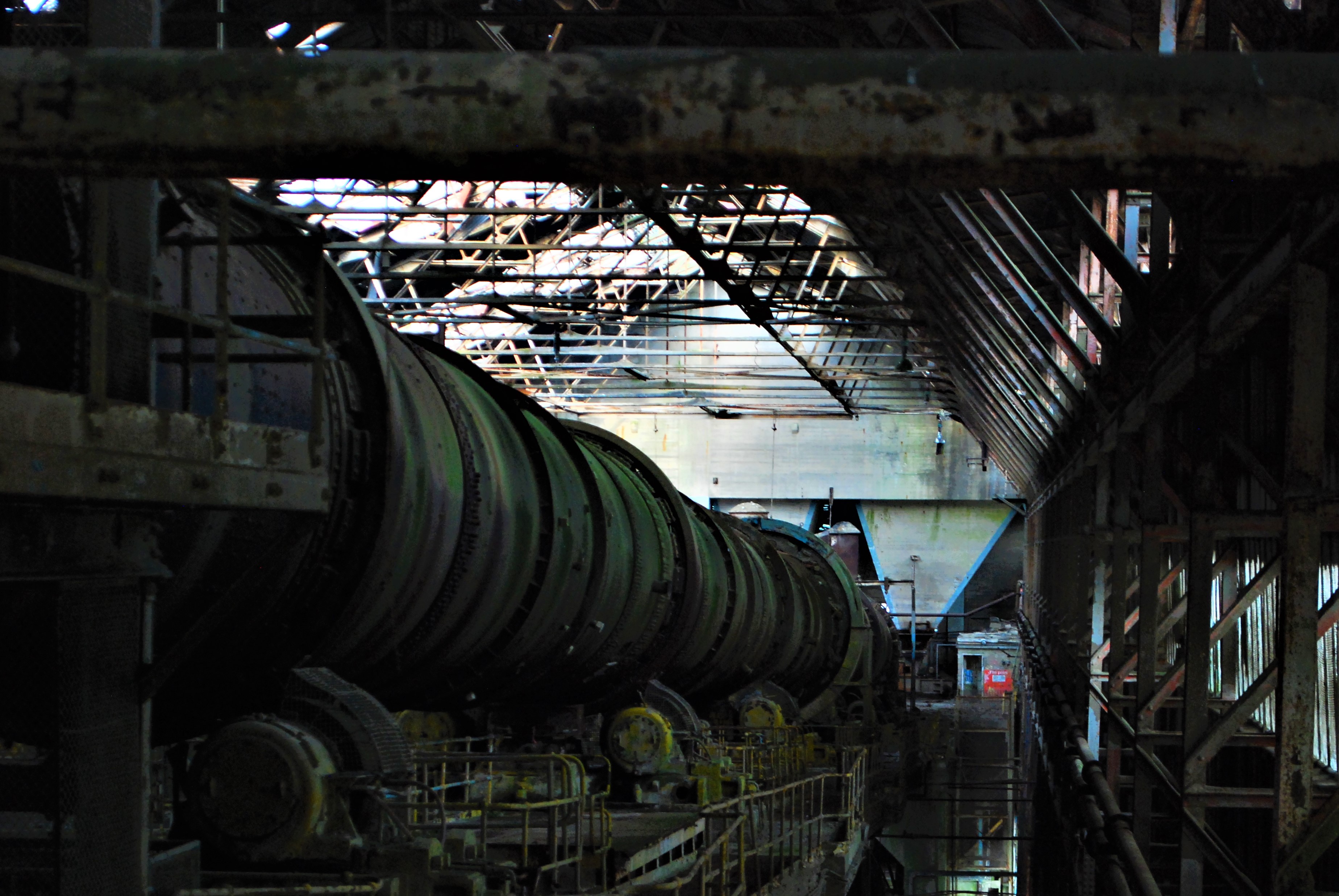
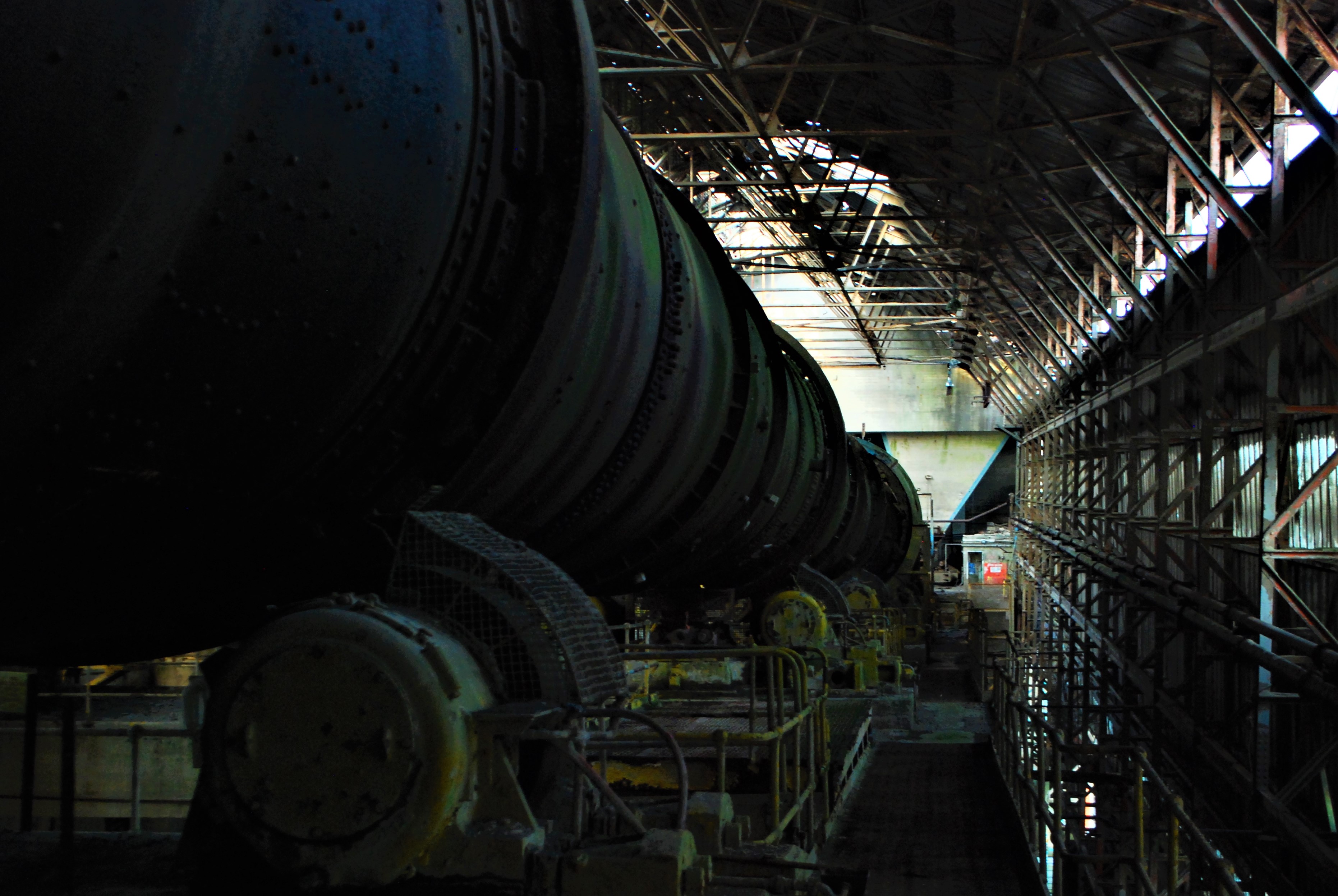
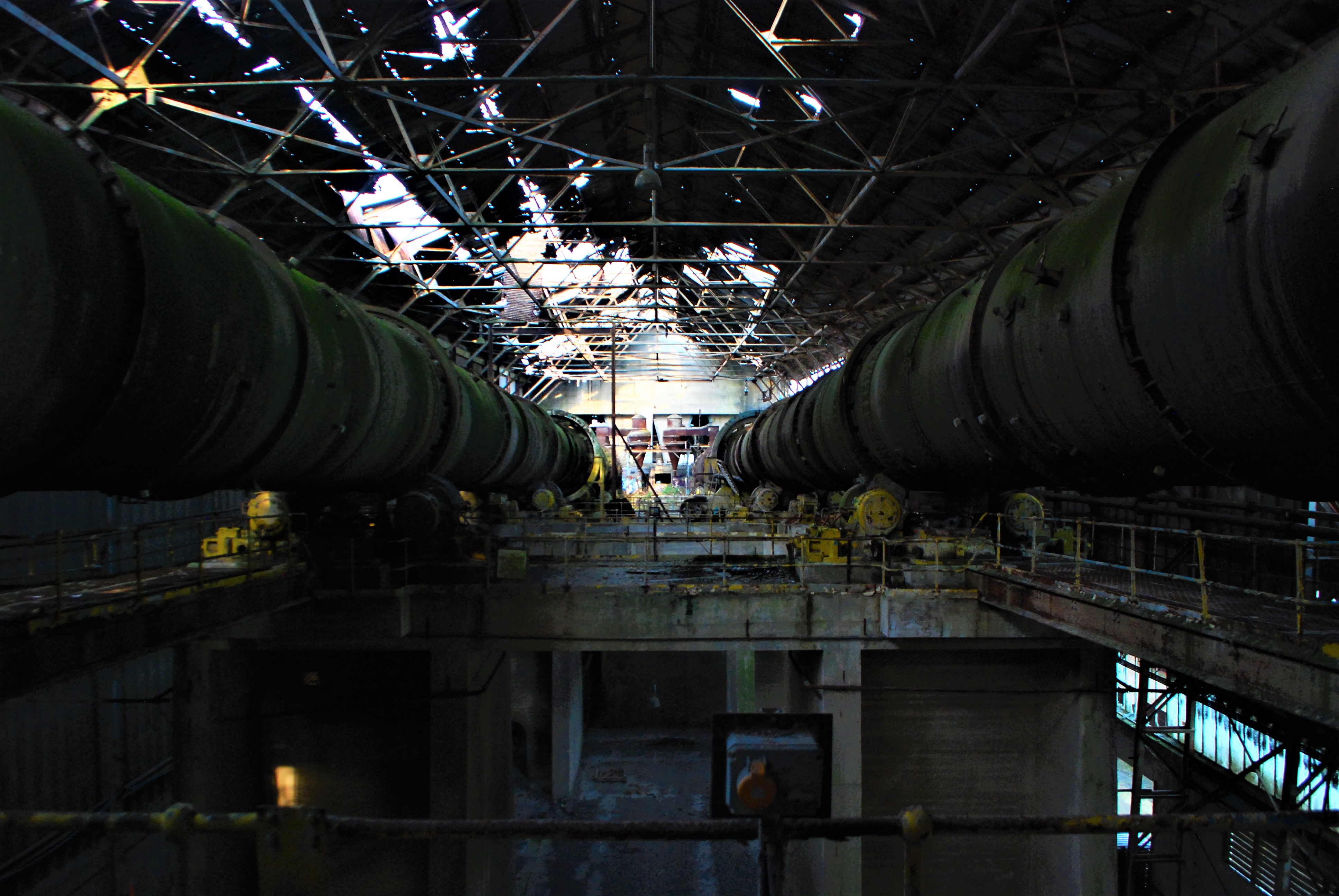

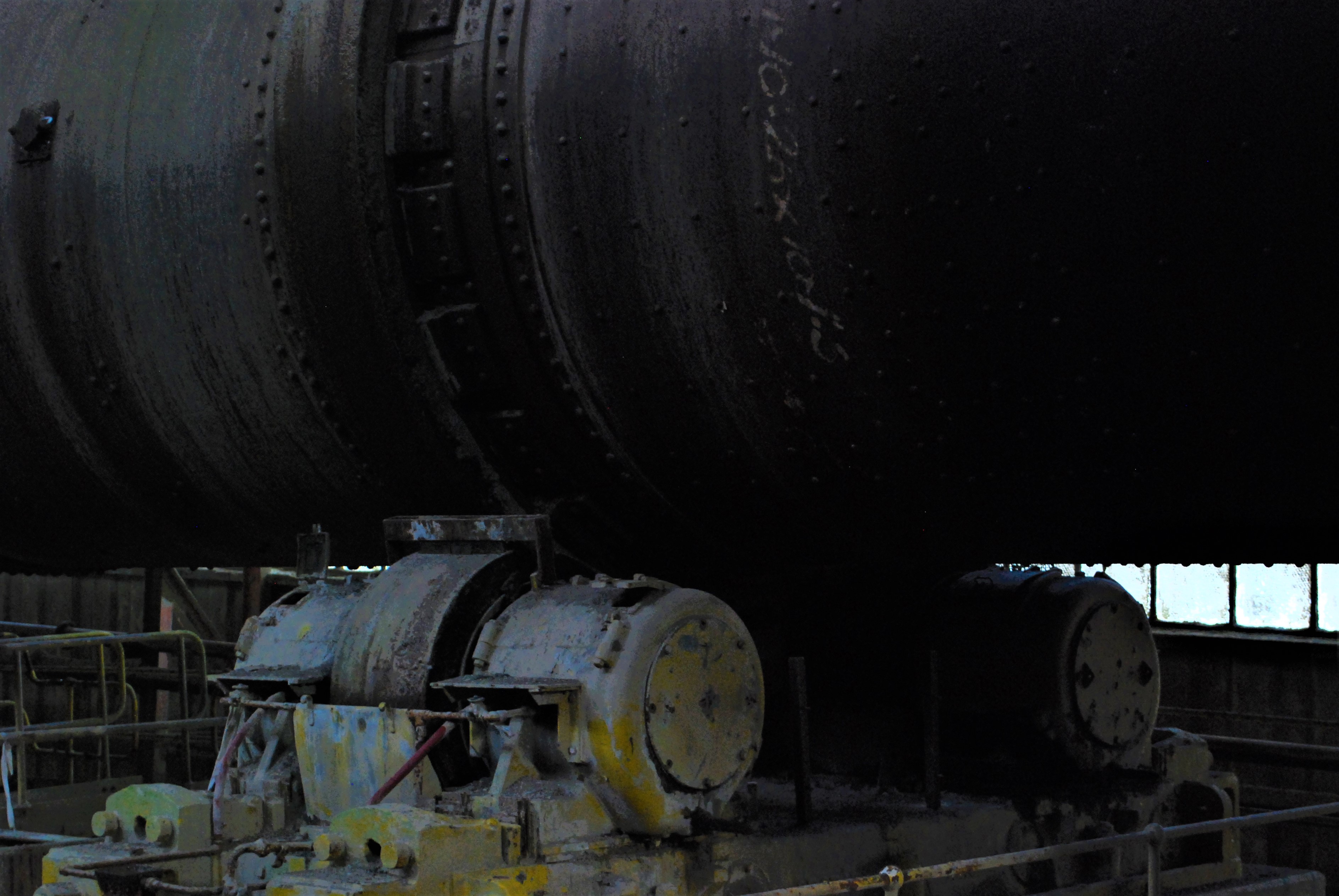
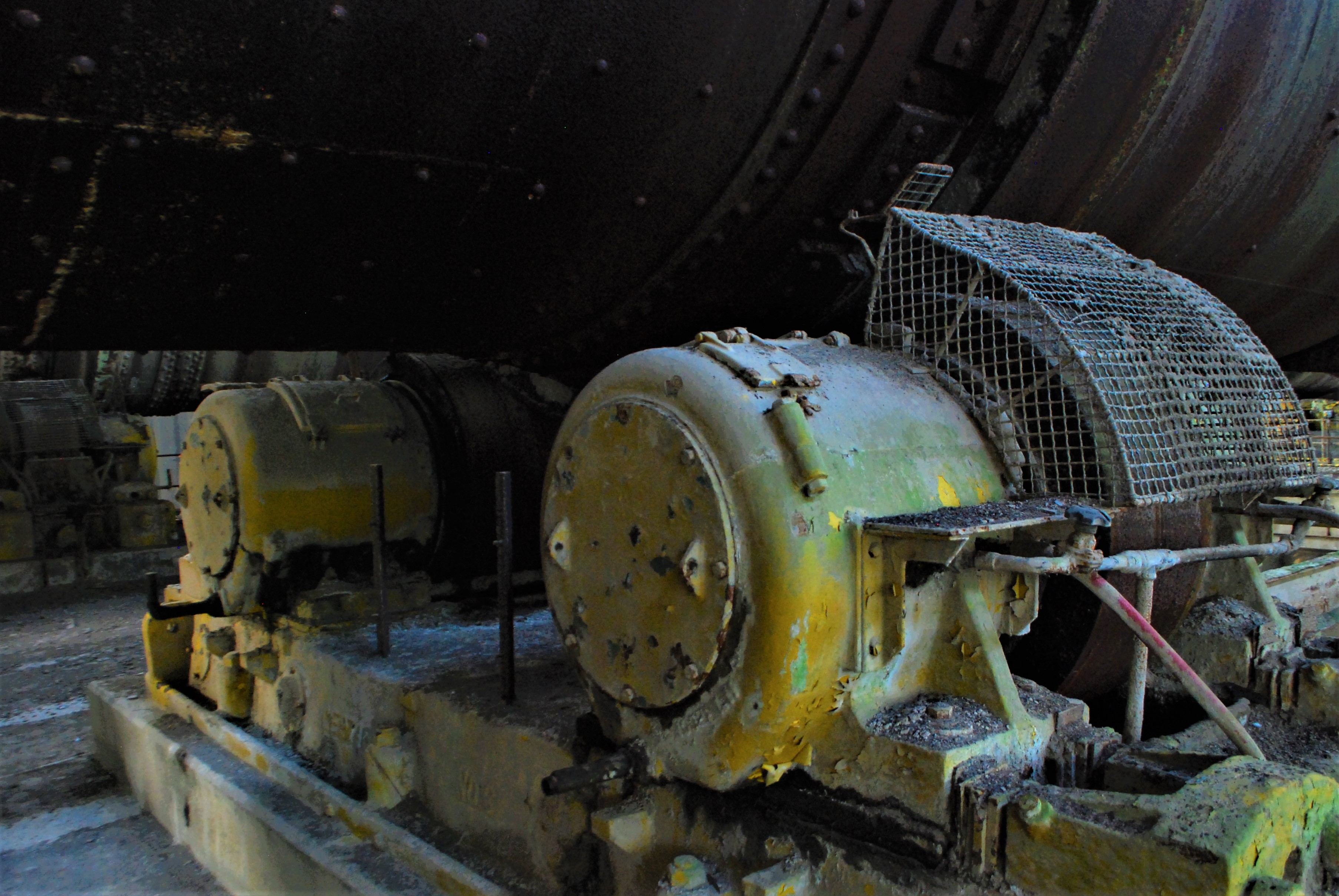
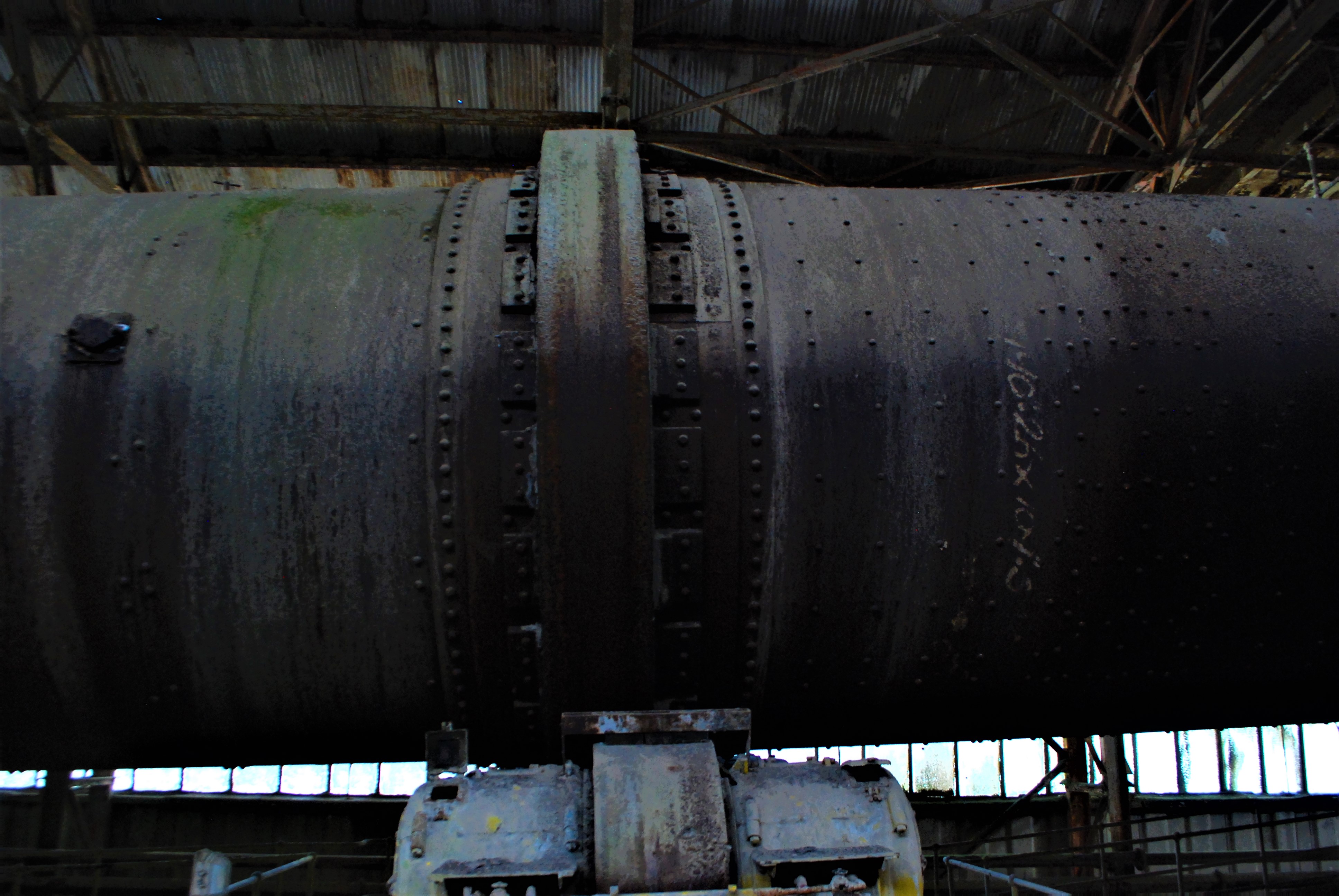
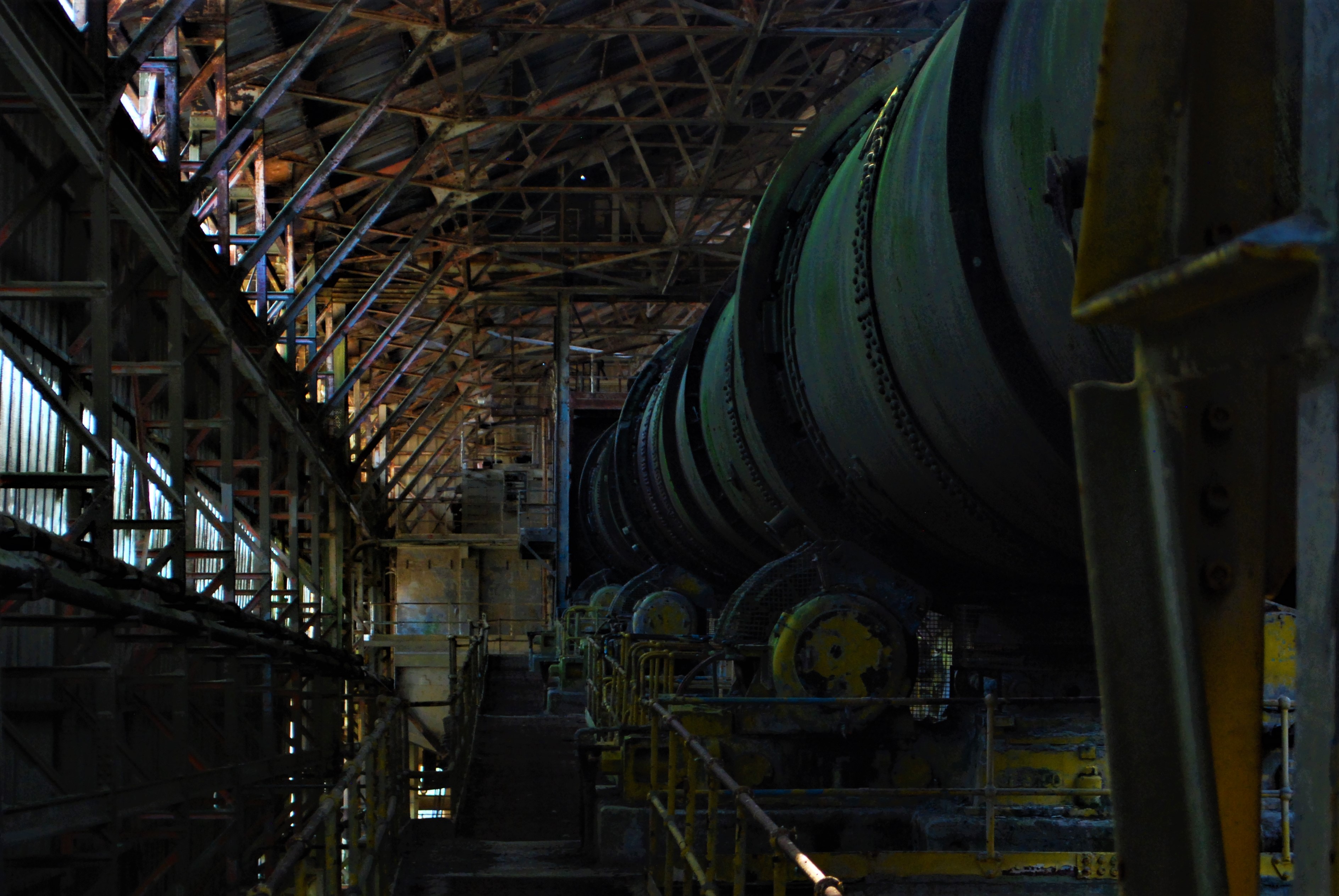
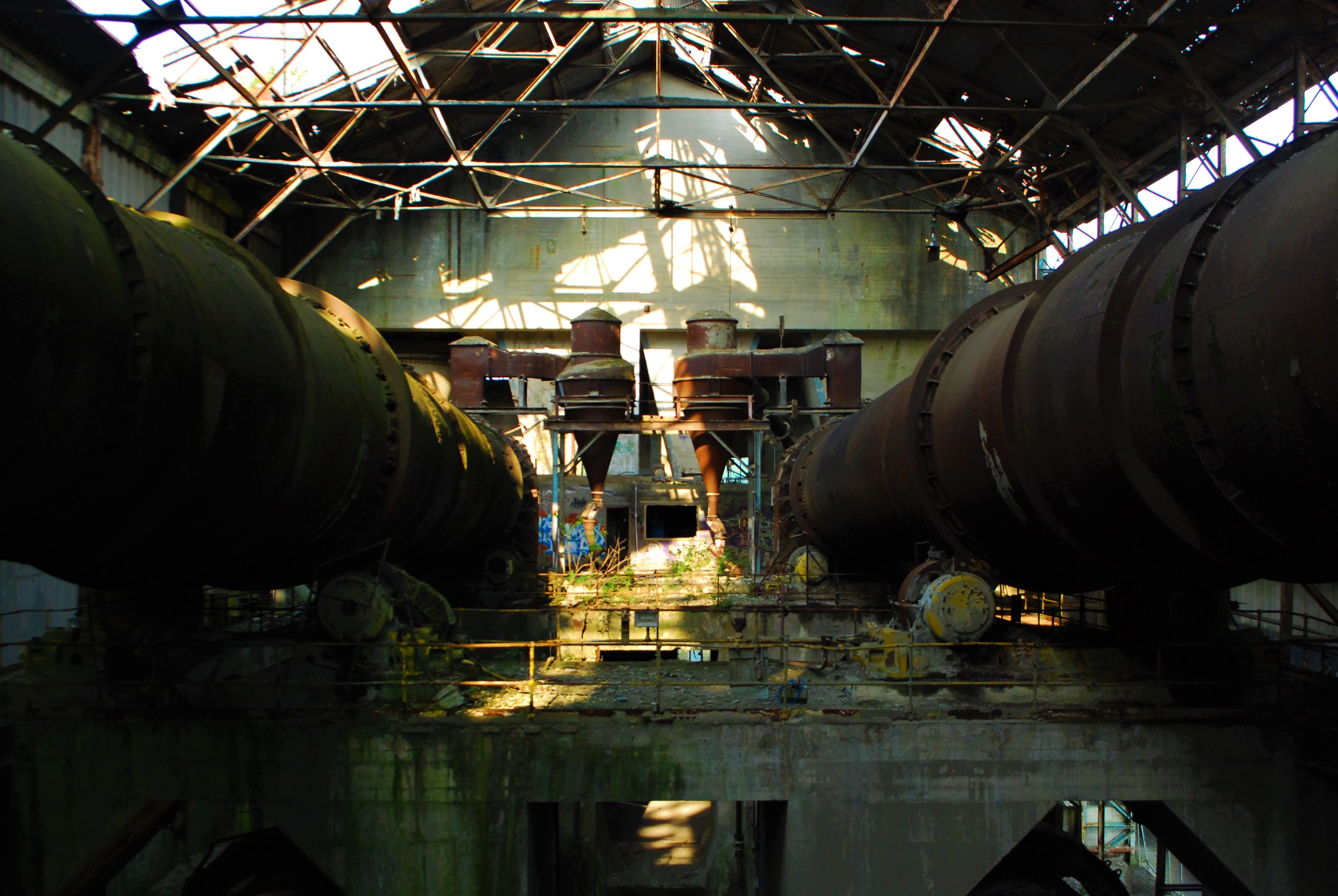
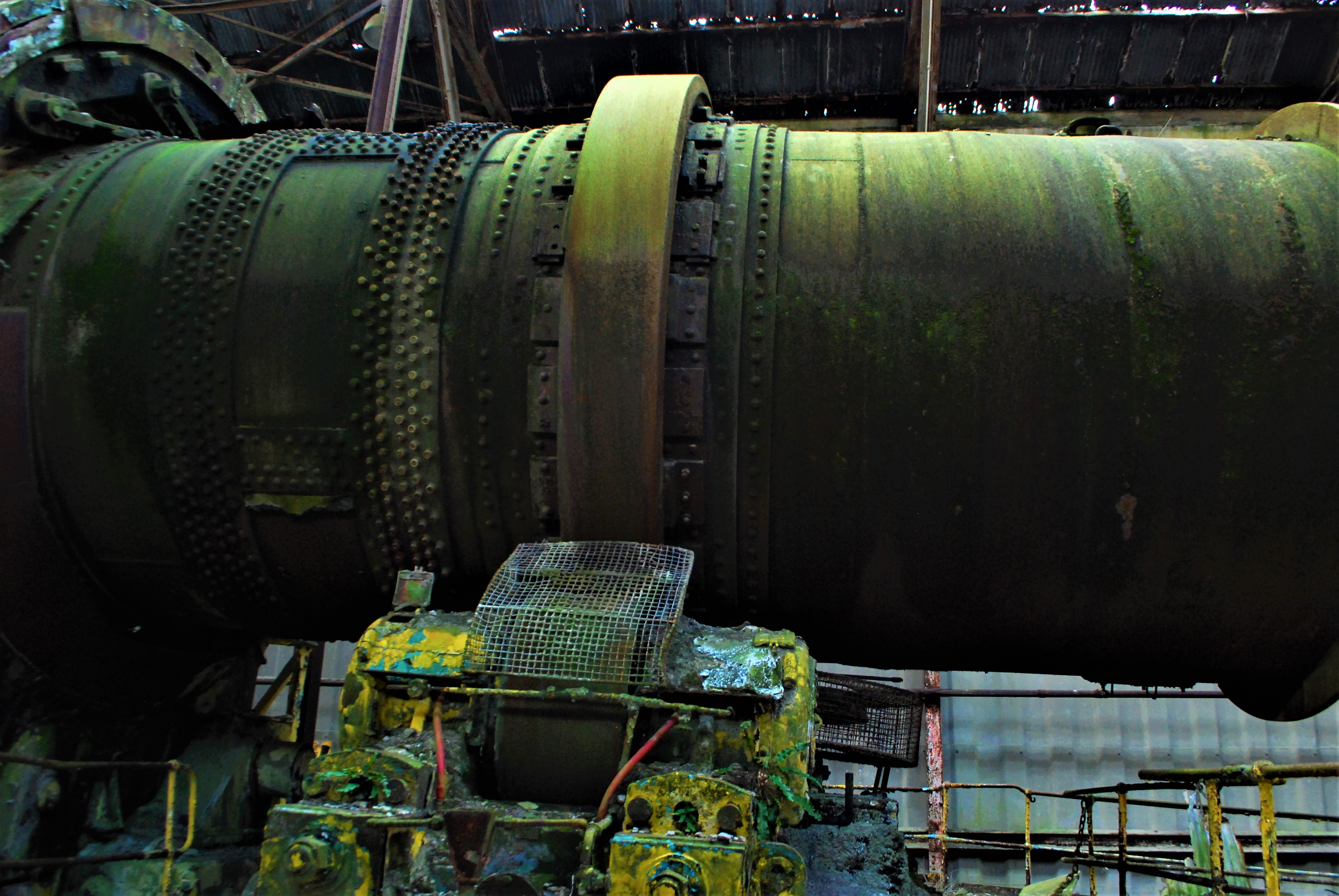
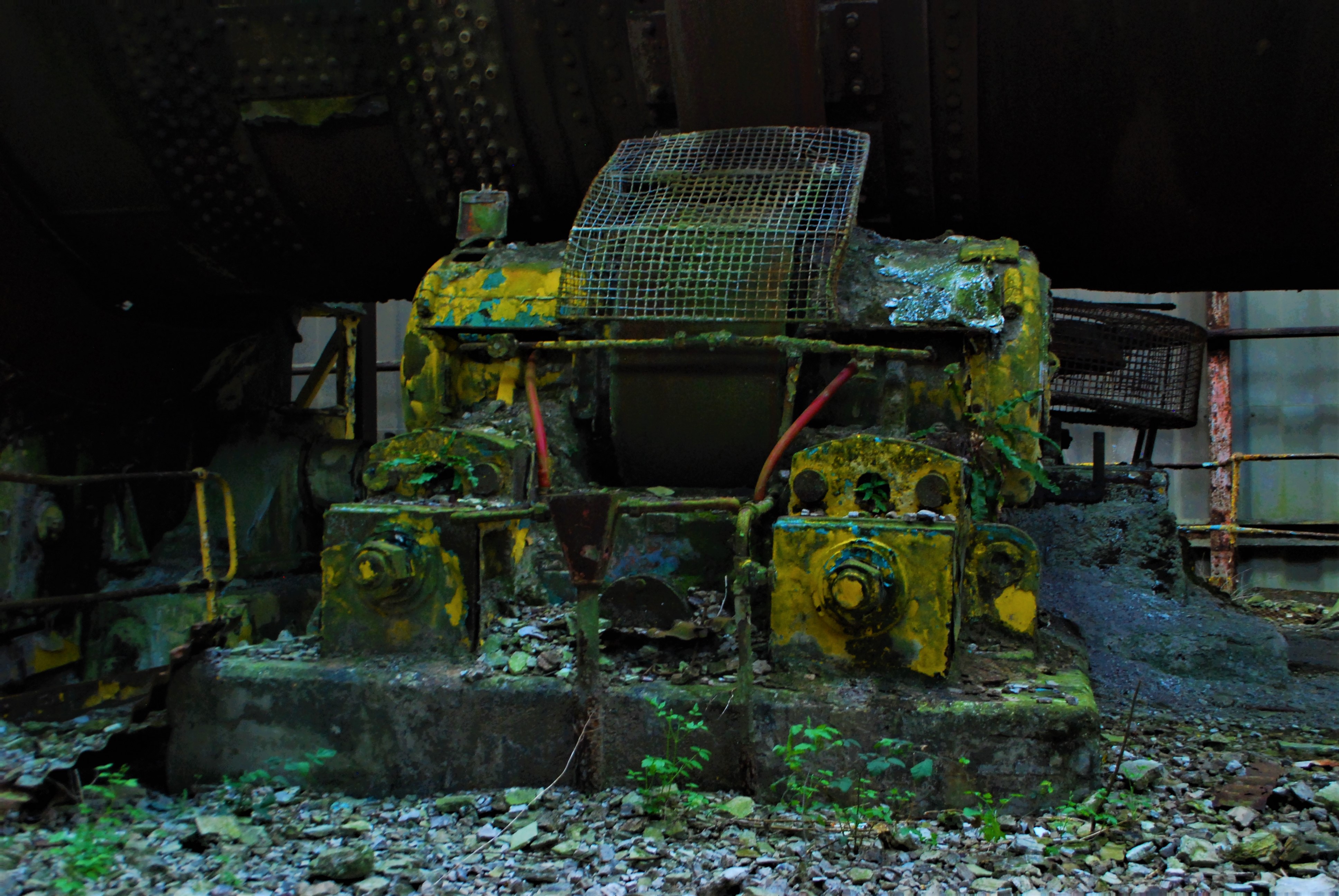
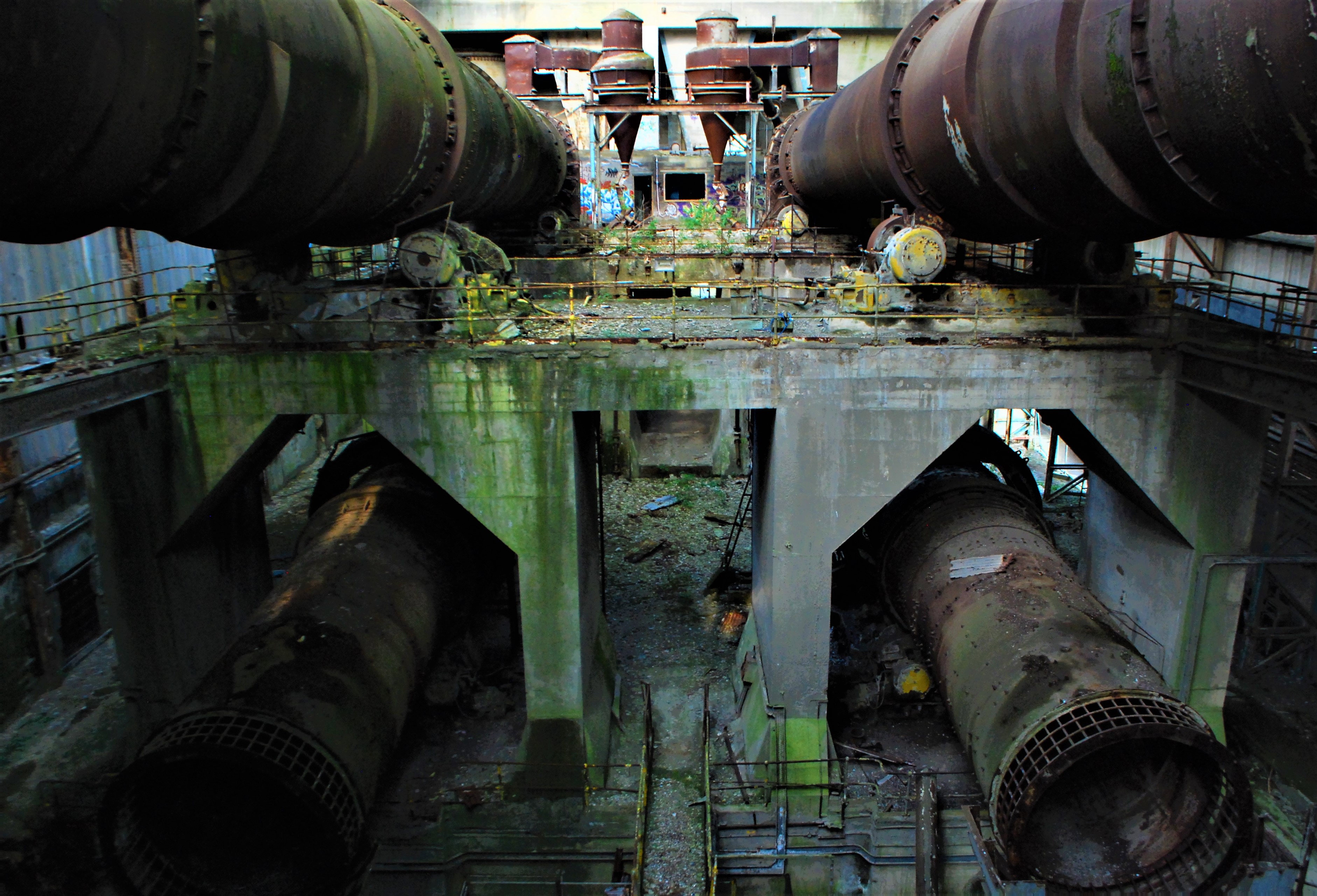
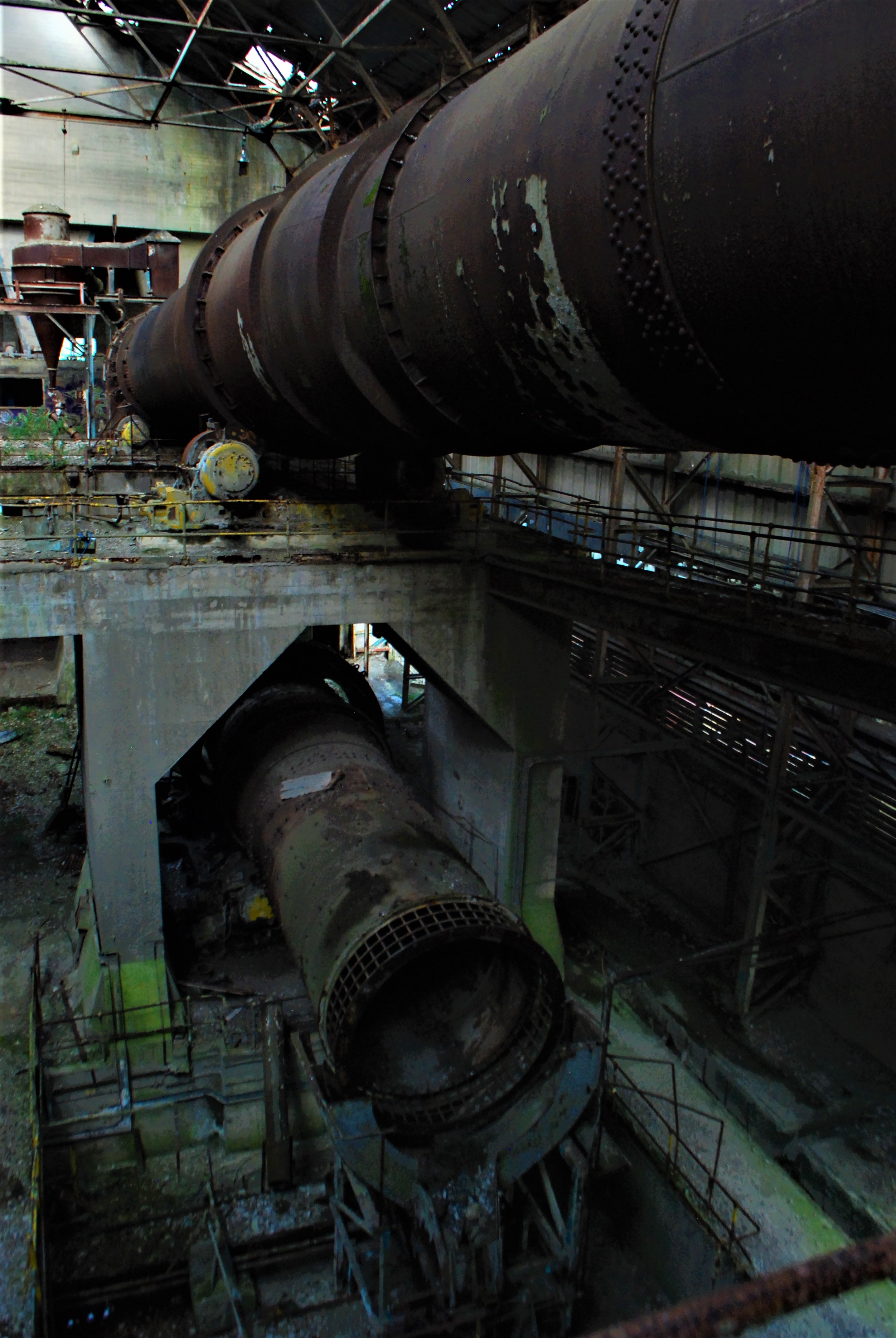
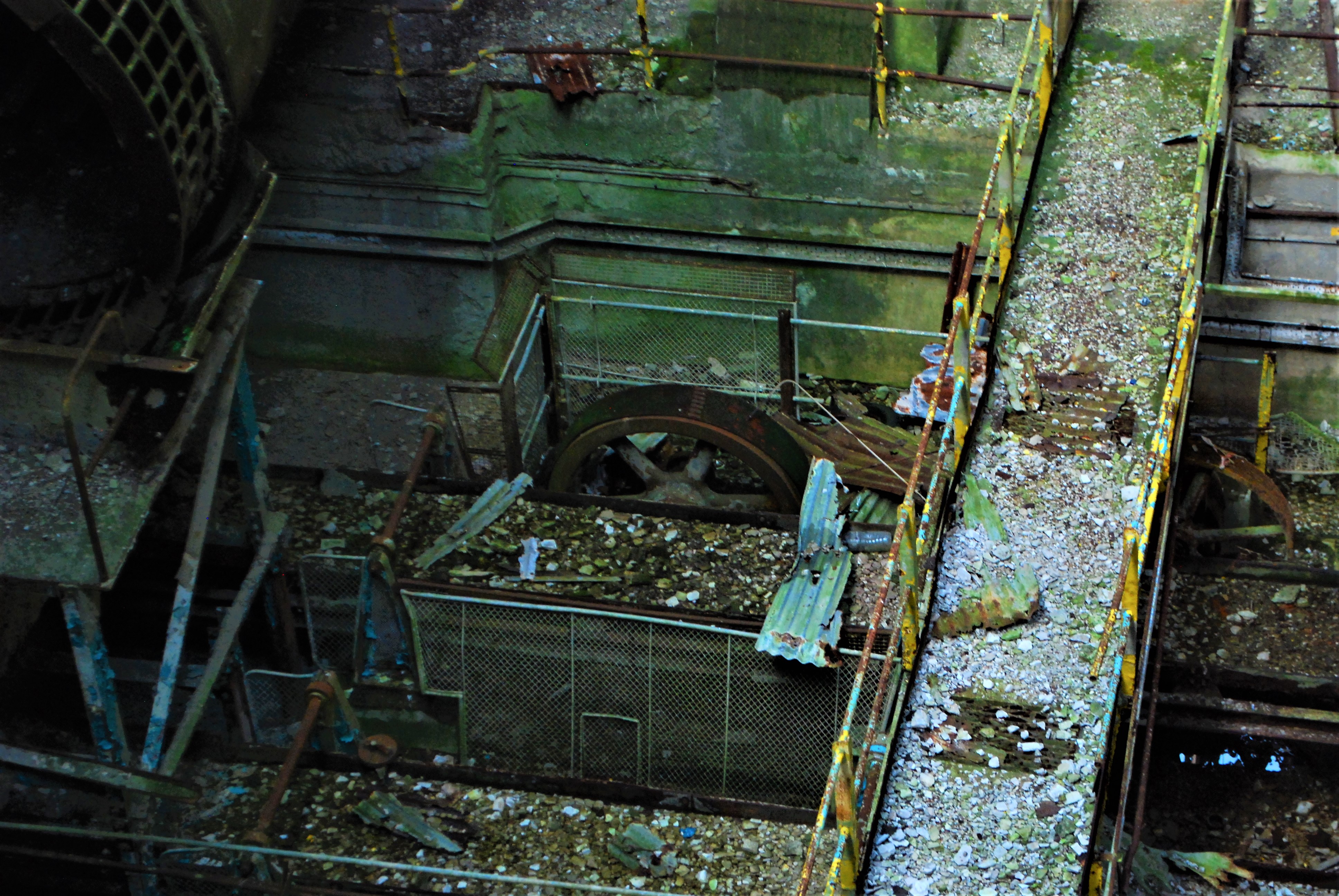
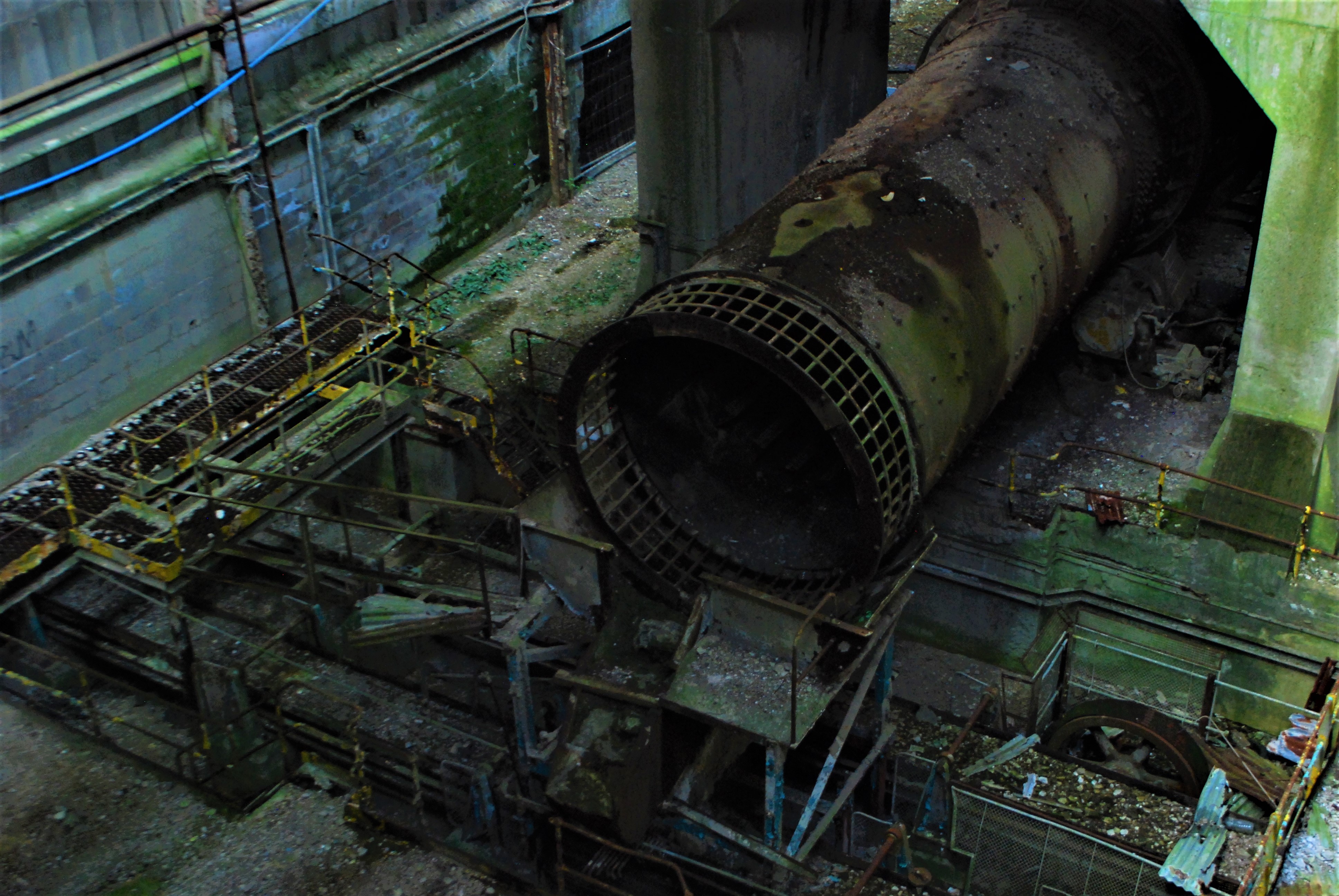
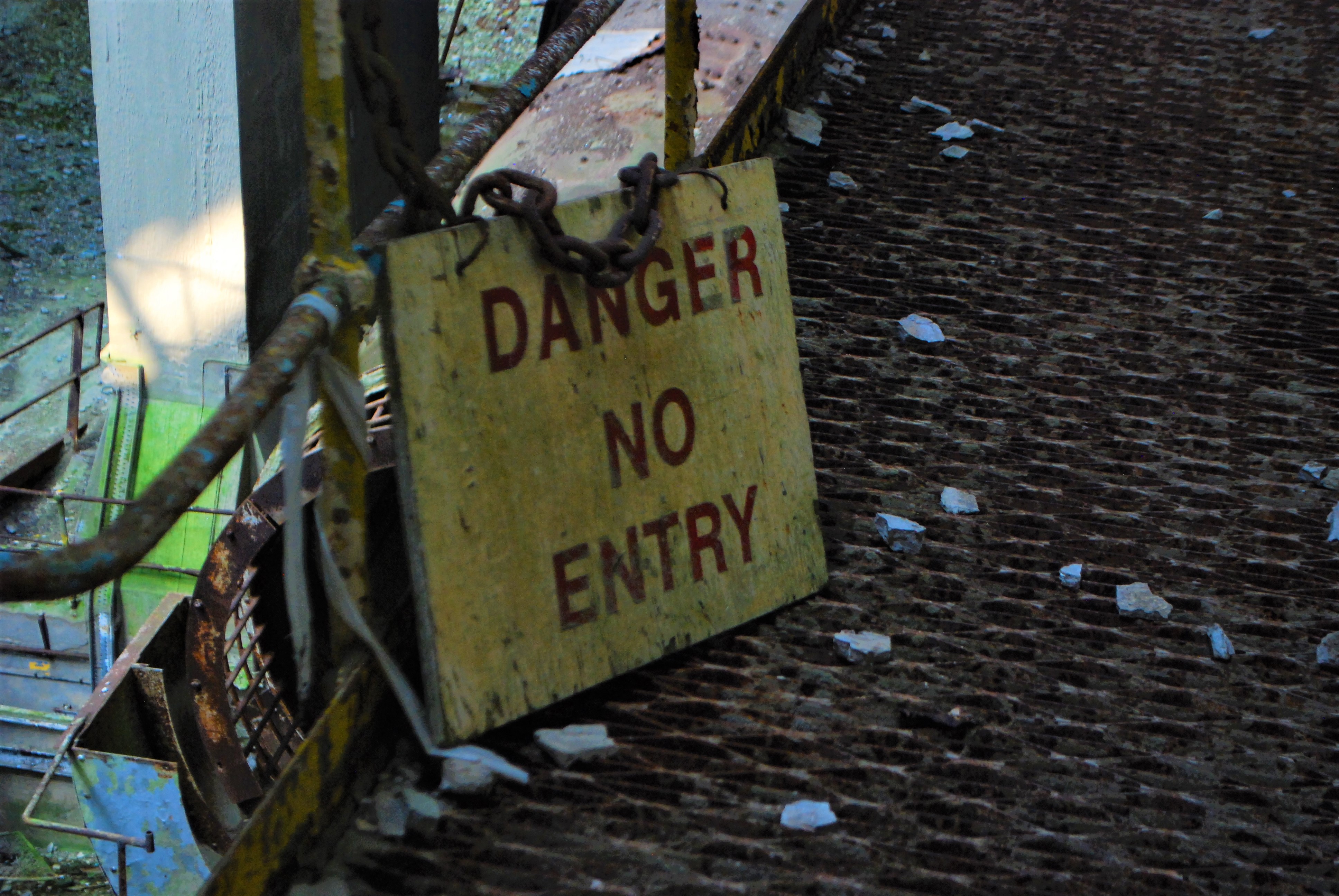
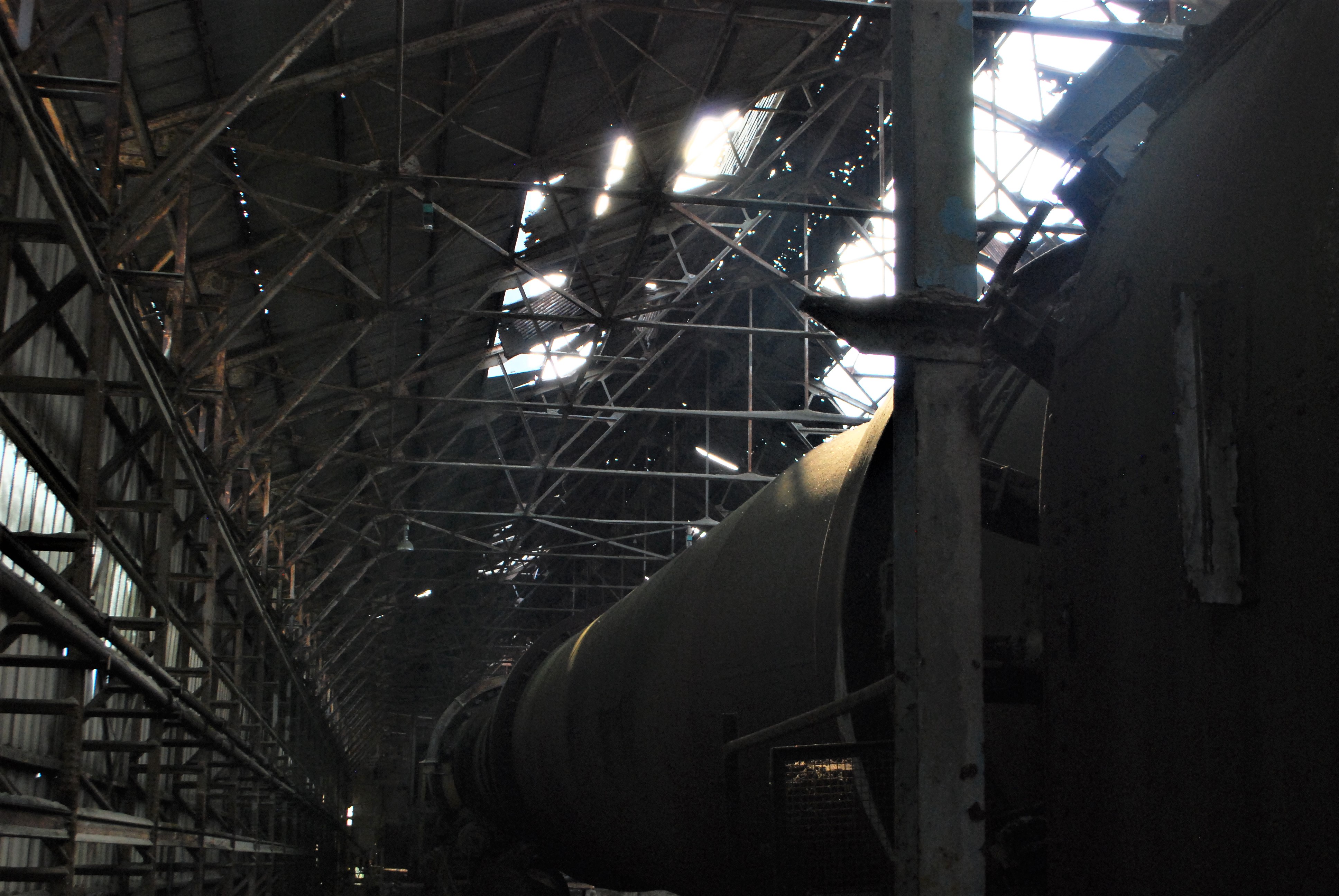

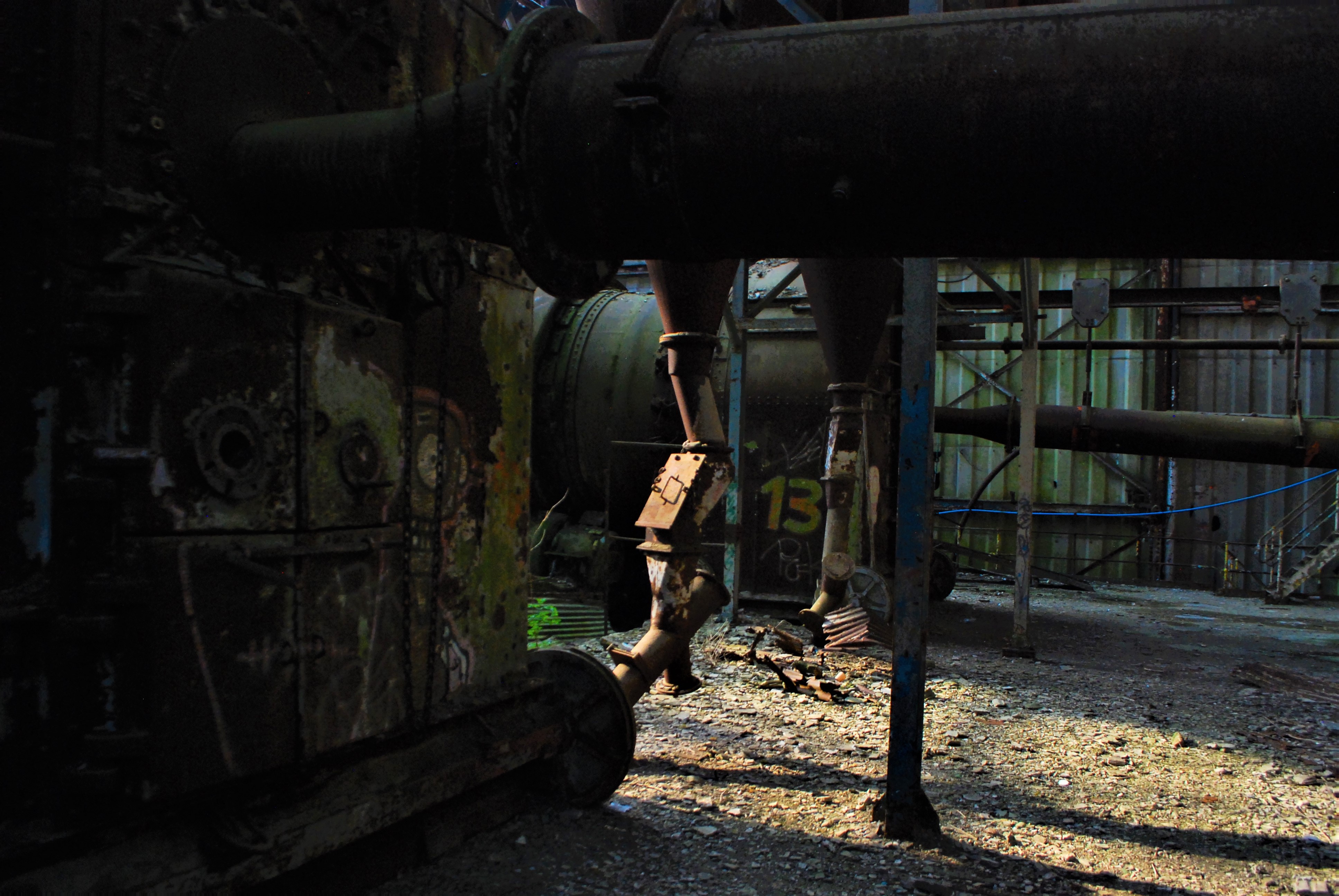
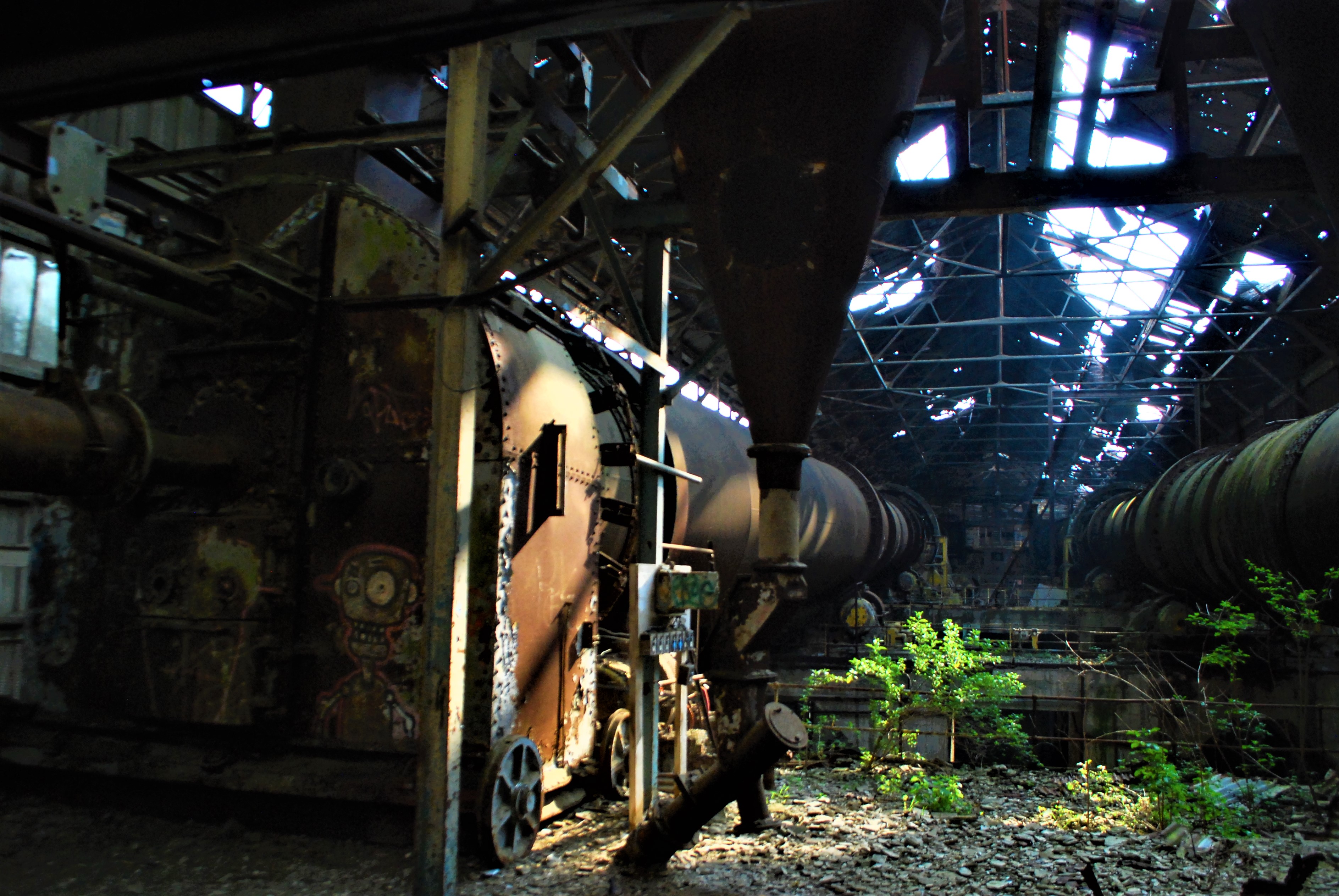
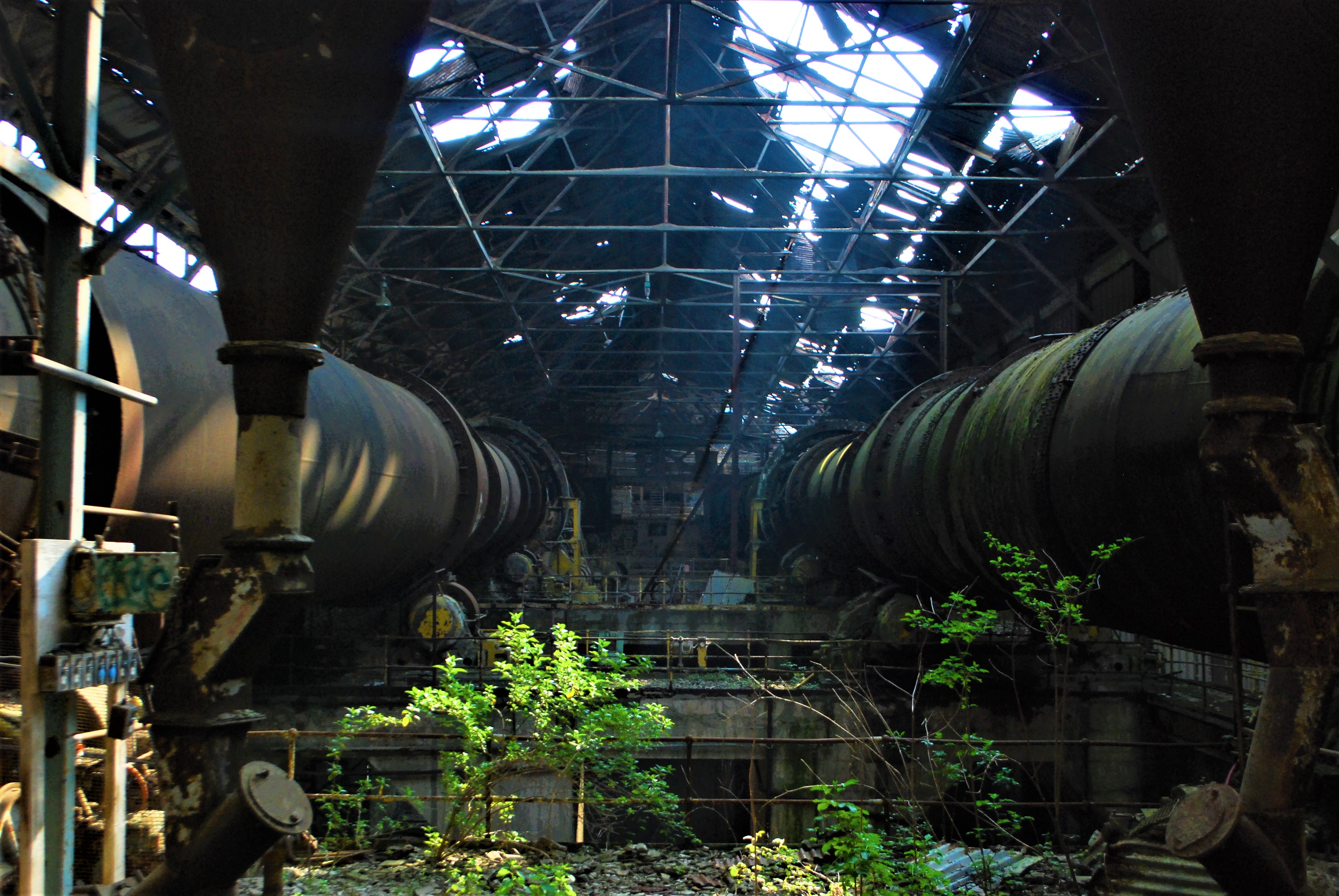
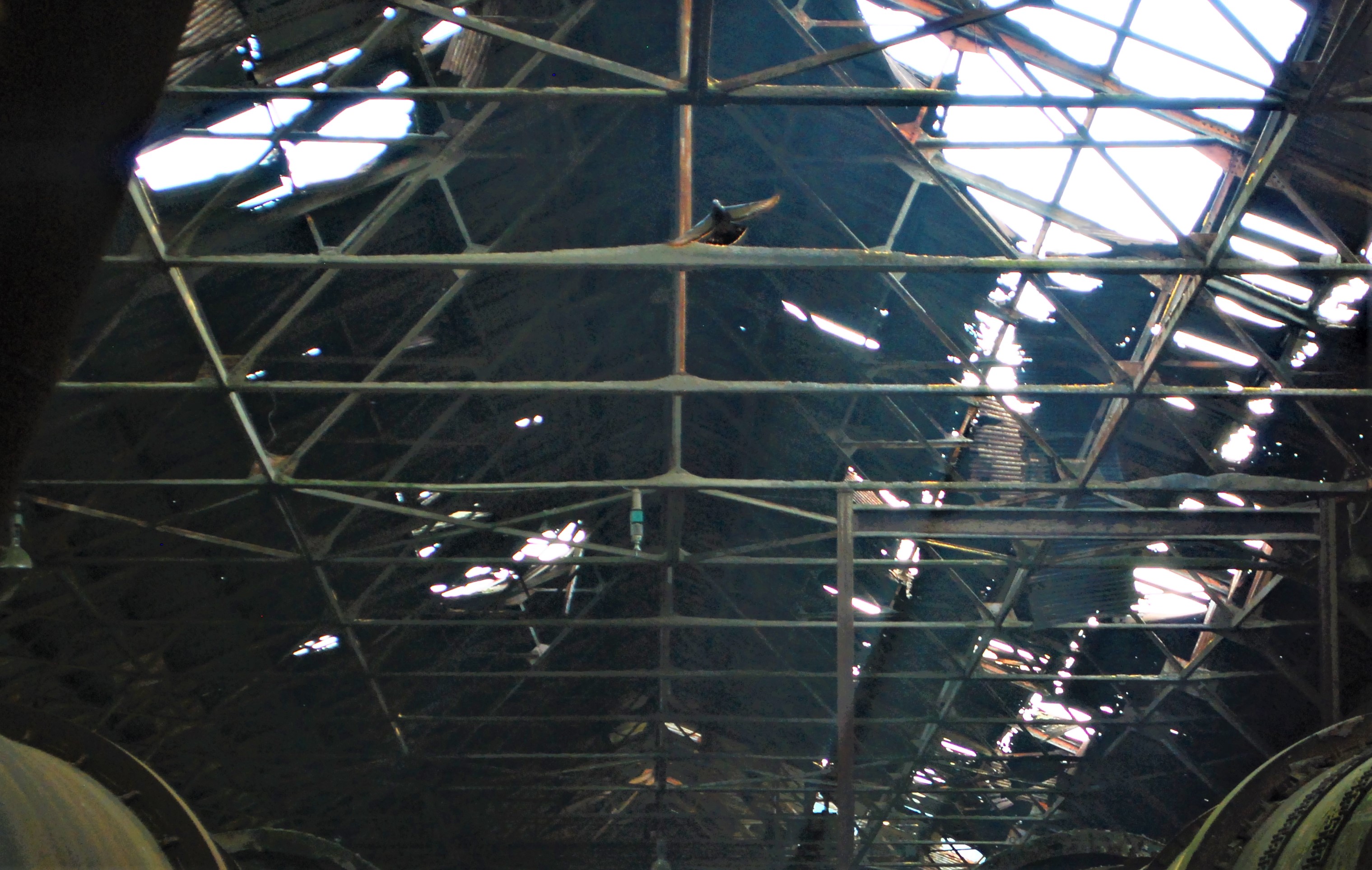
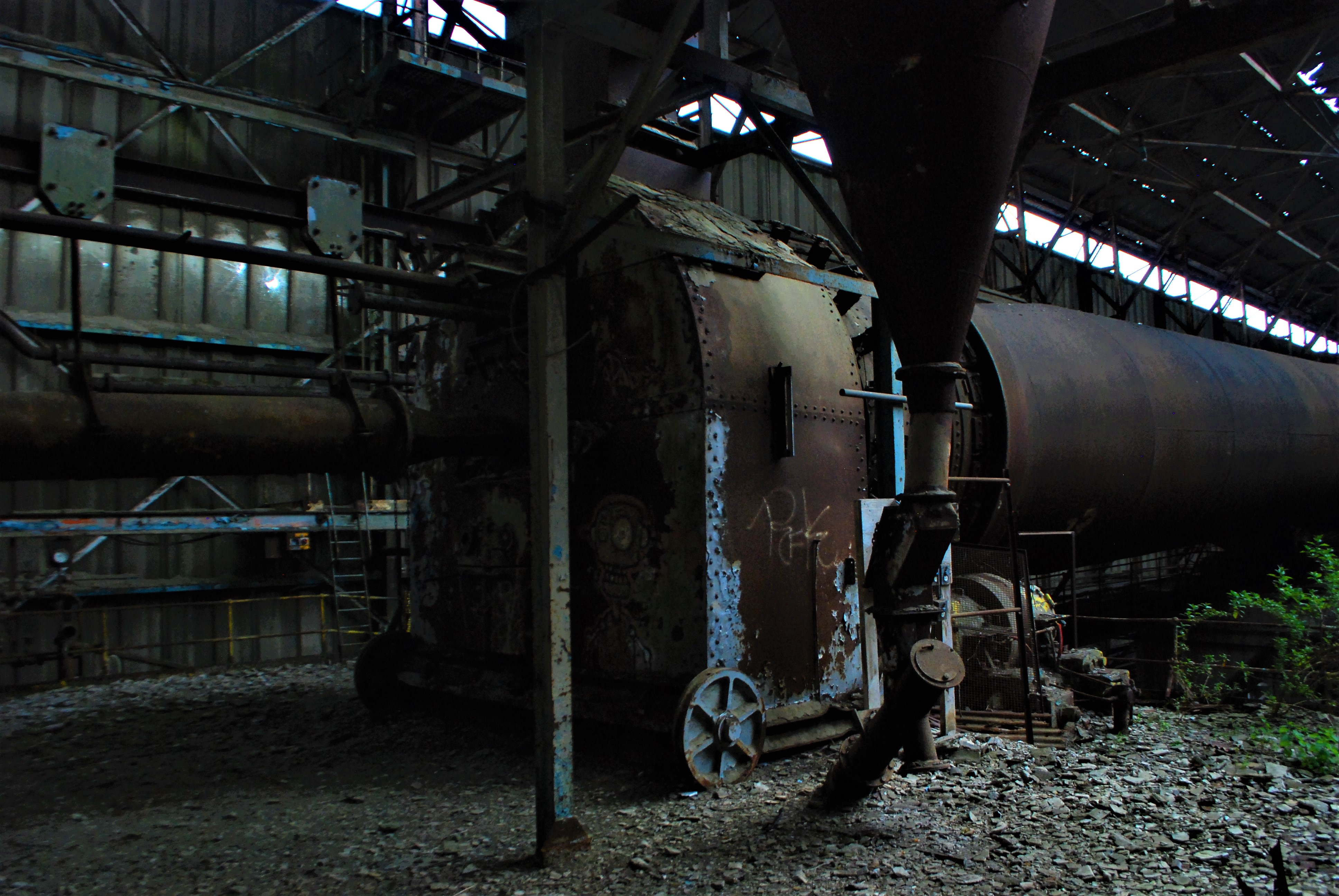
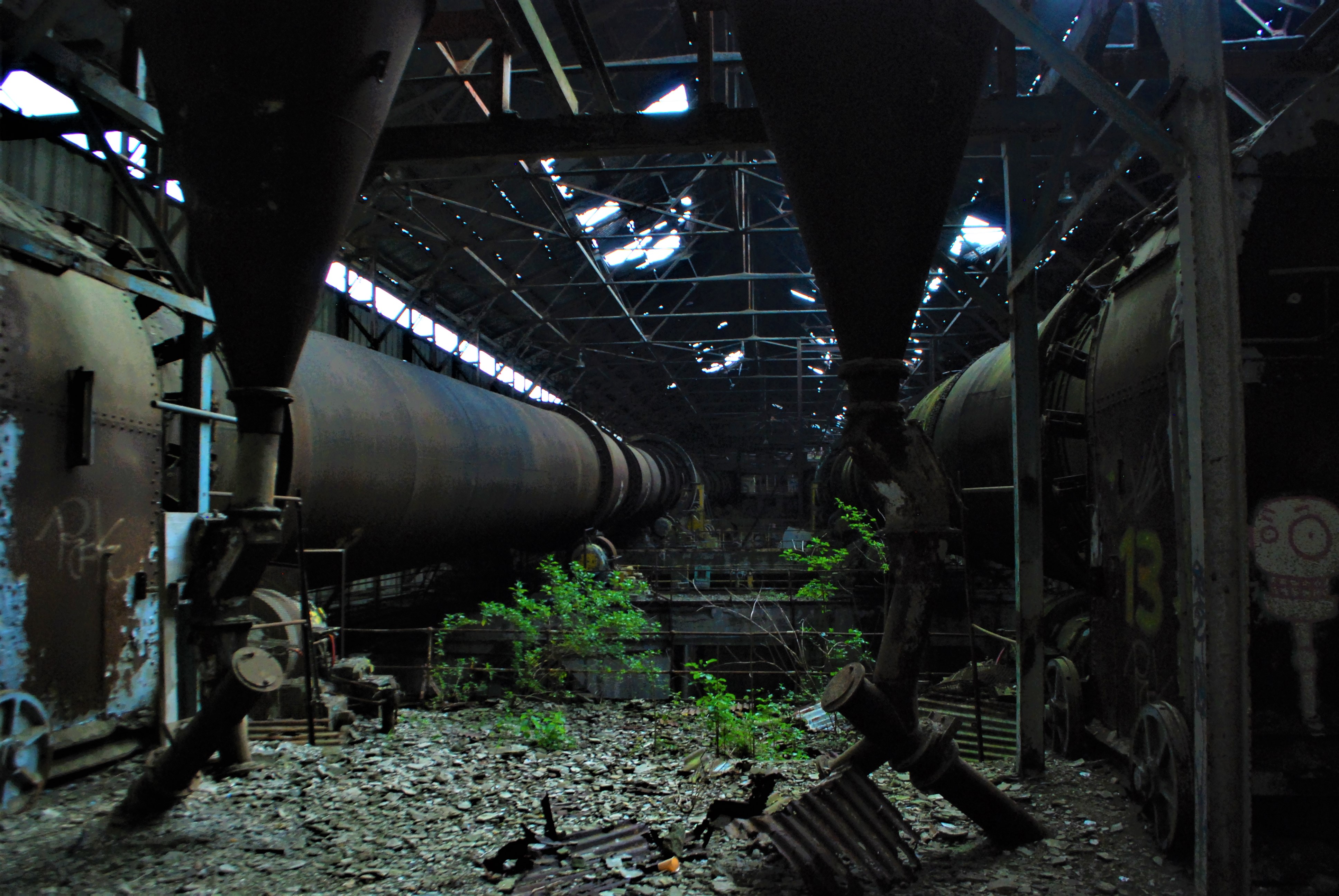
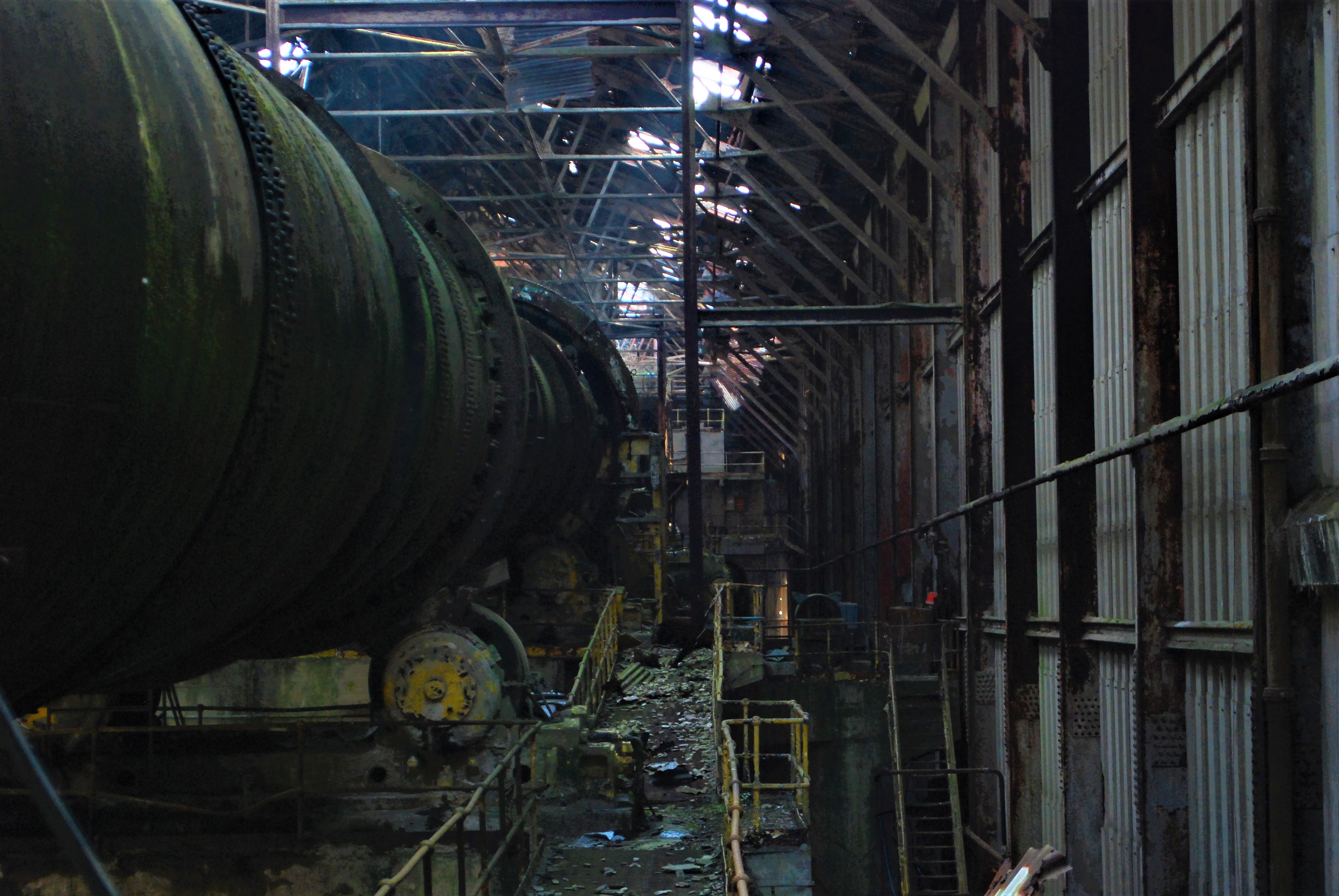

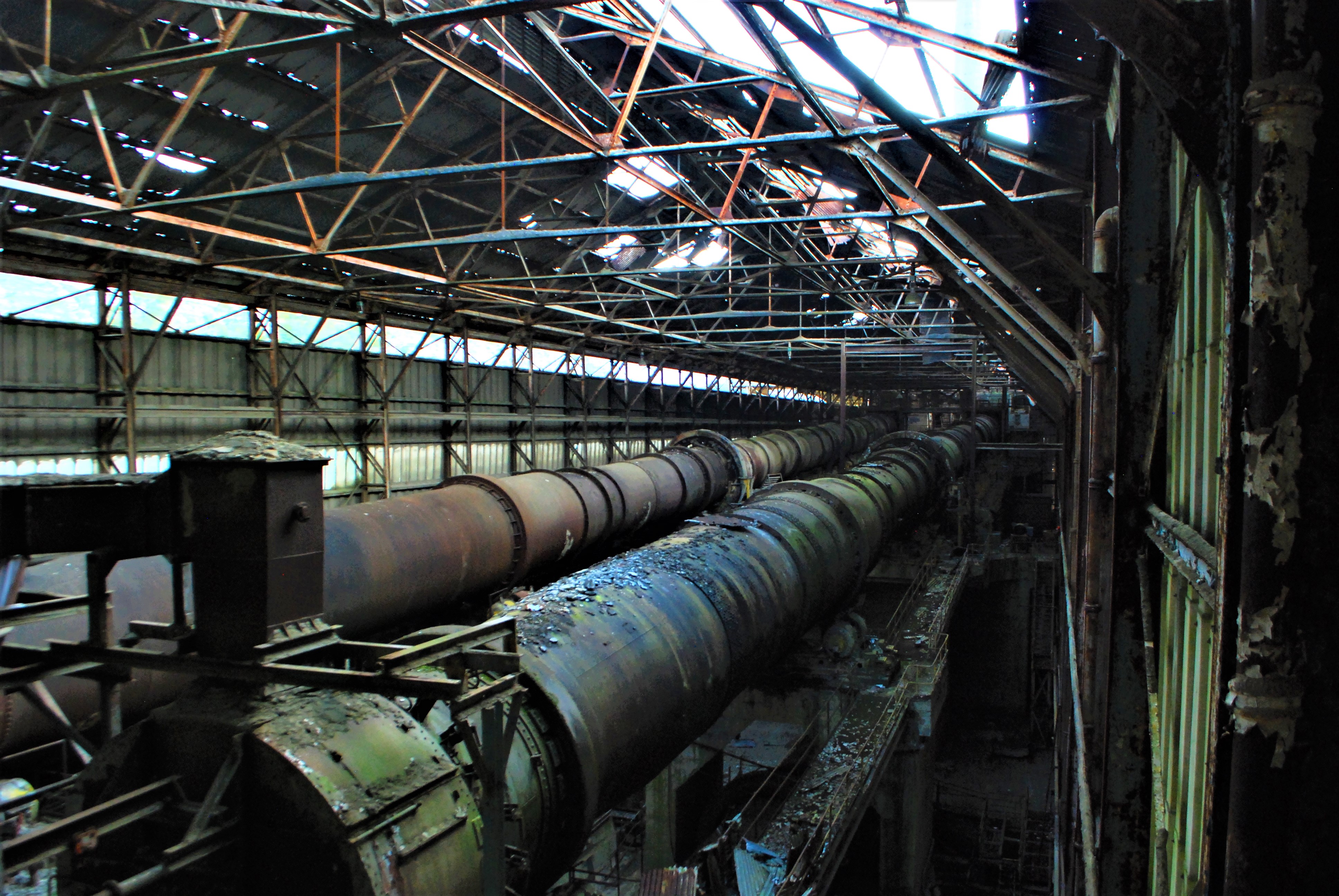

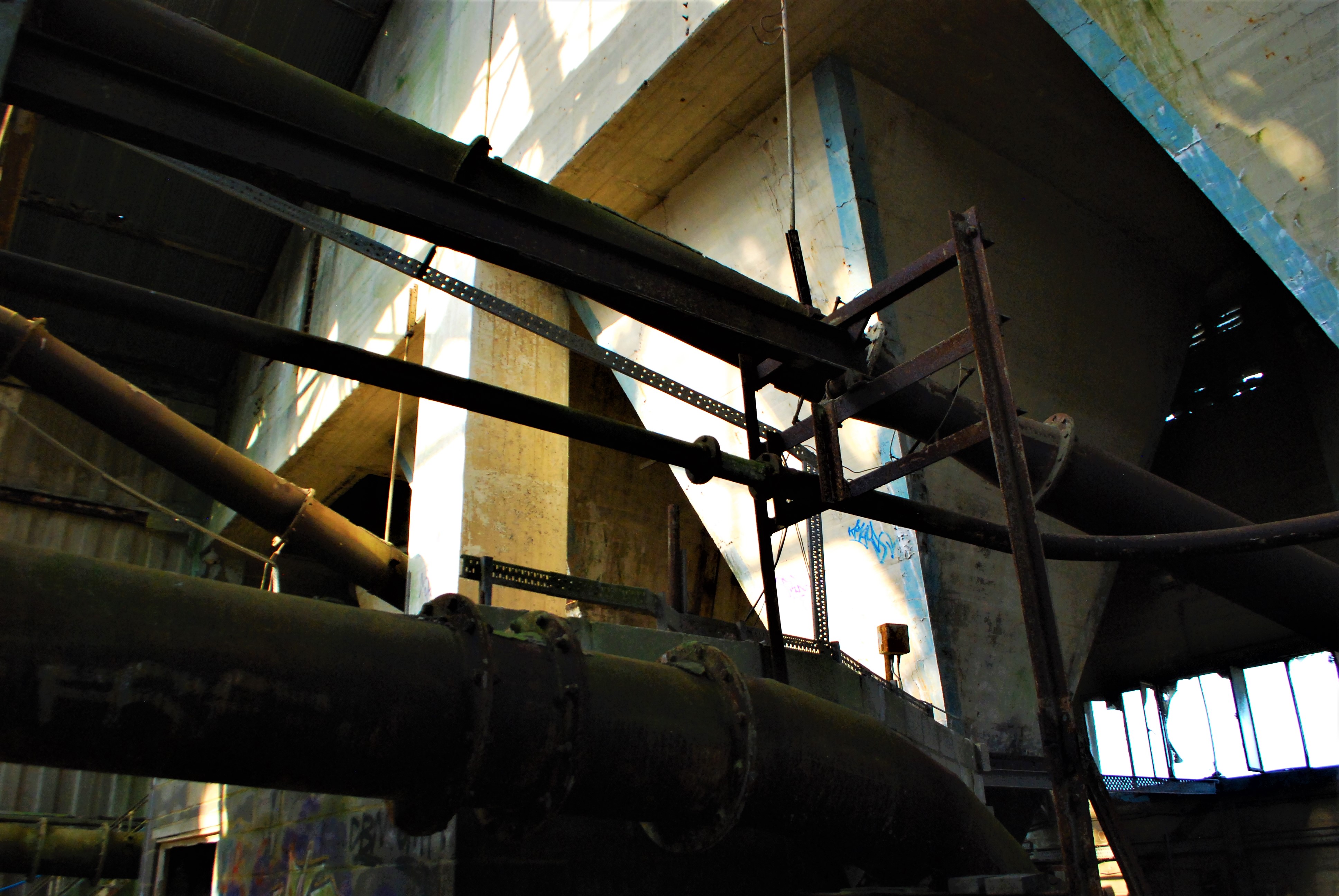
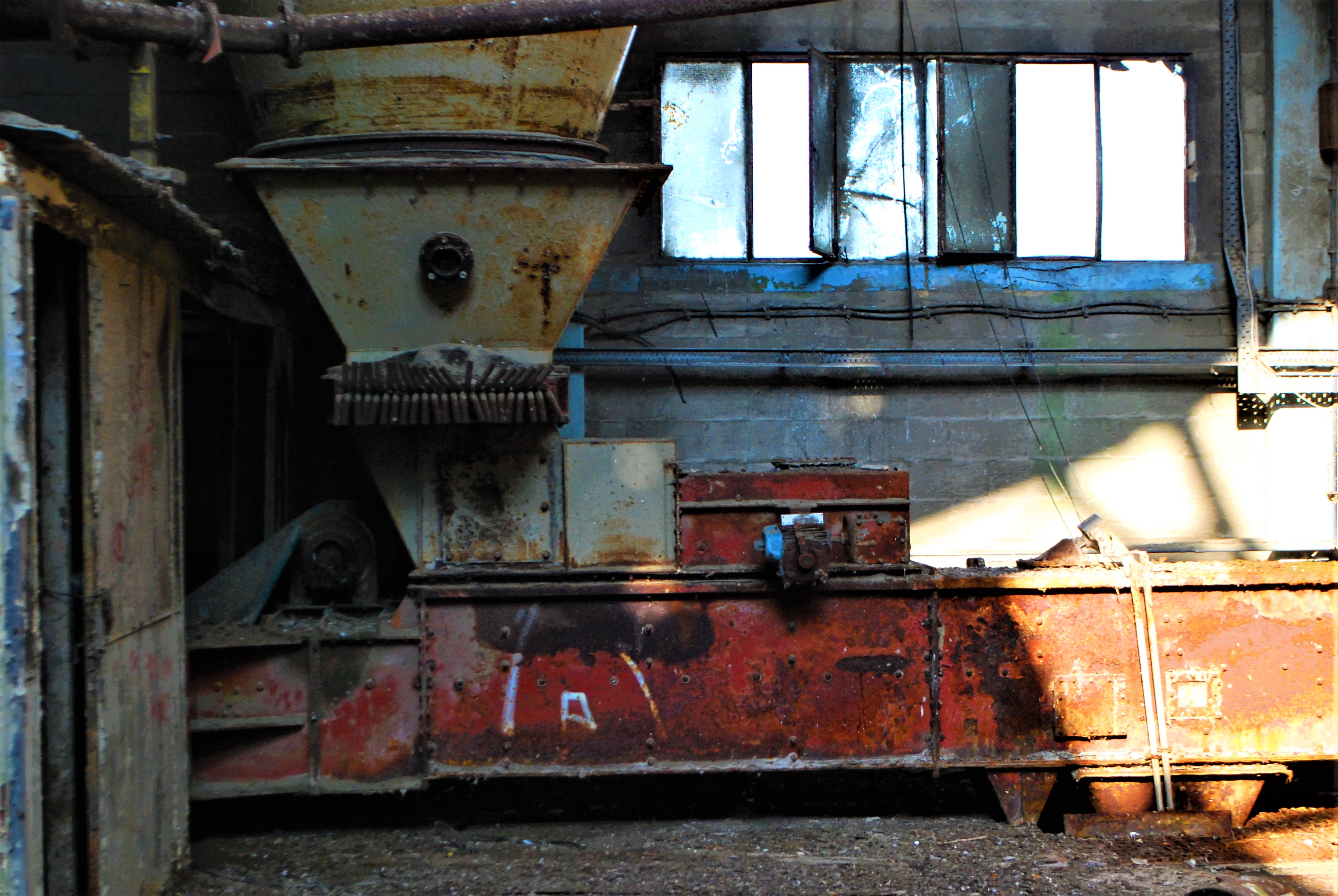

Precipitator Bay

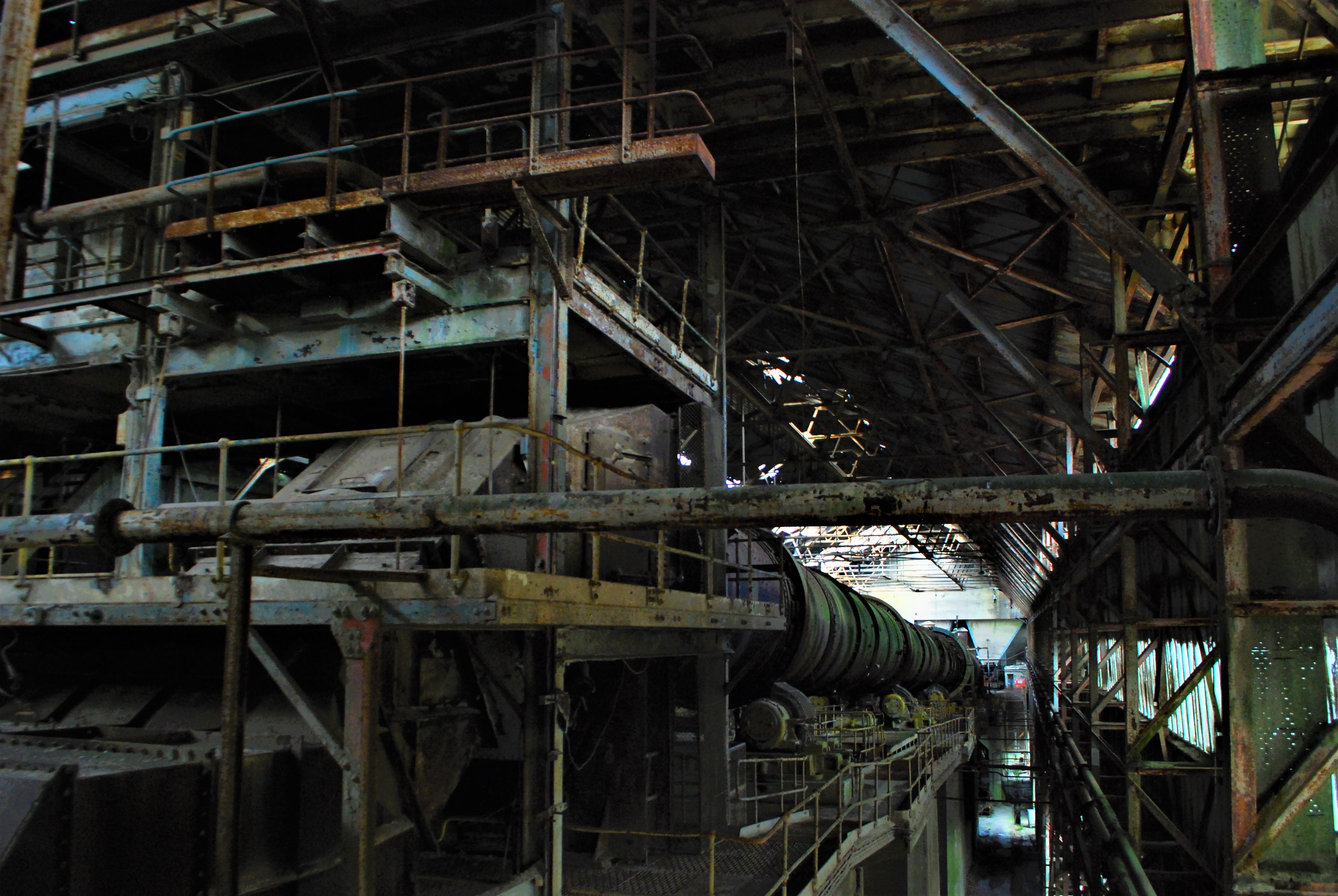


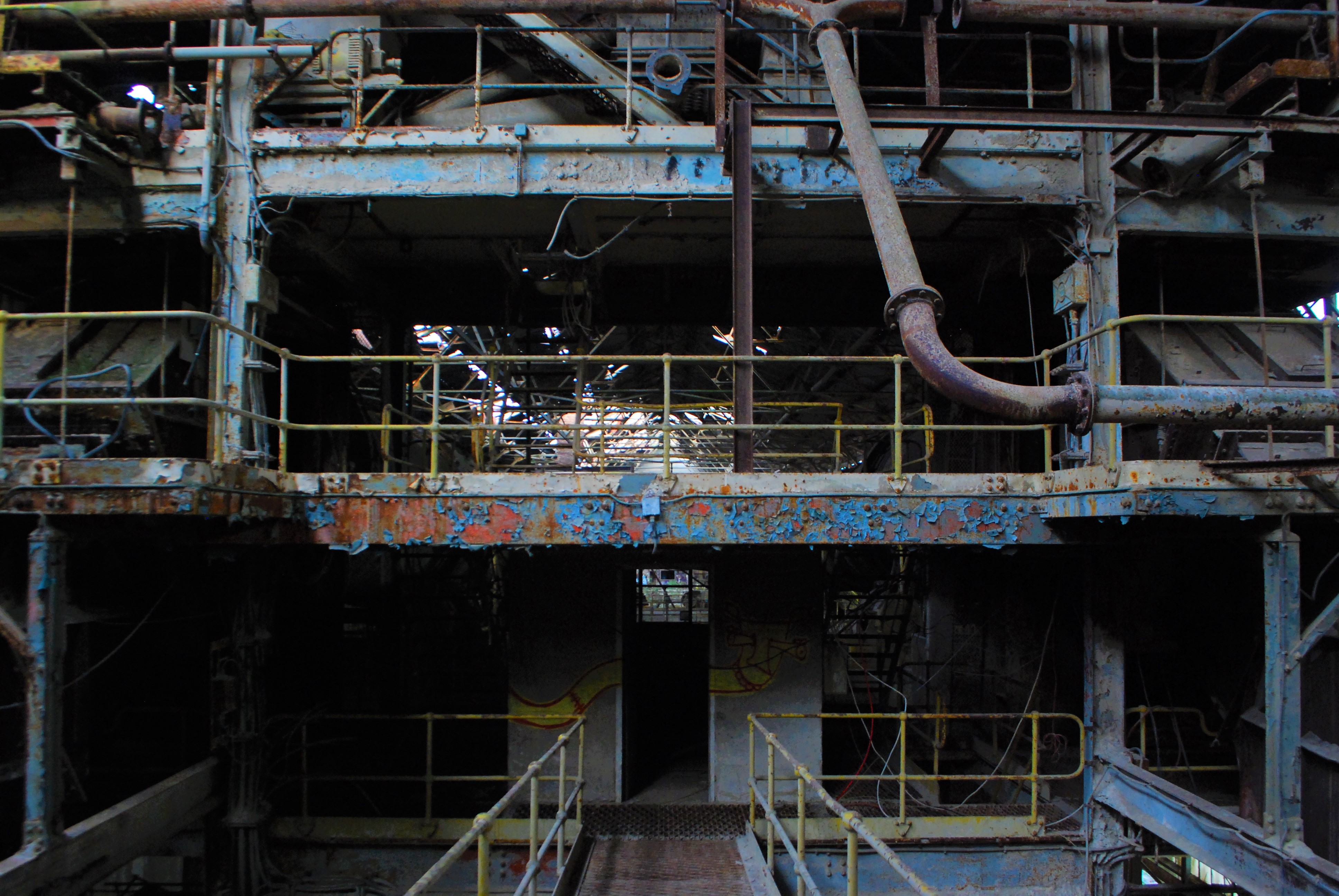
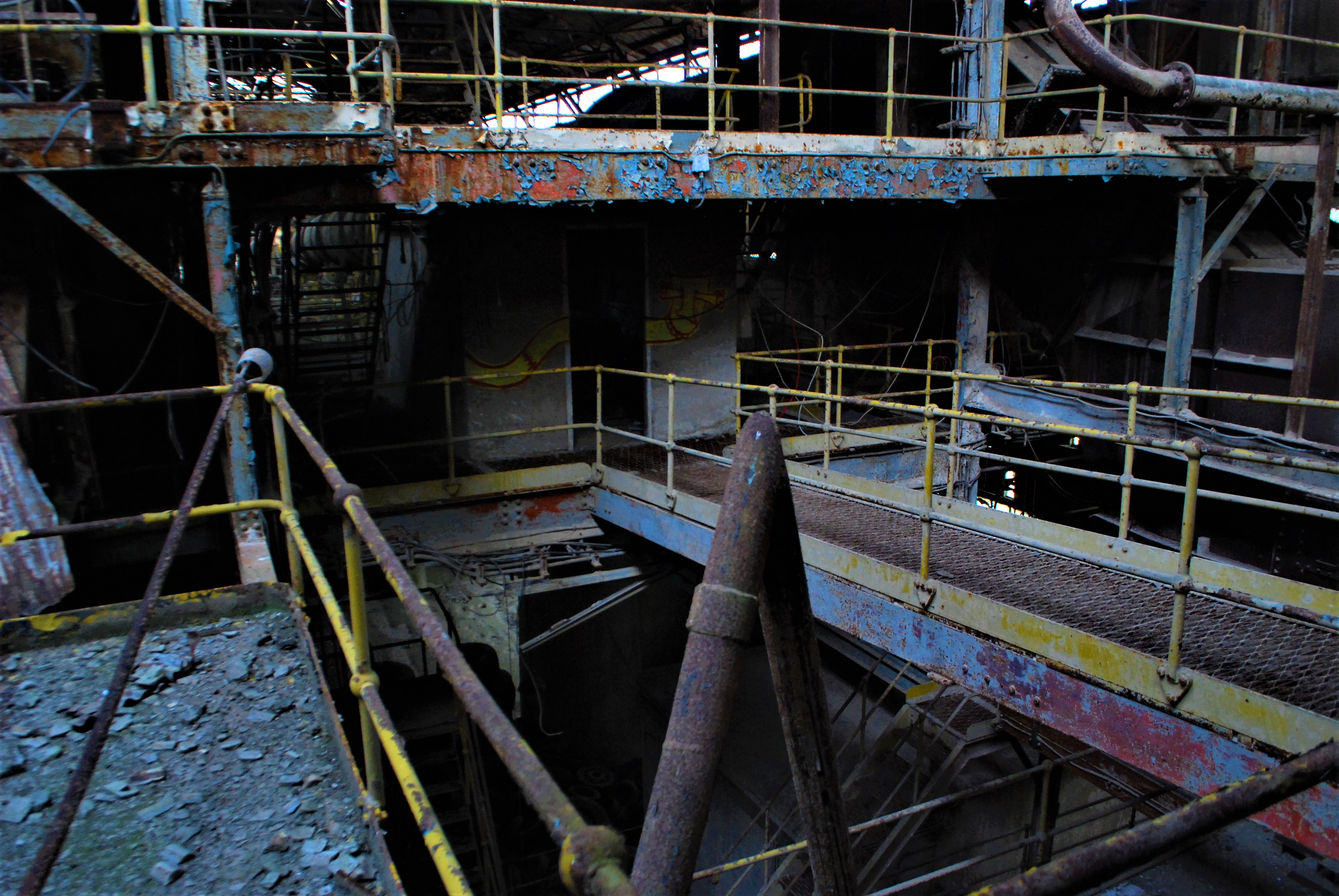
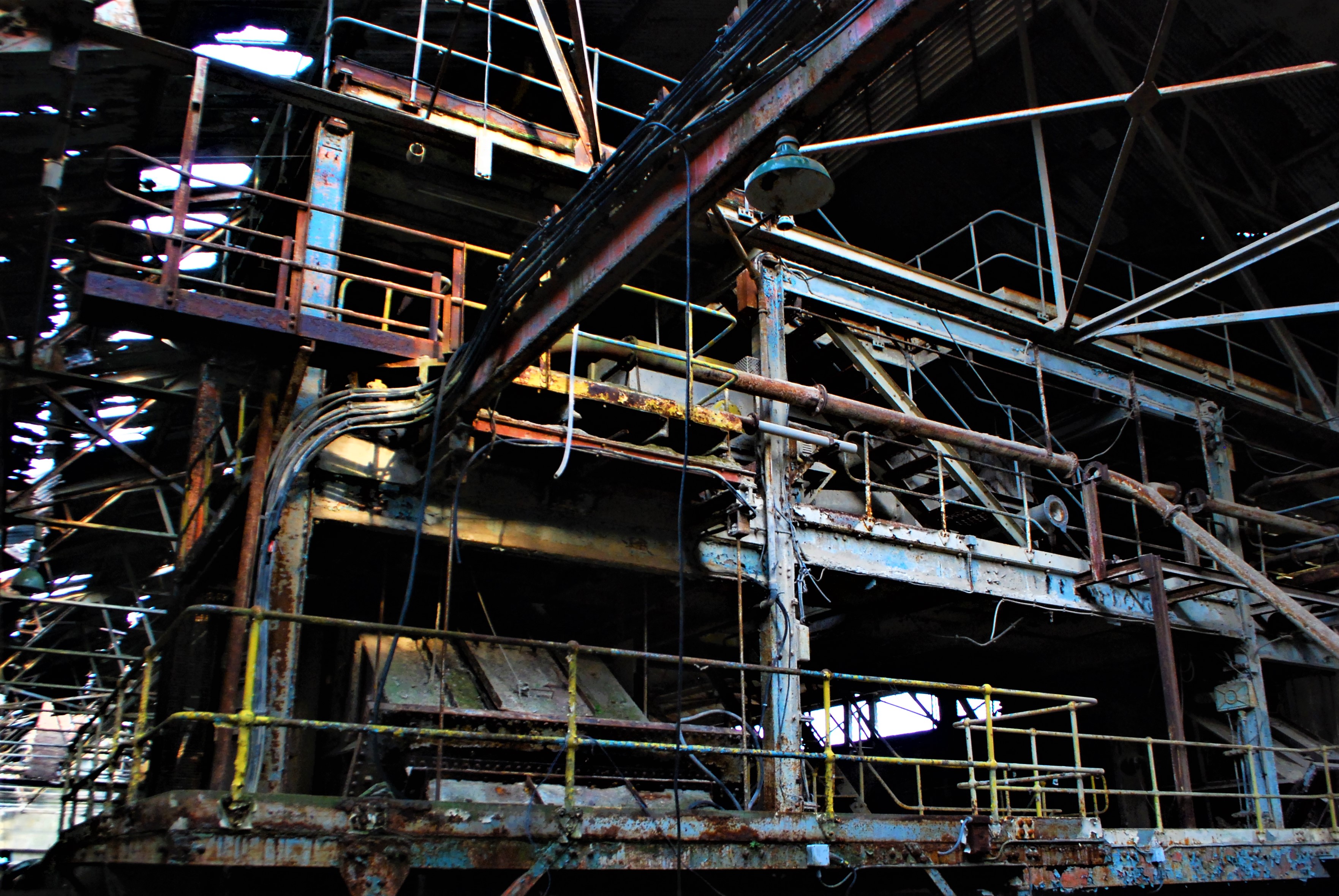
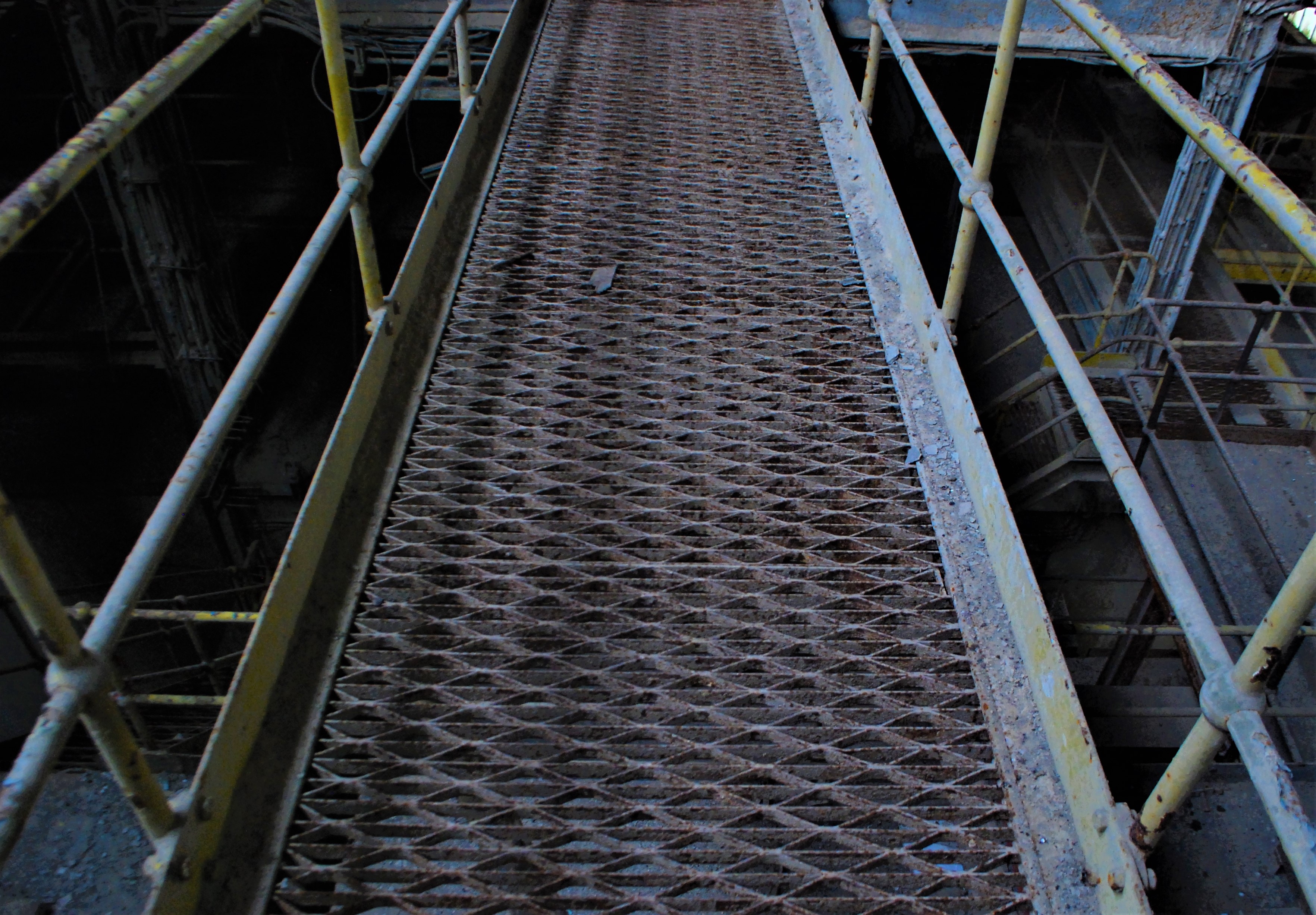
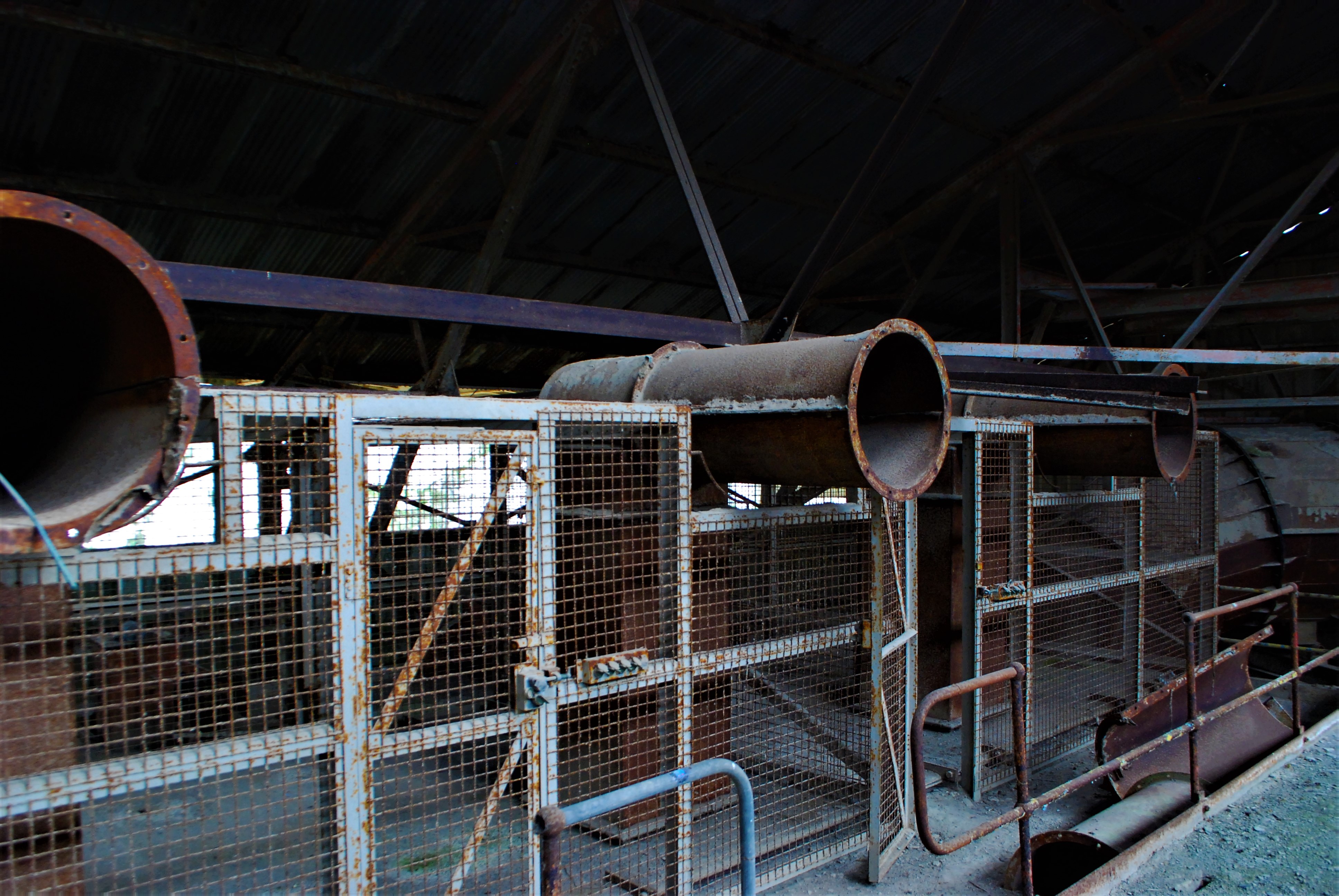
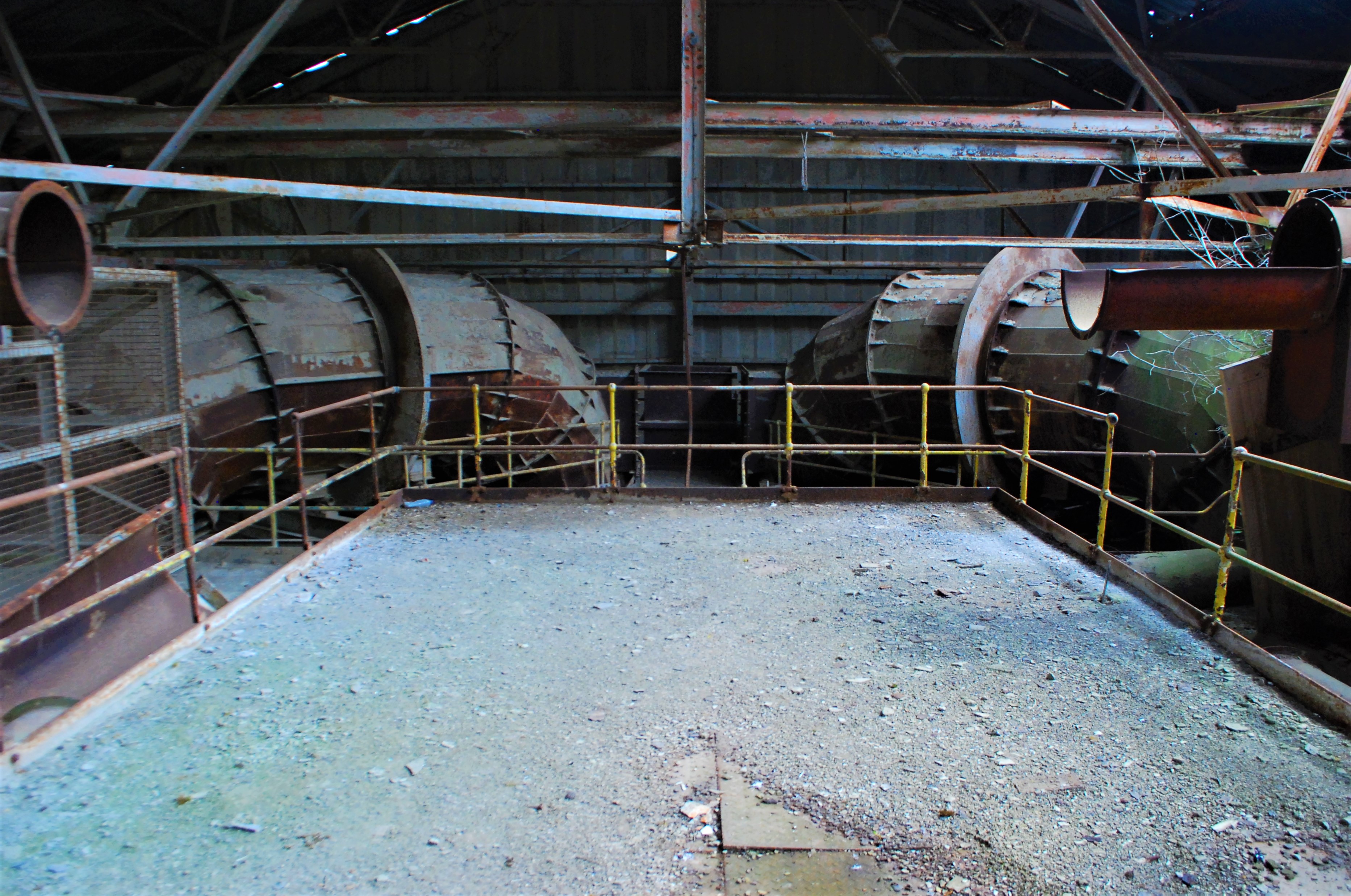
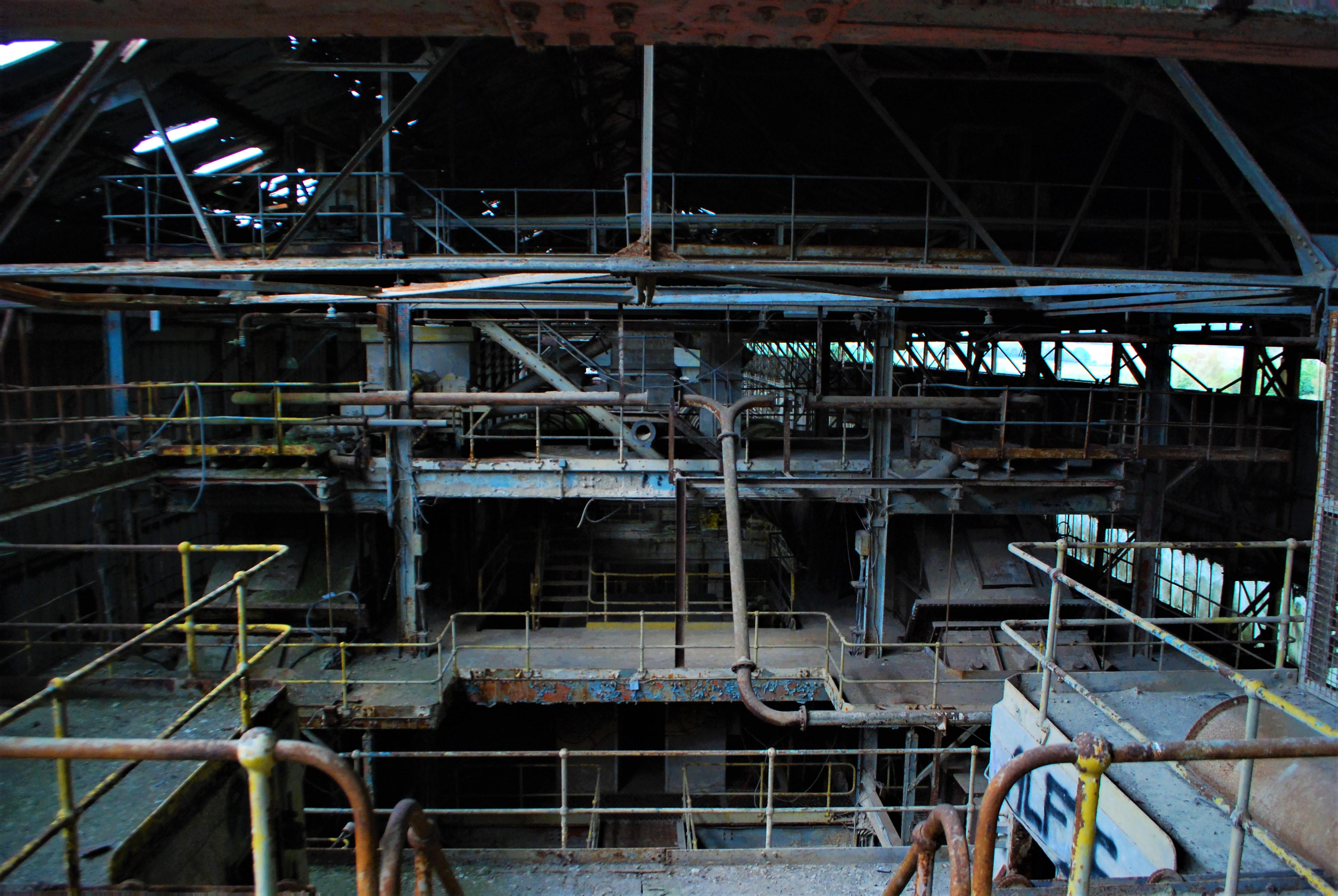
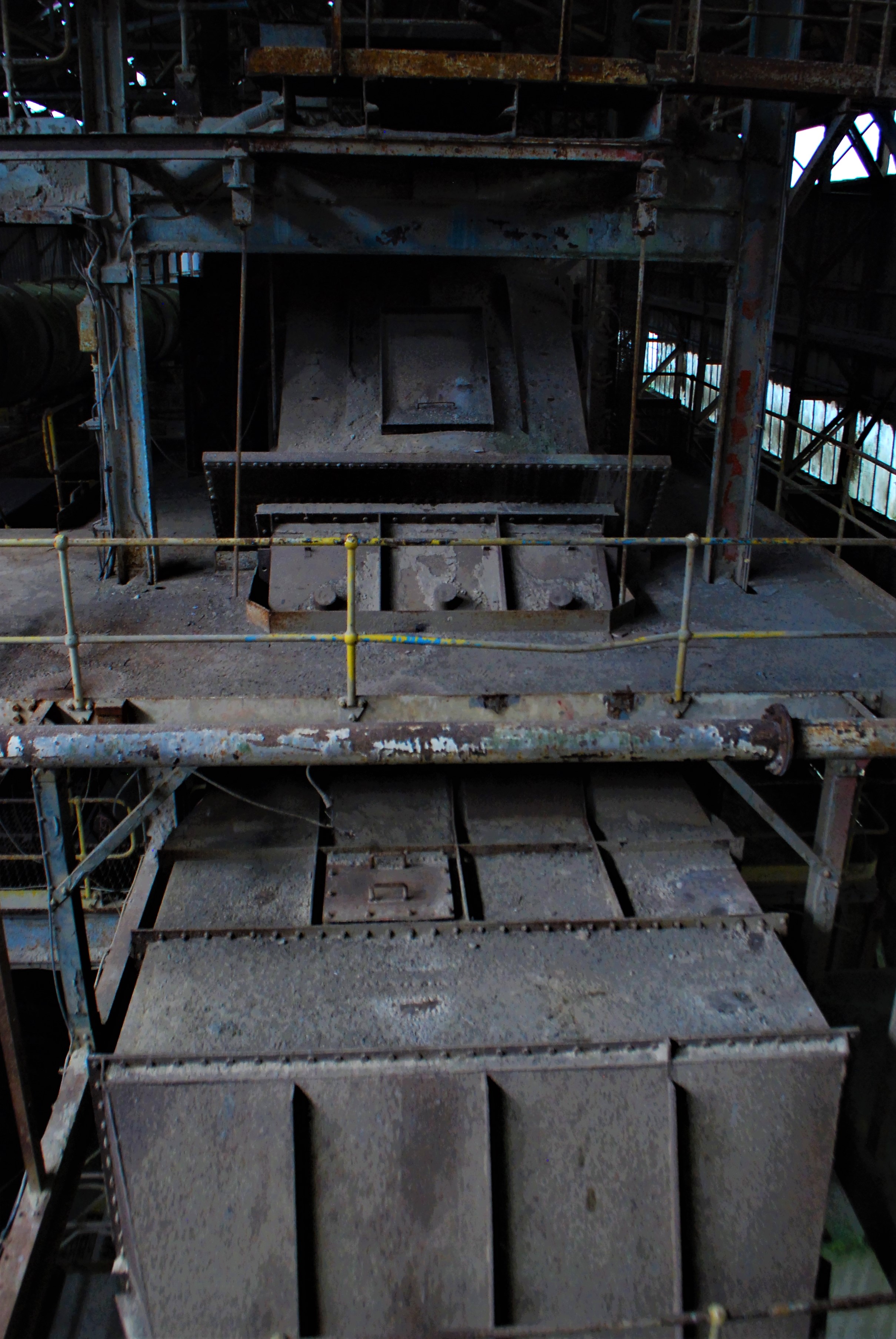
Control Room
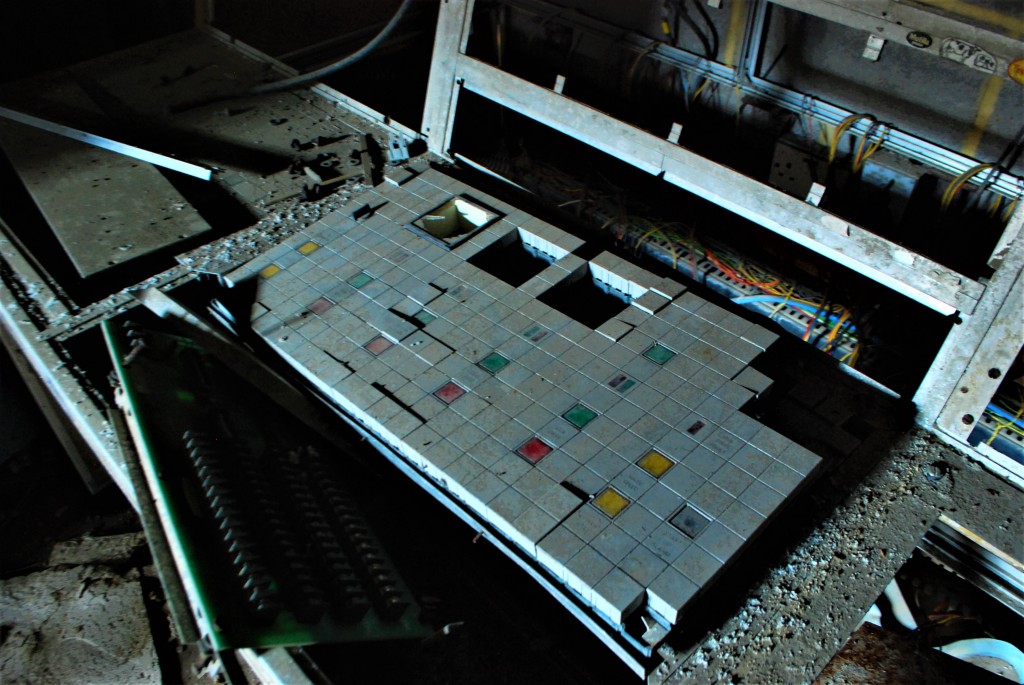

Clinker Sheds
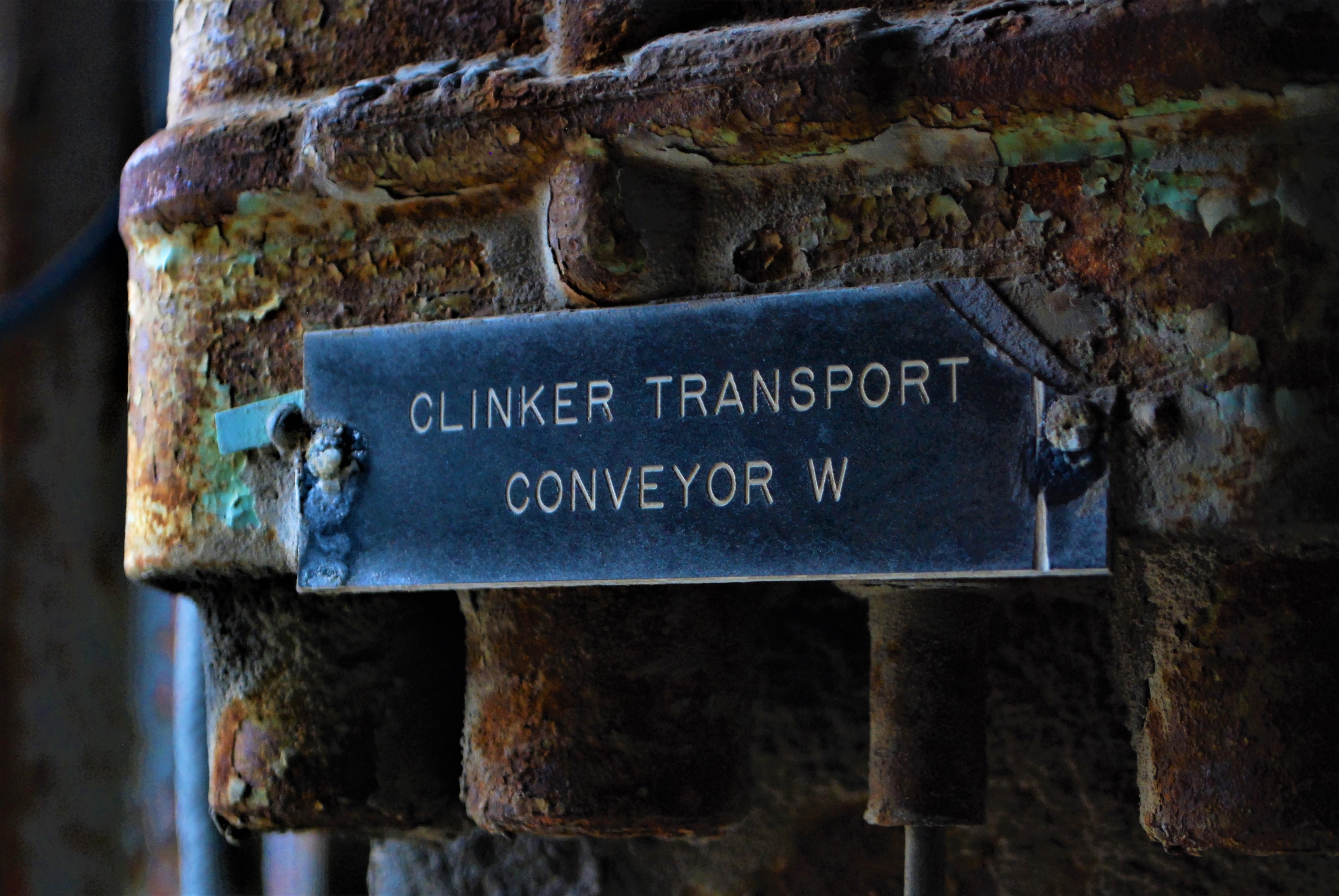

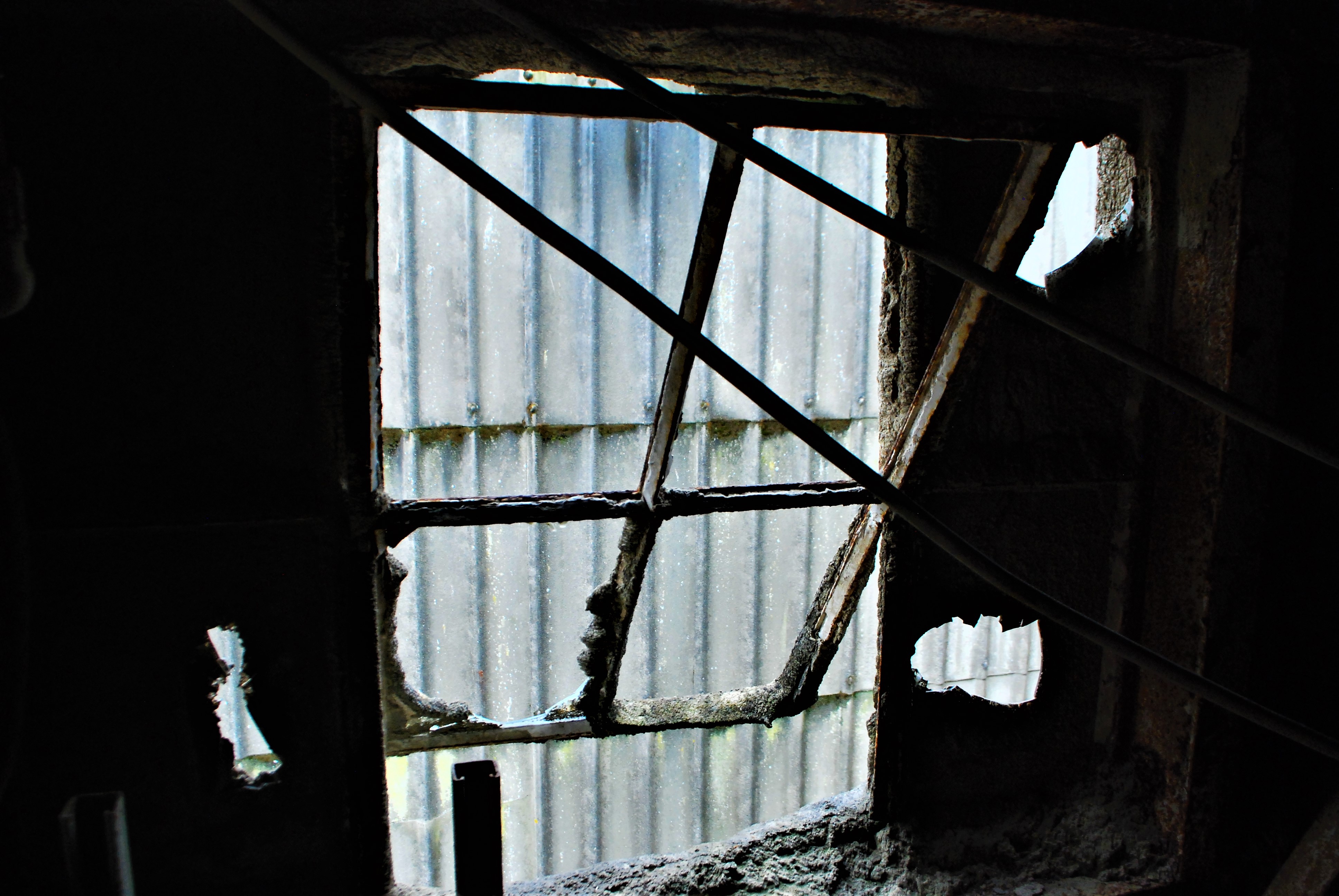
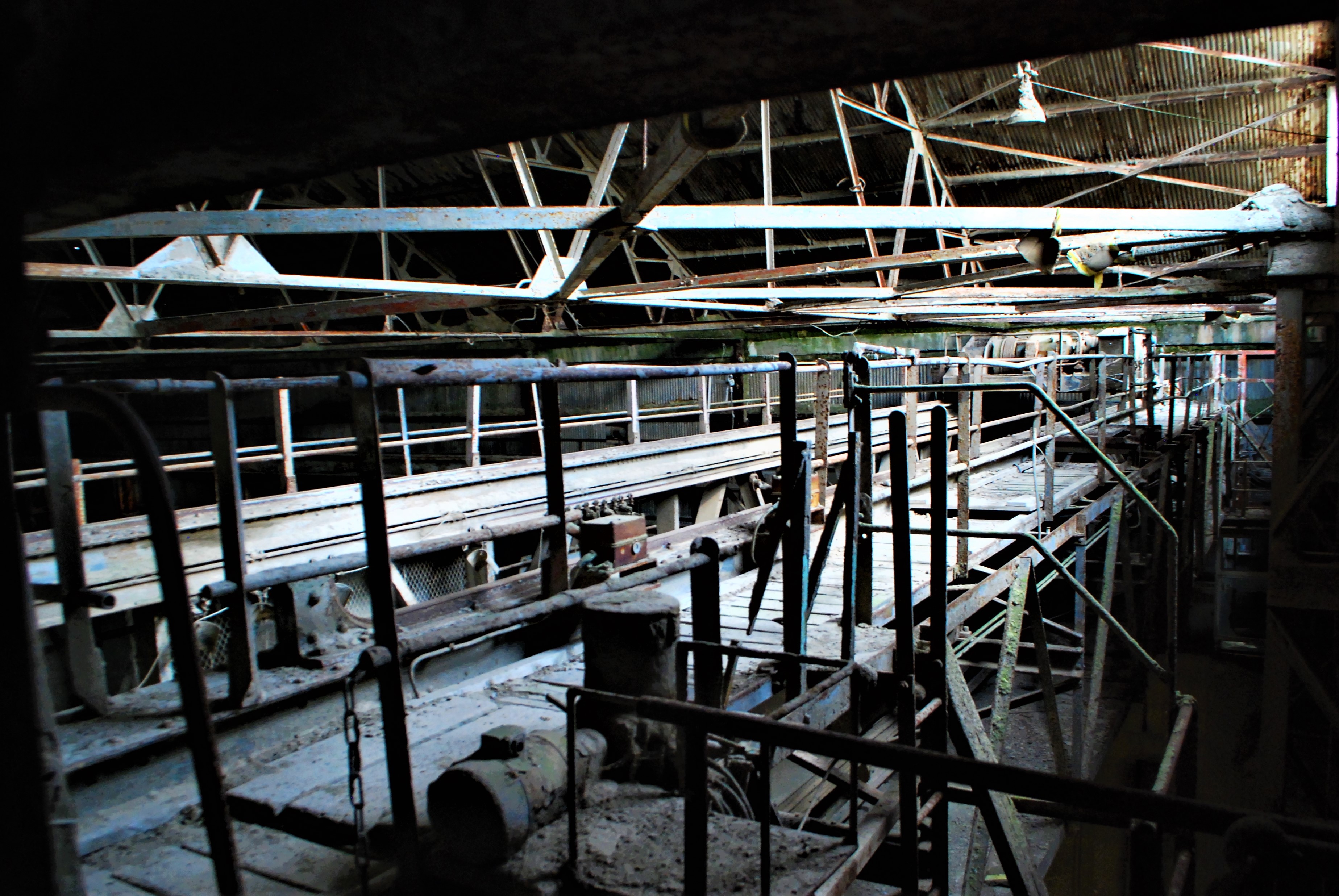
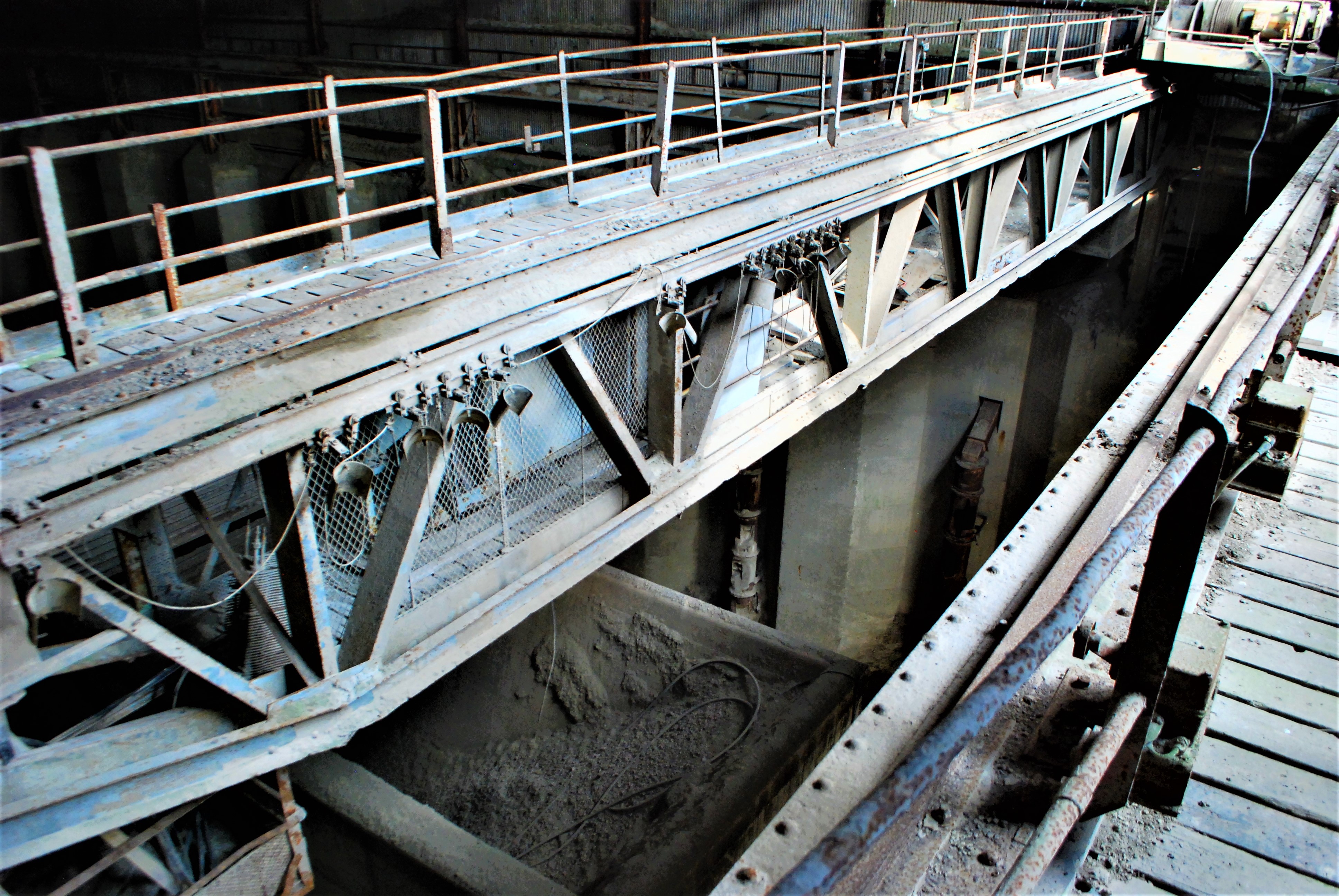
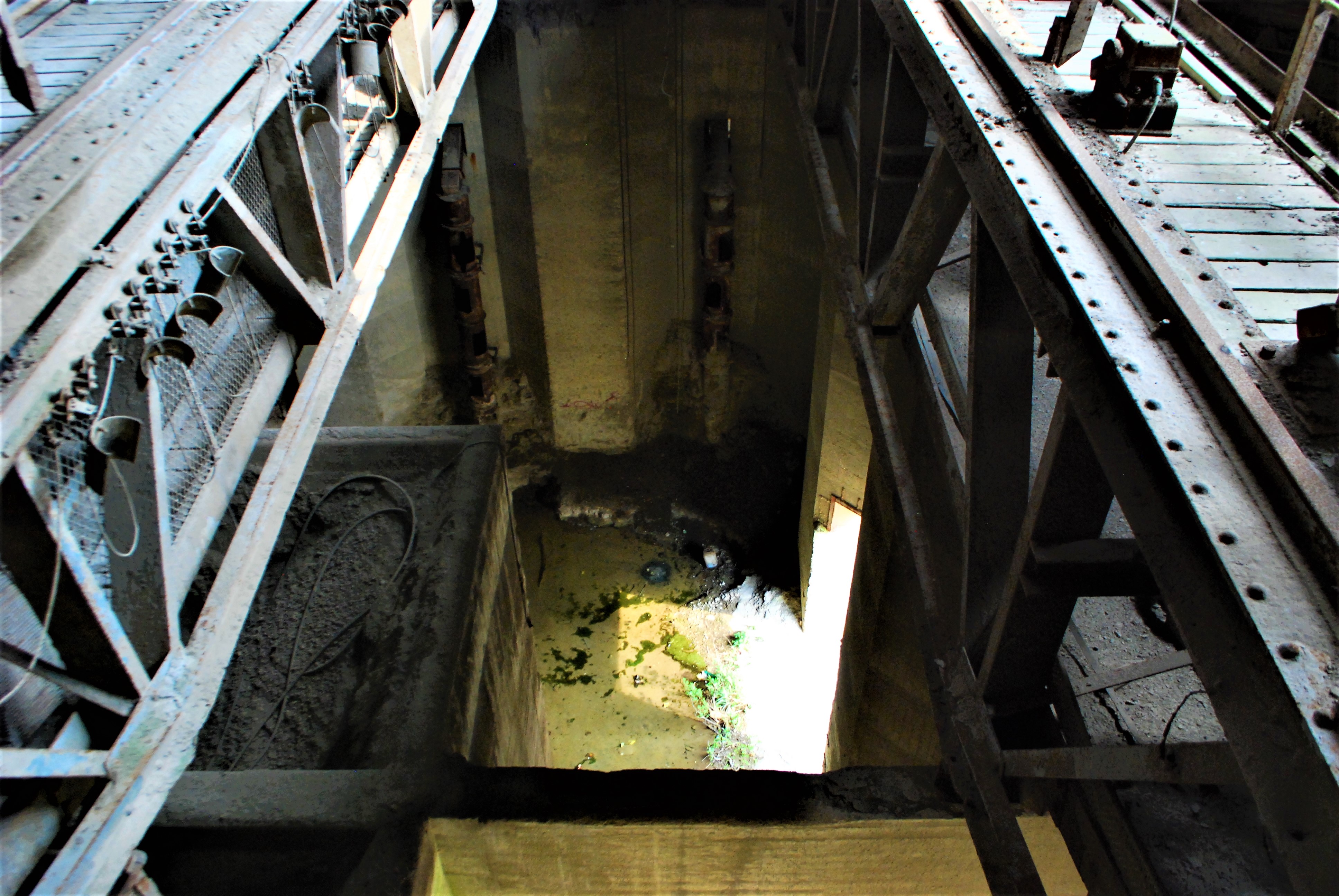
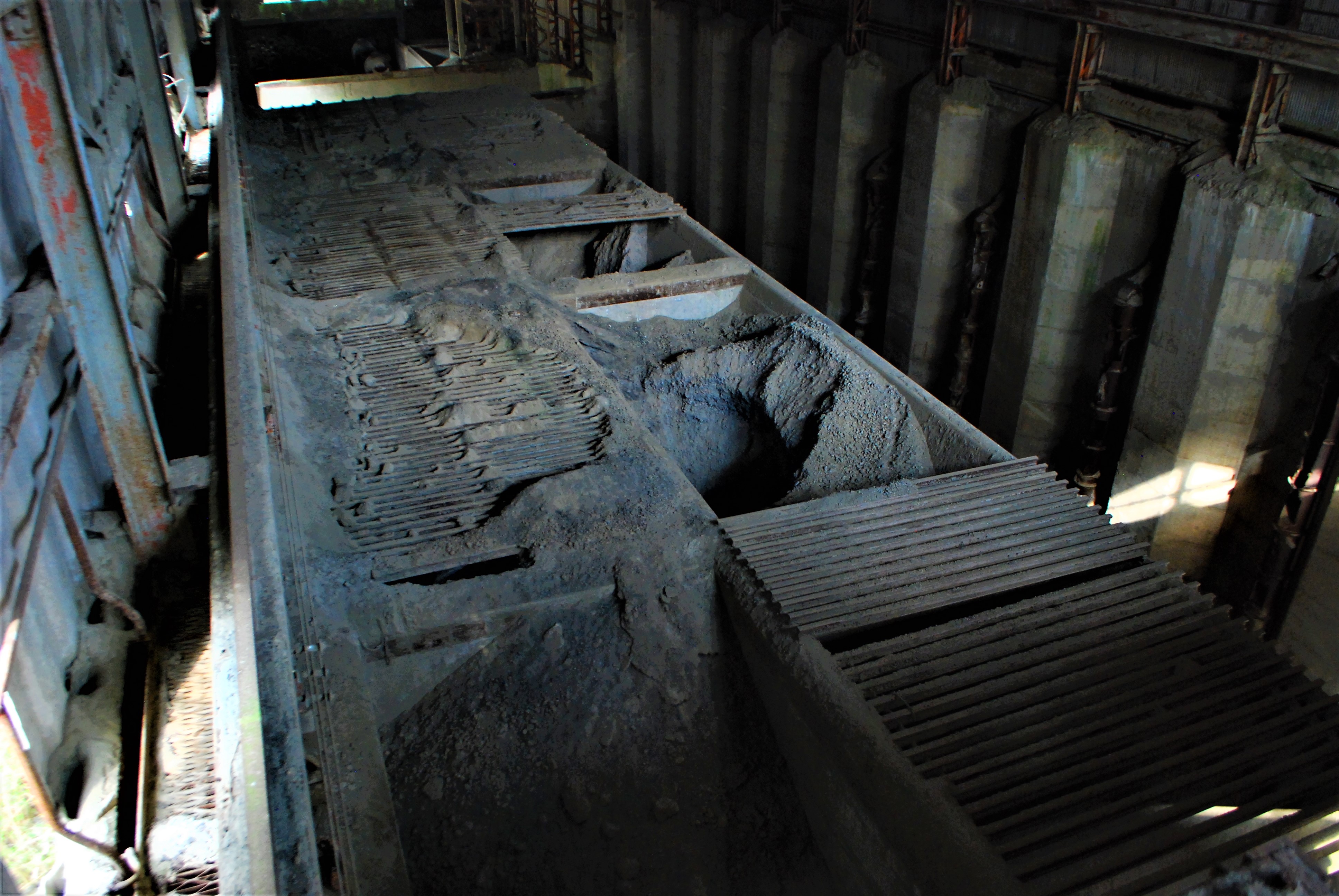

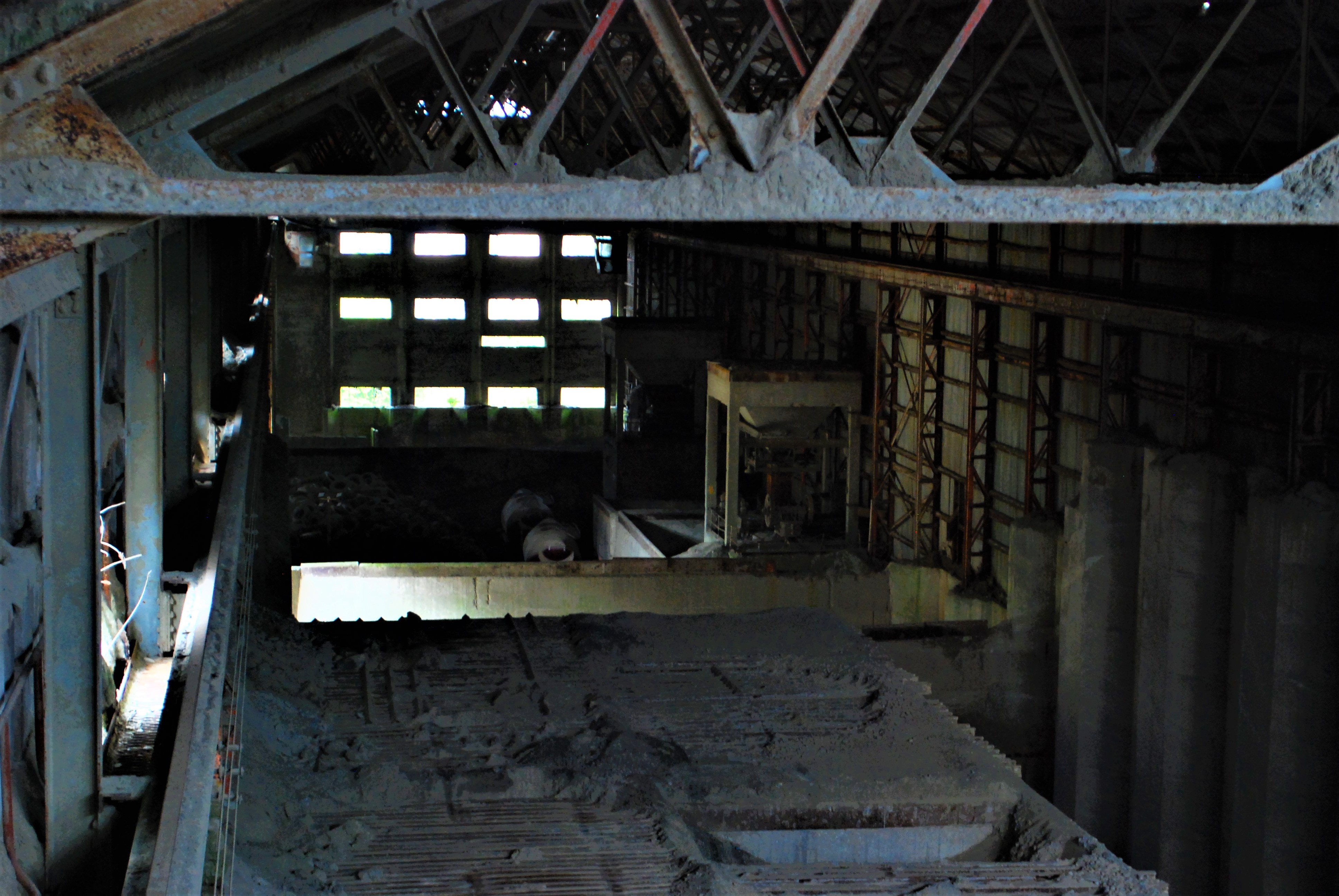
Mill Hall

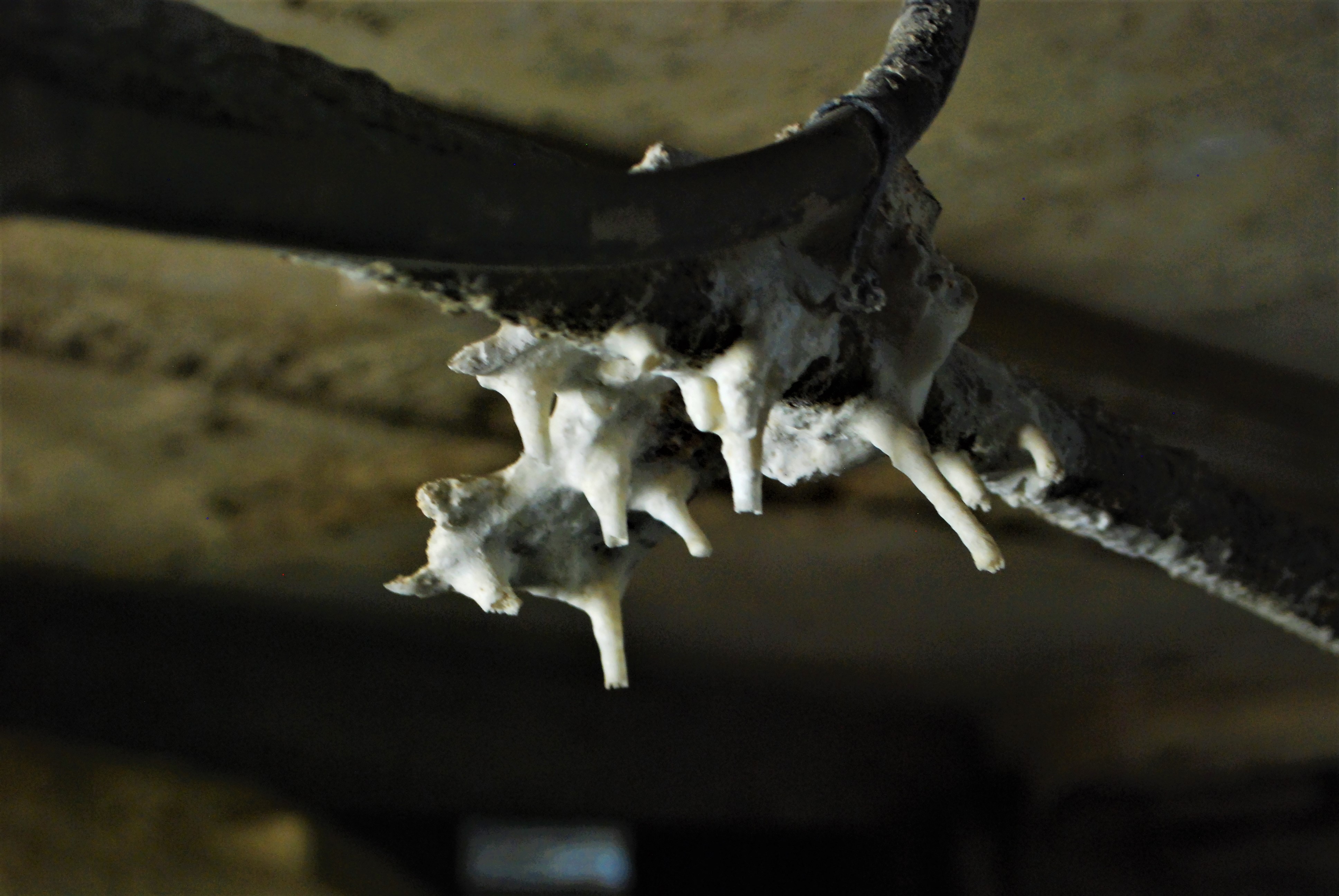

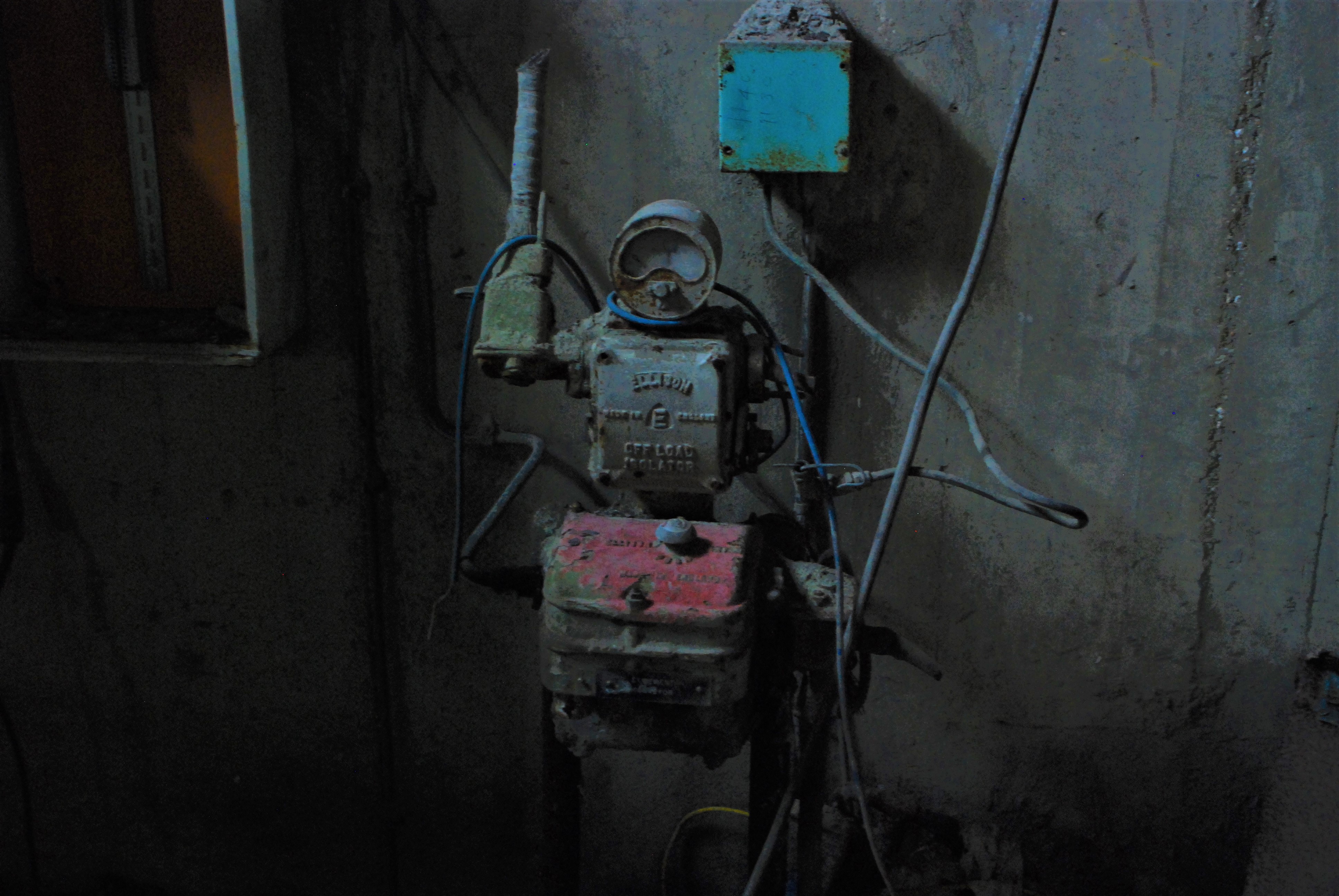
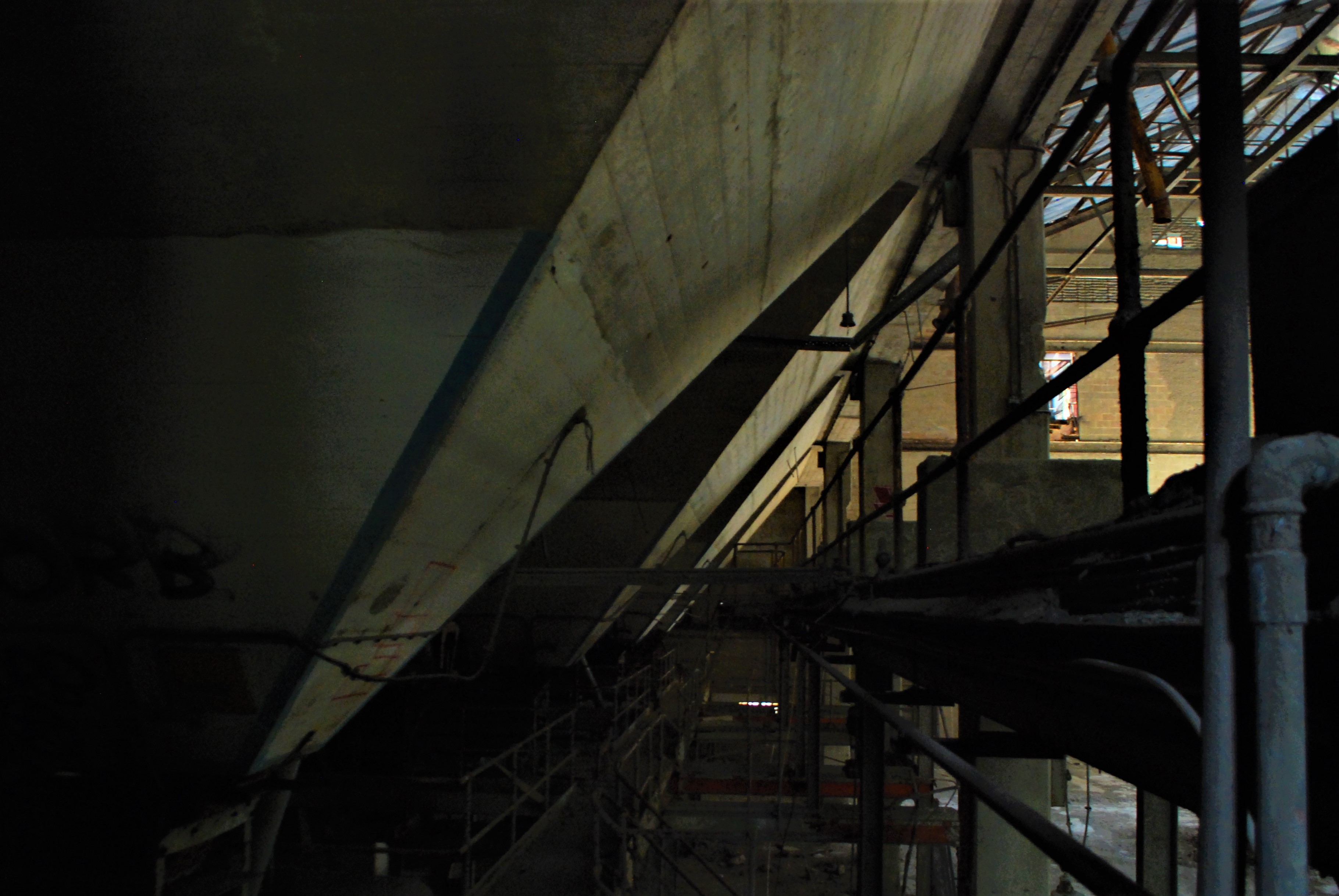
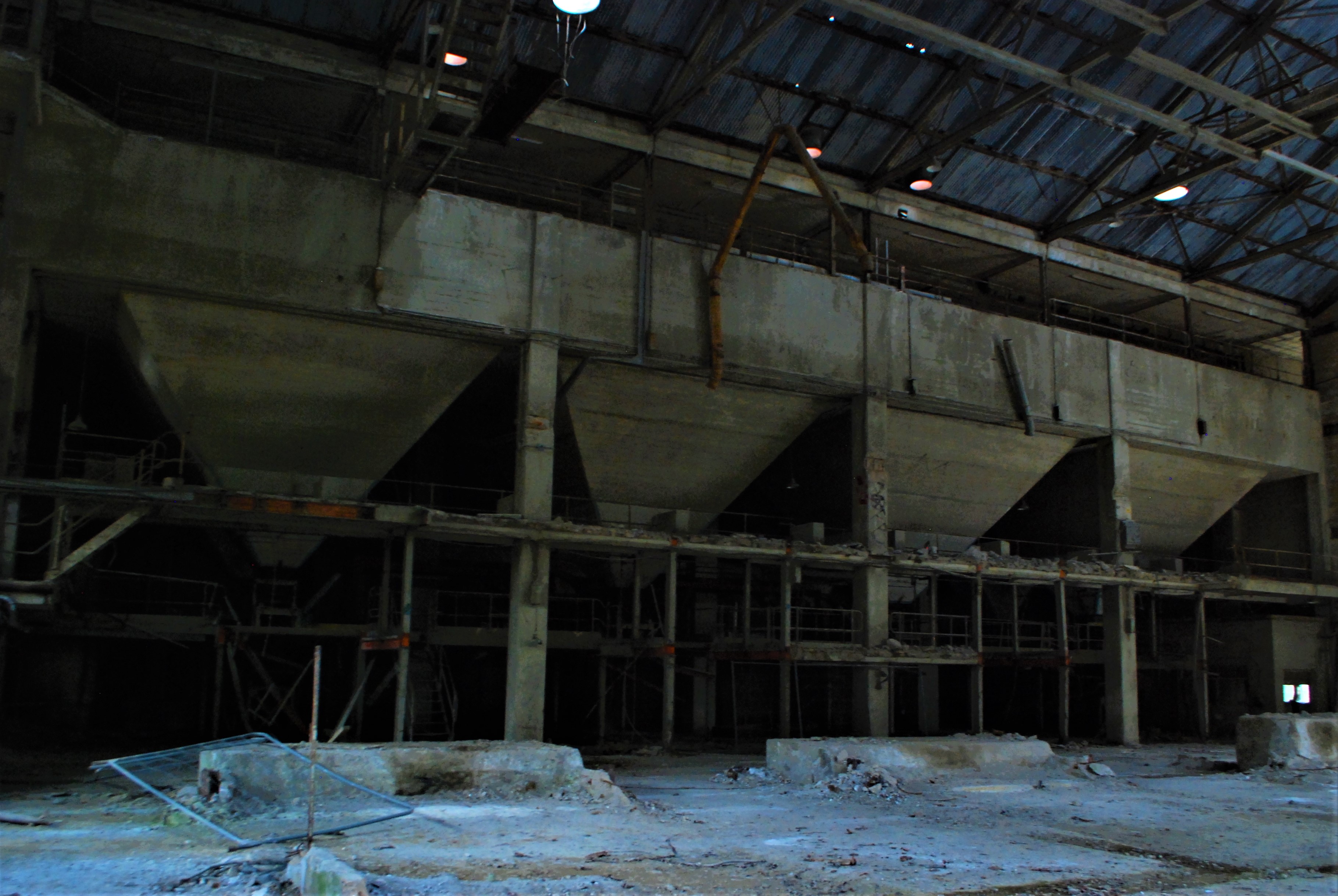
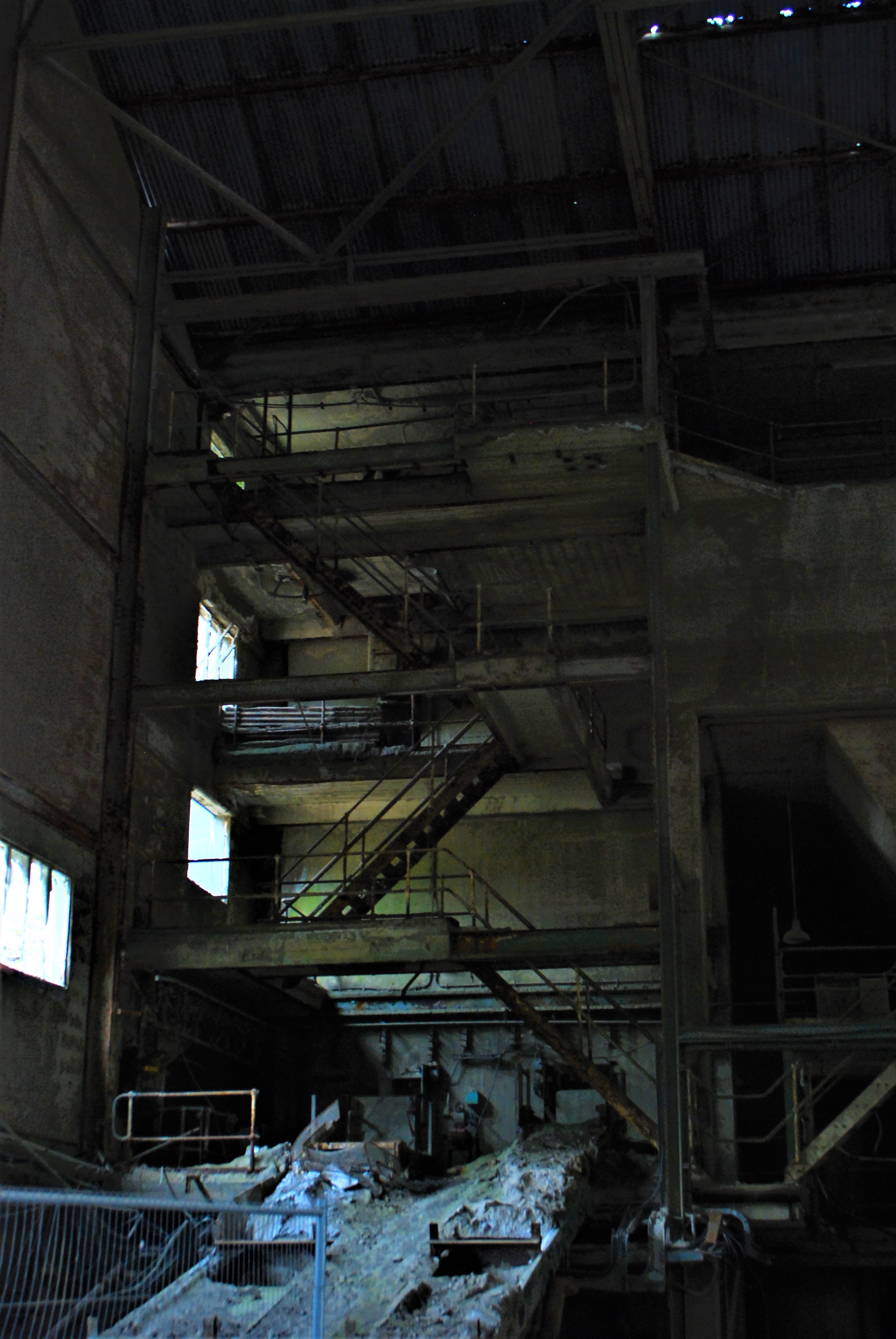
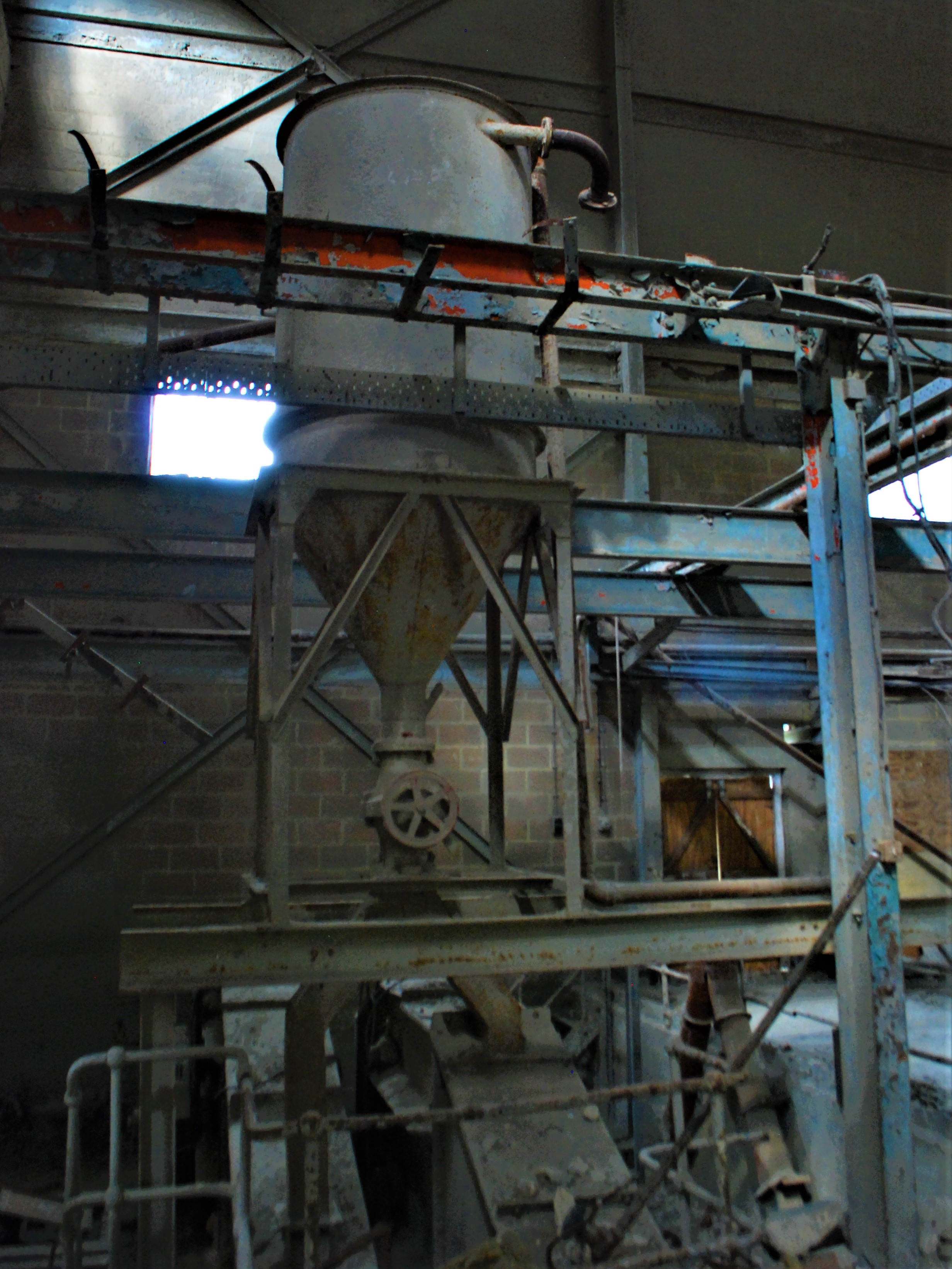
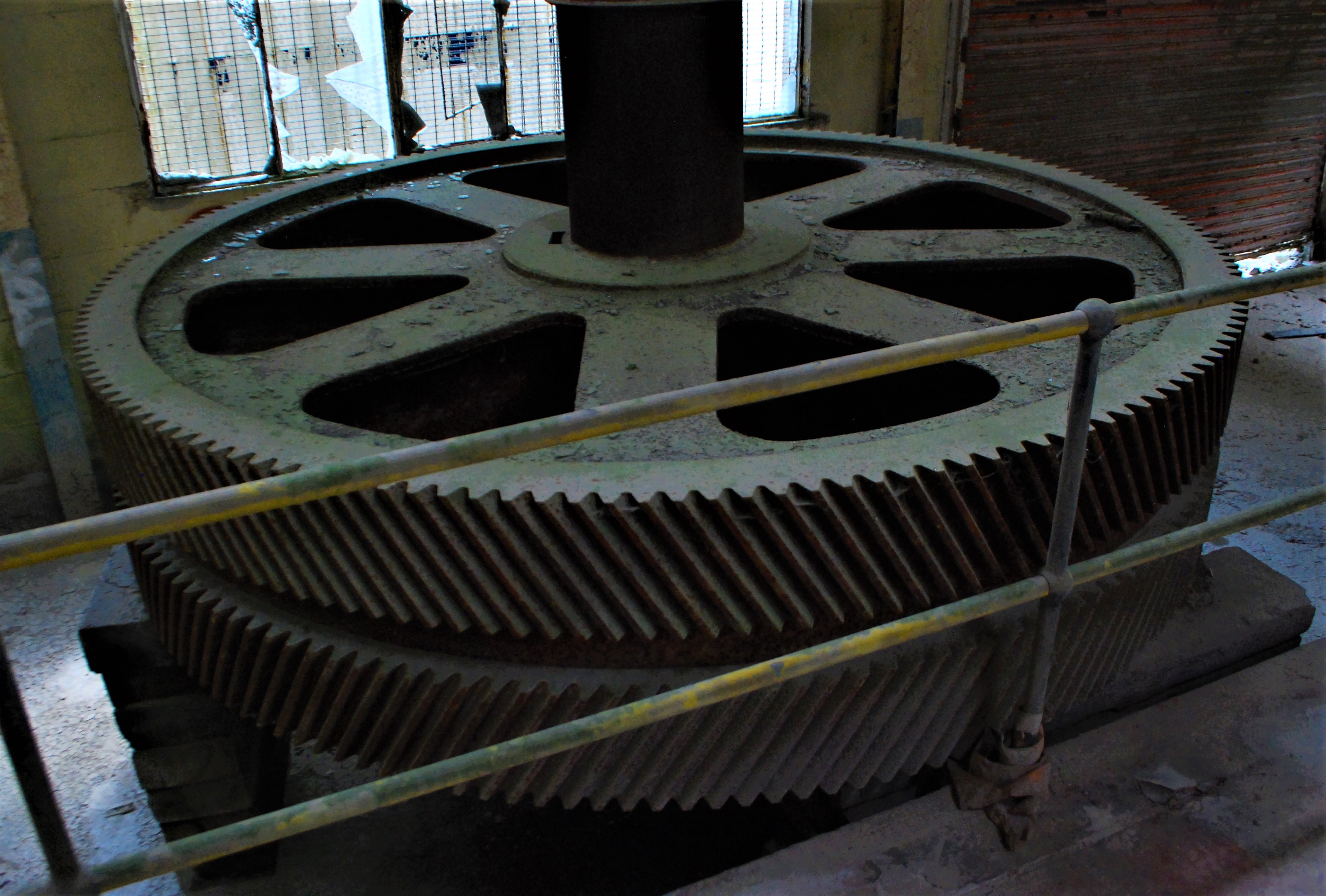
Motor Hall
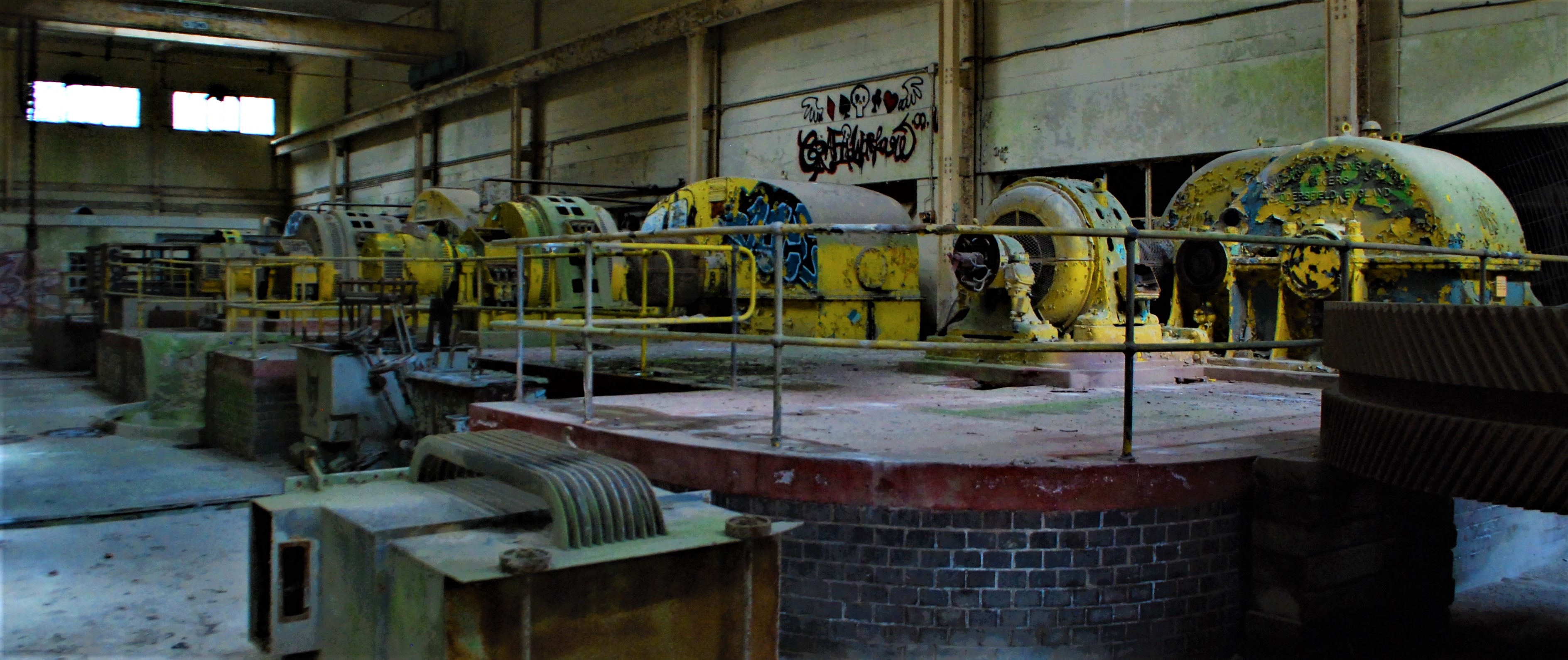
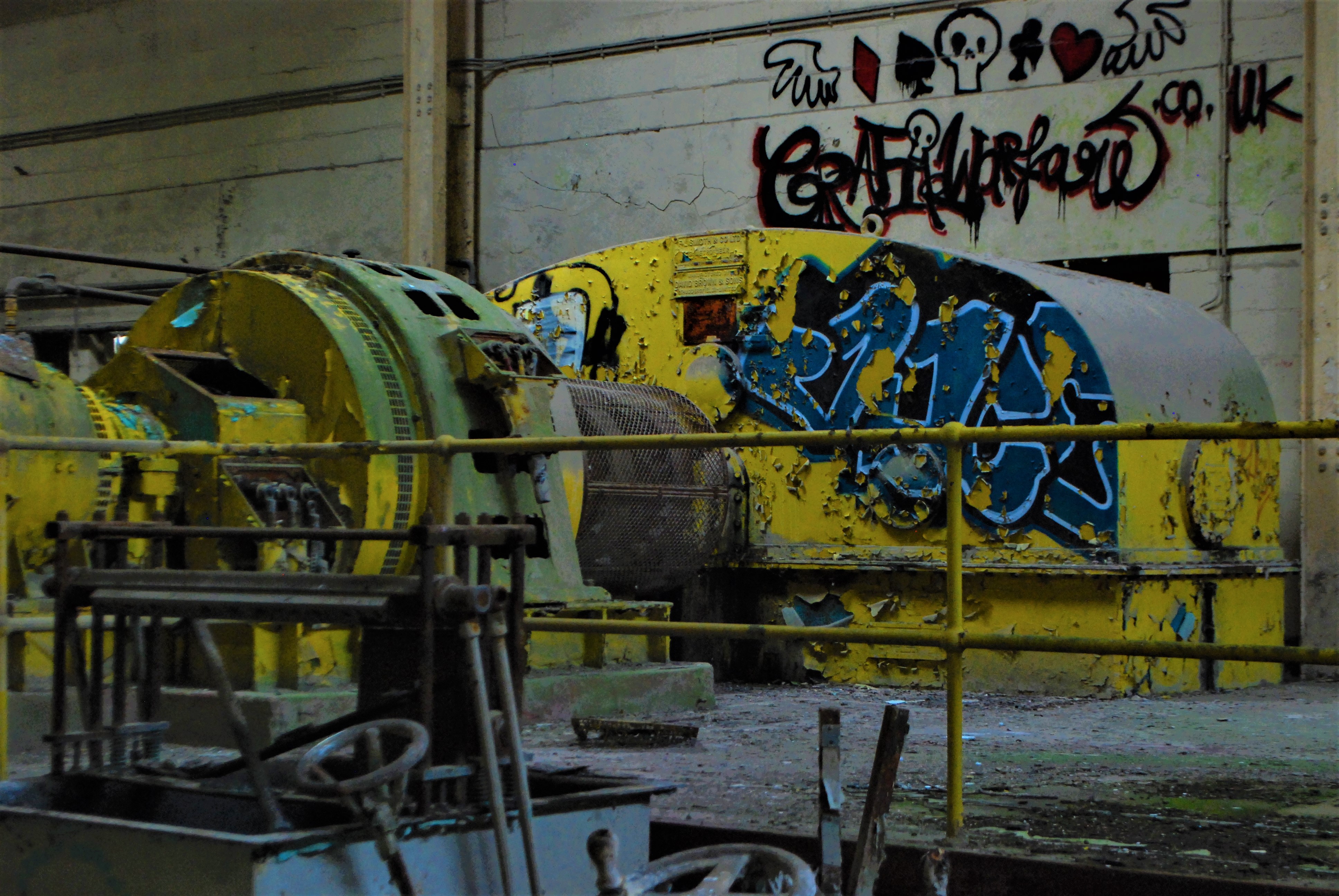
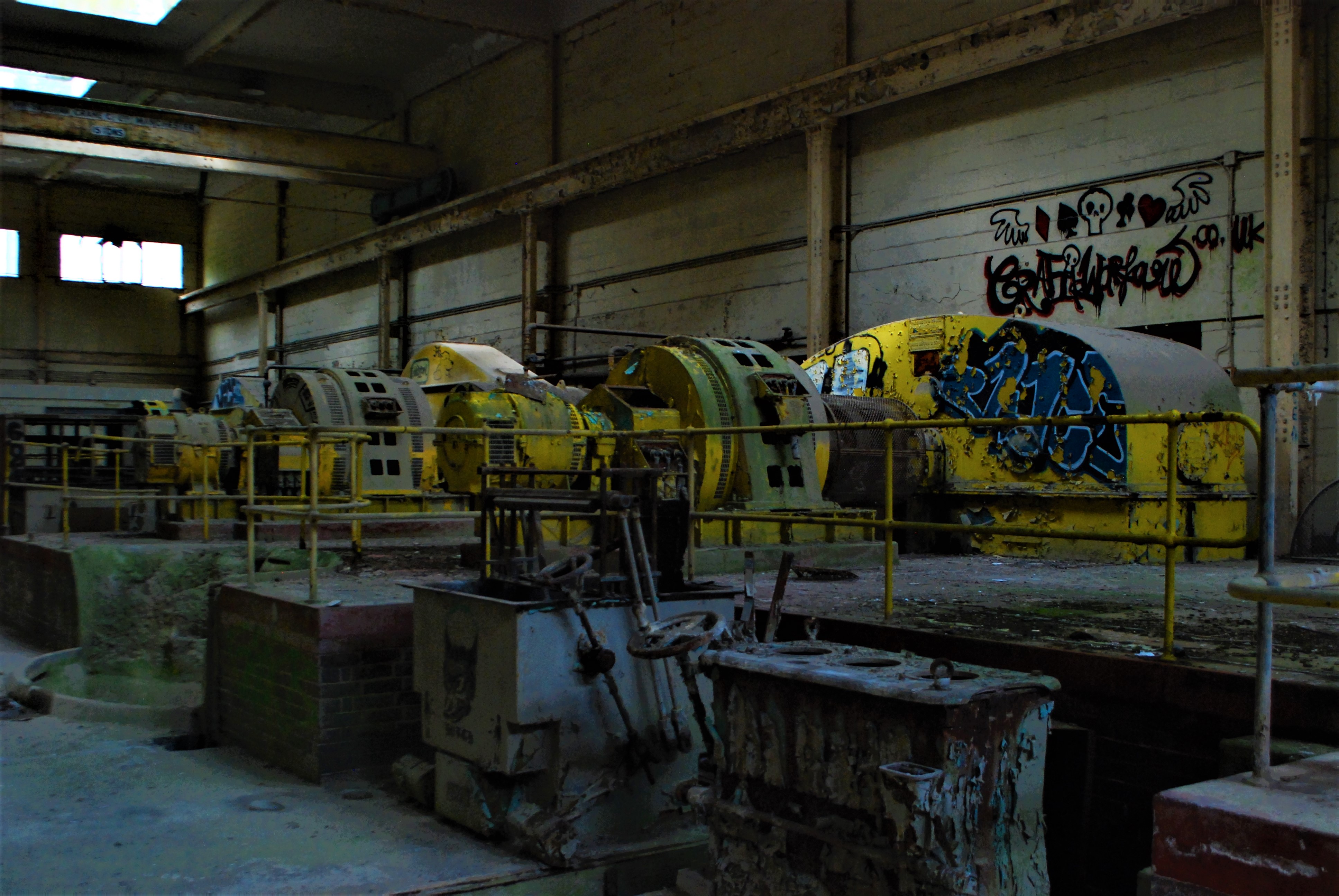
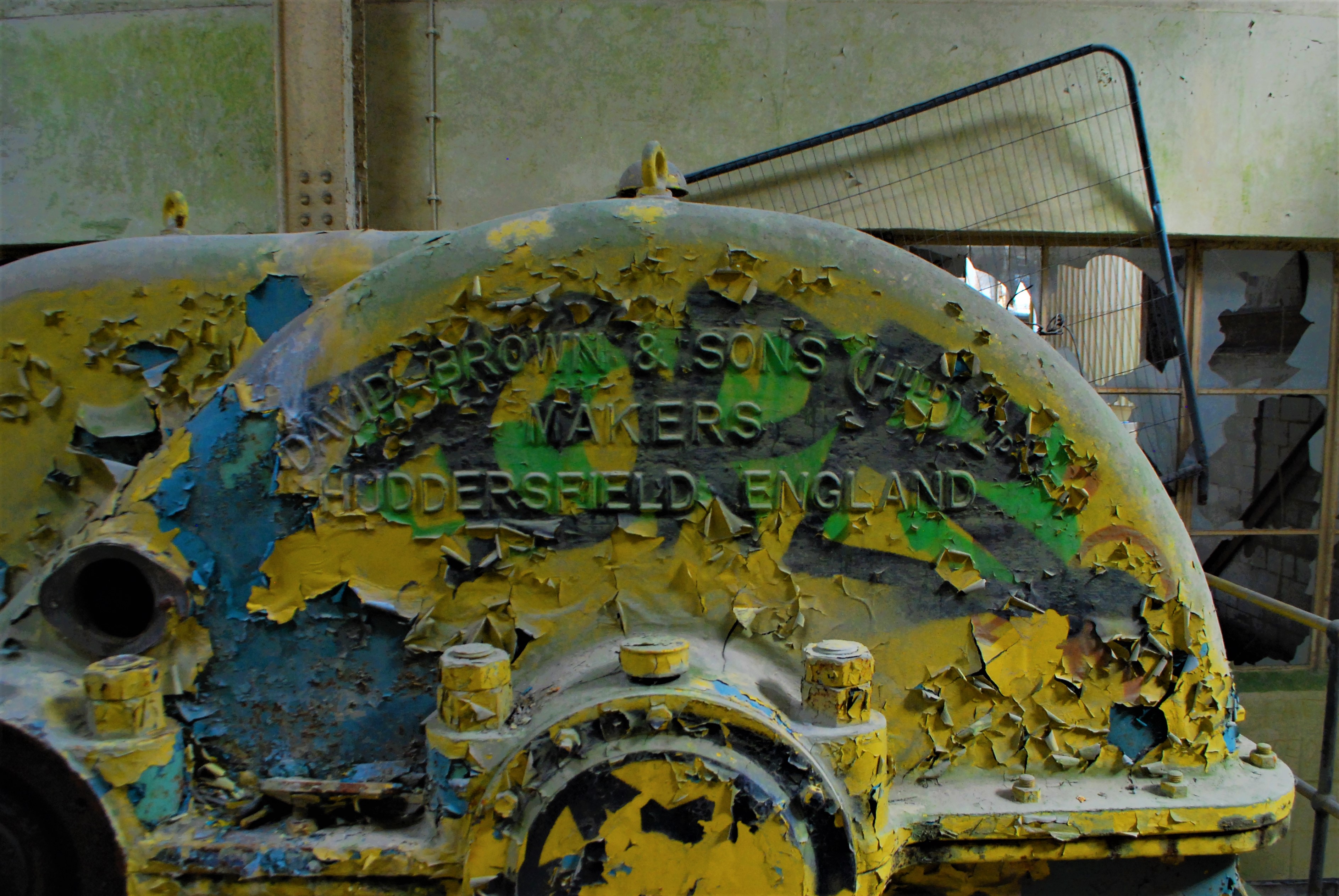
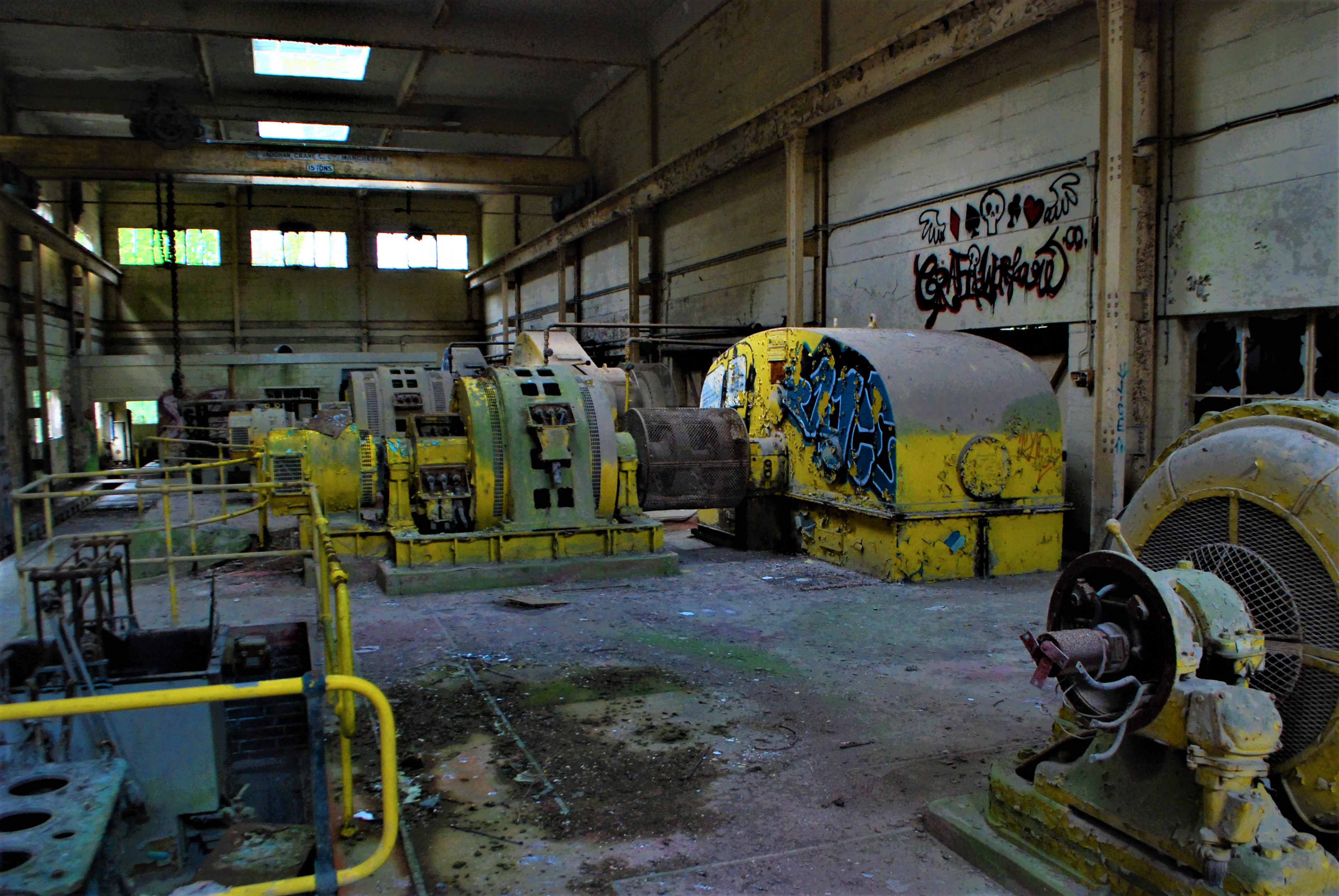
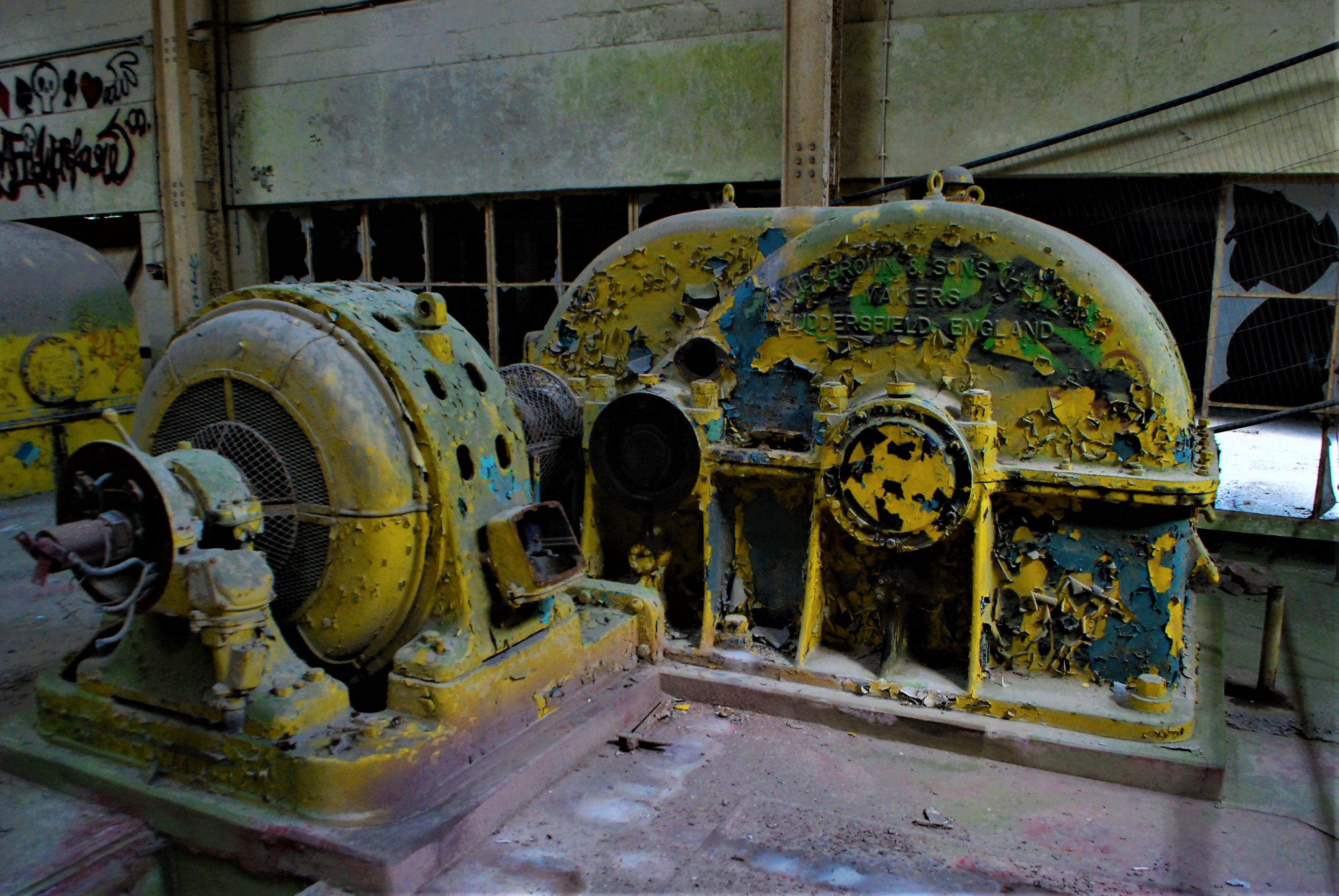
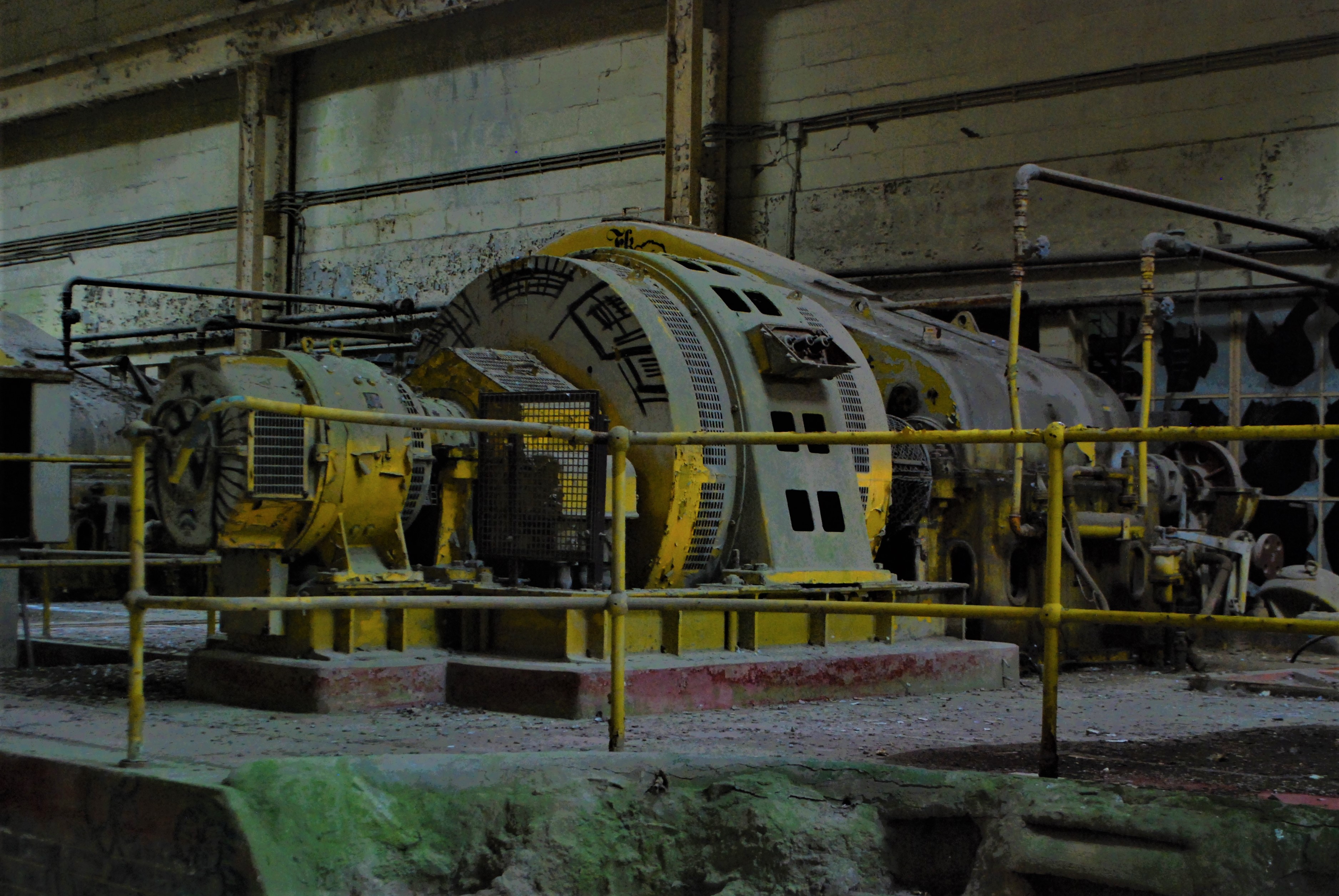
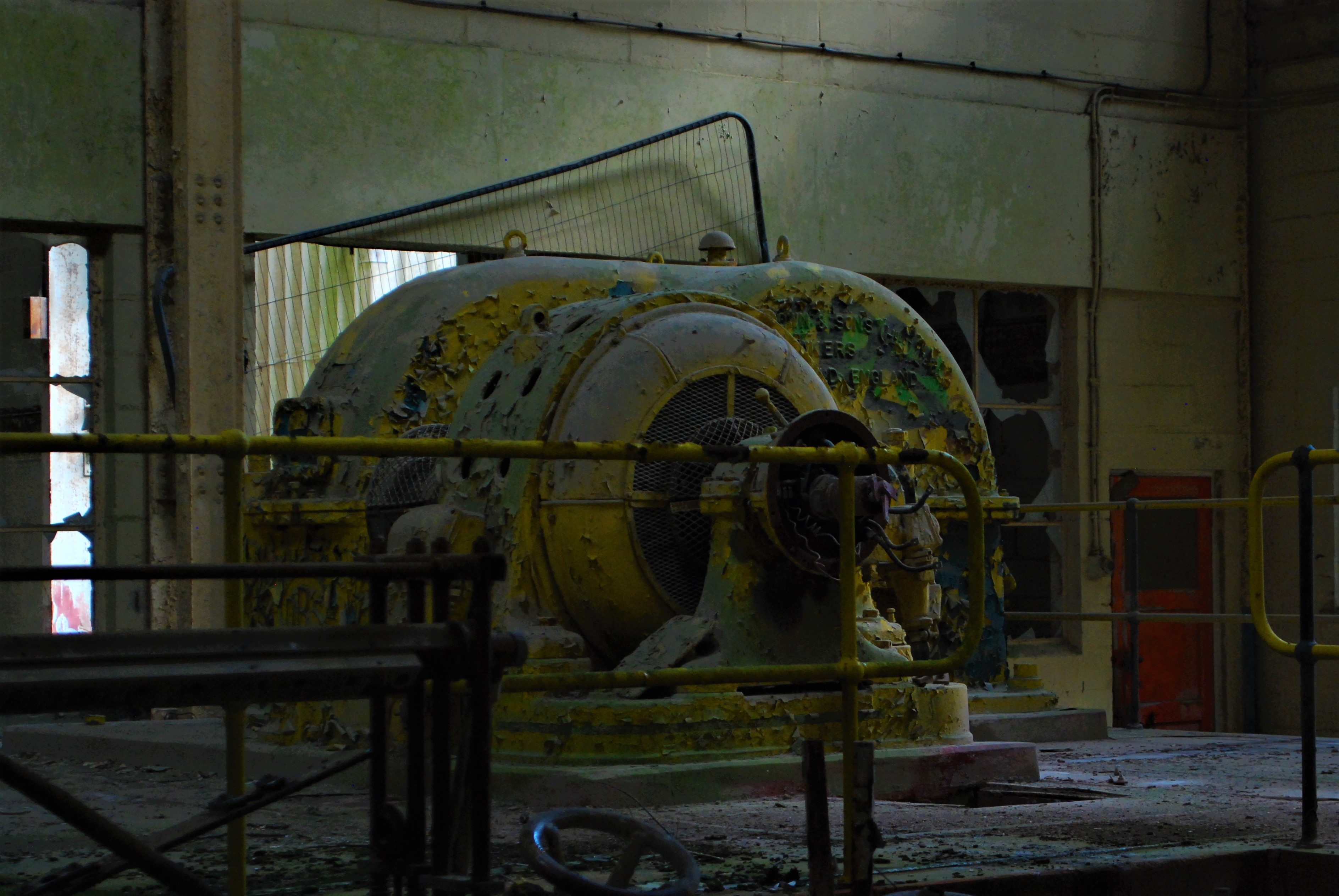
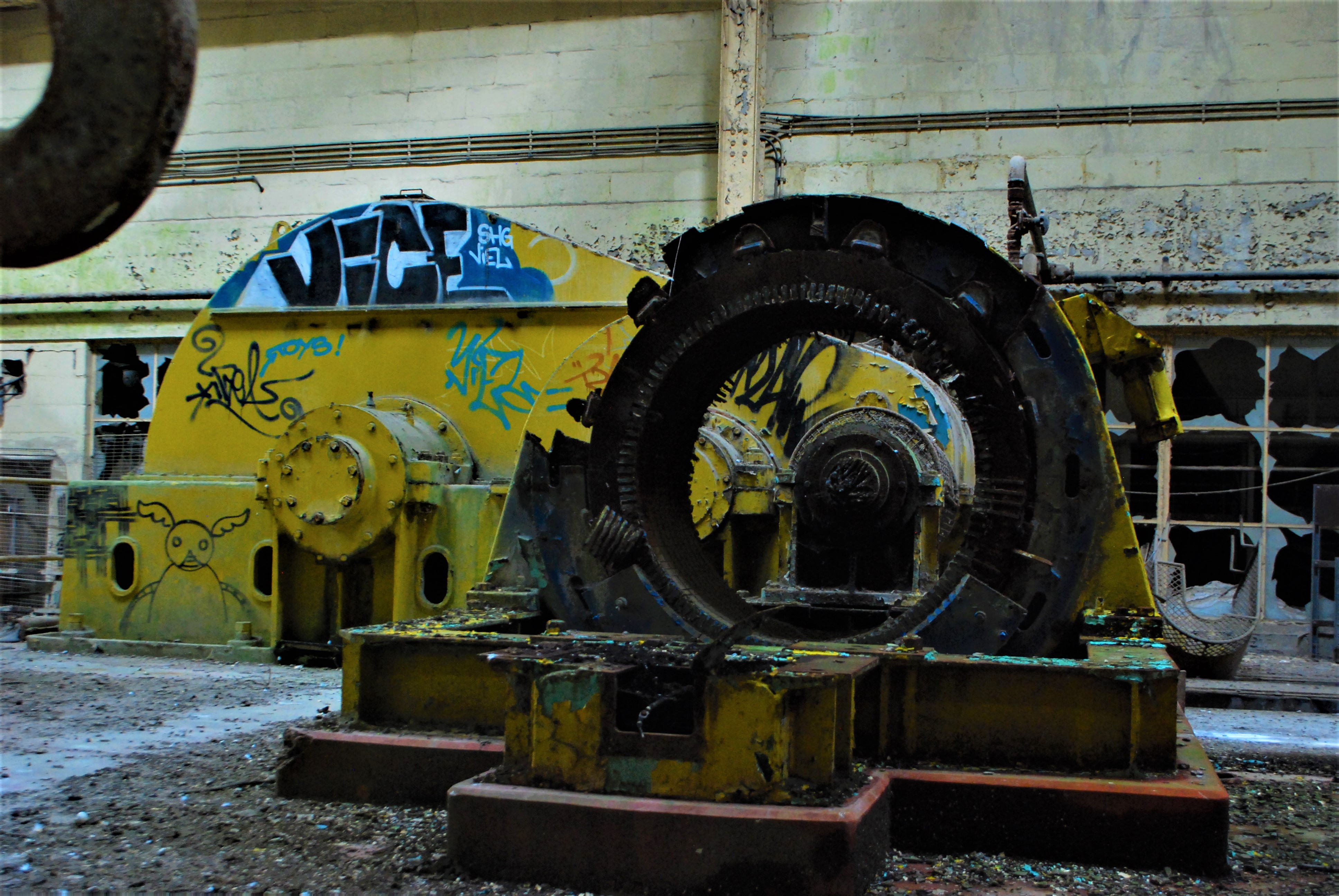
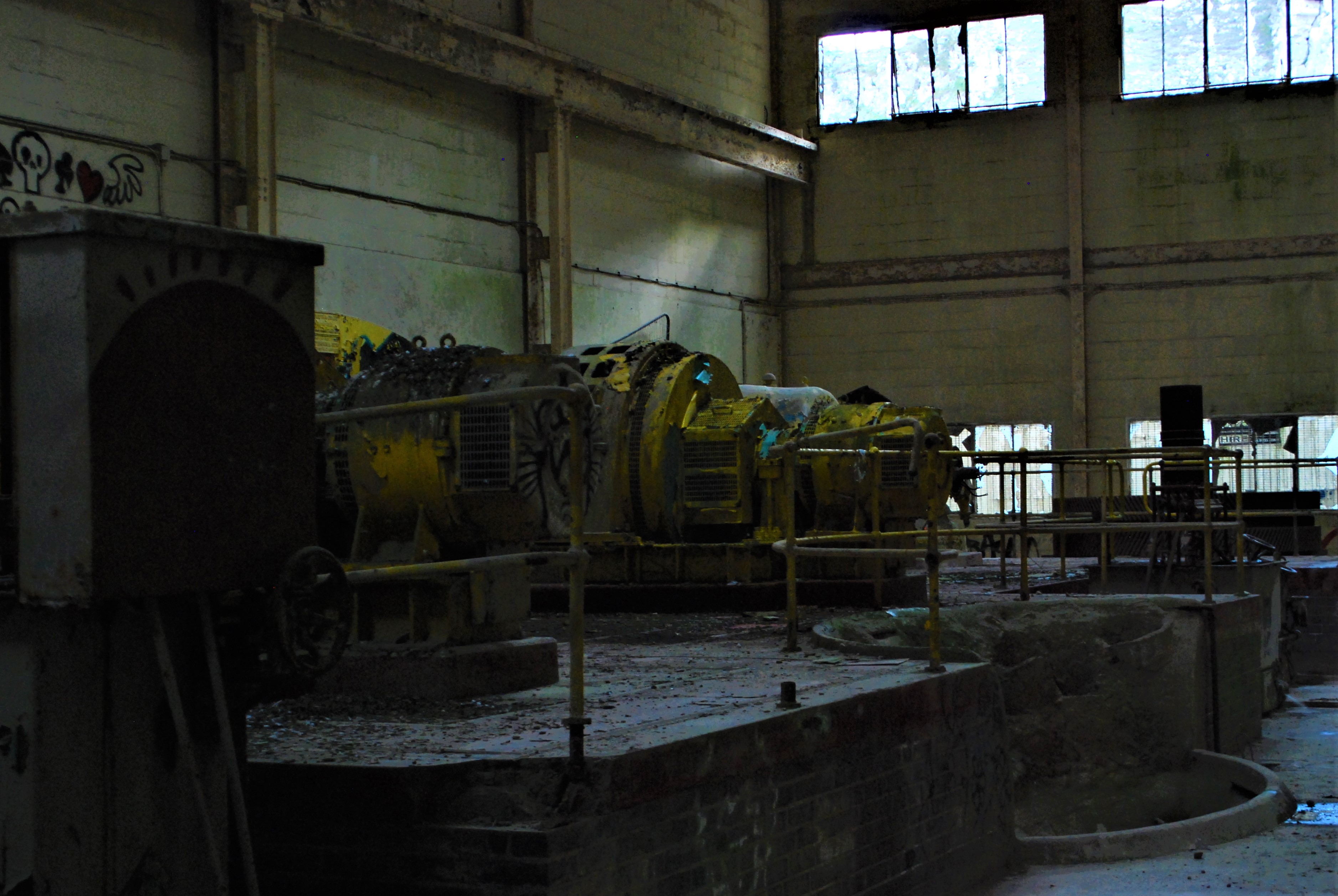
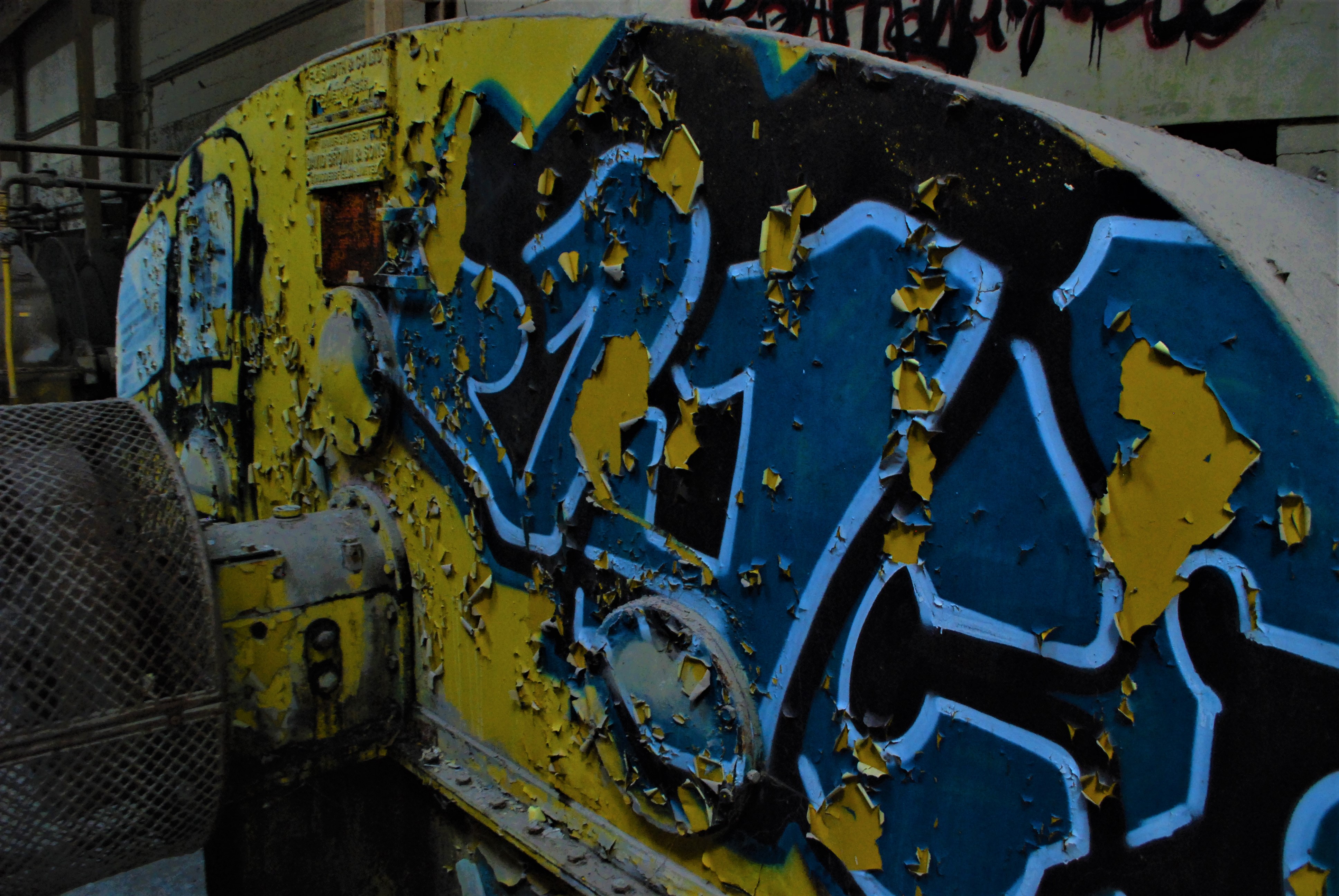


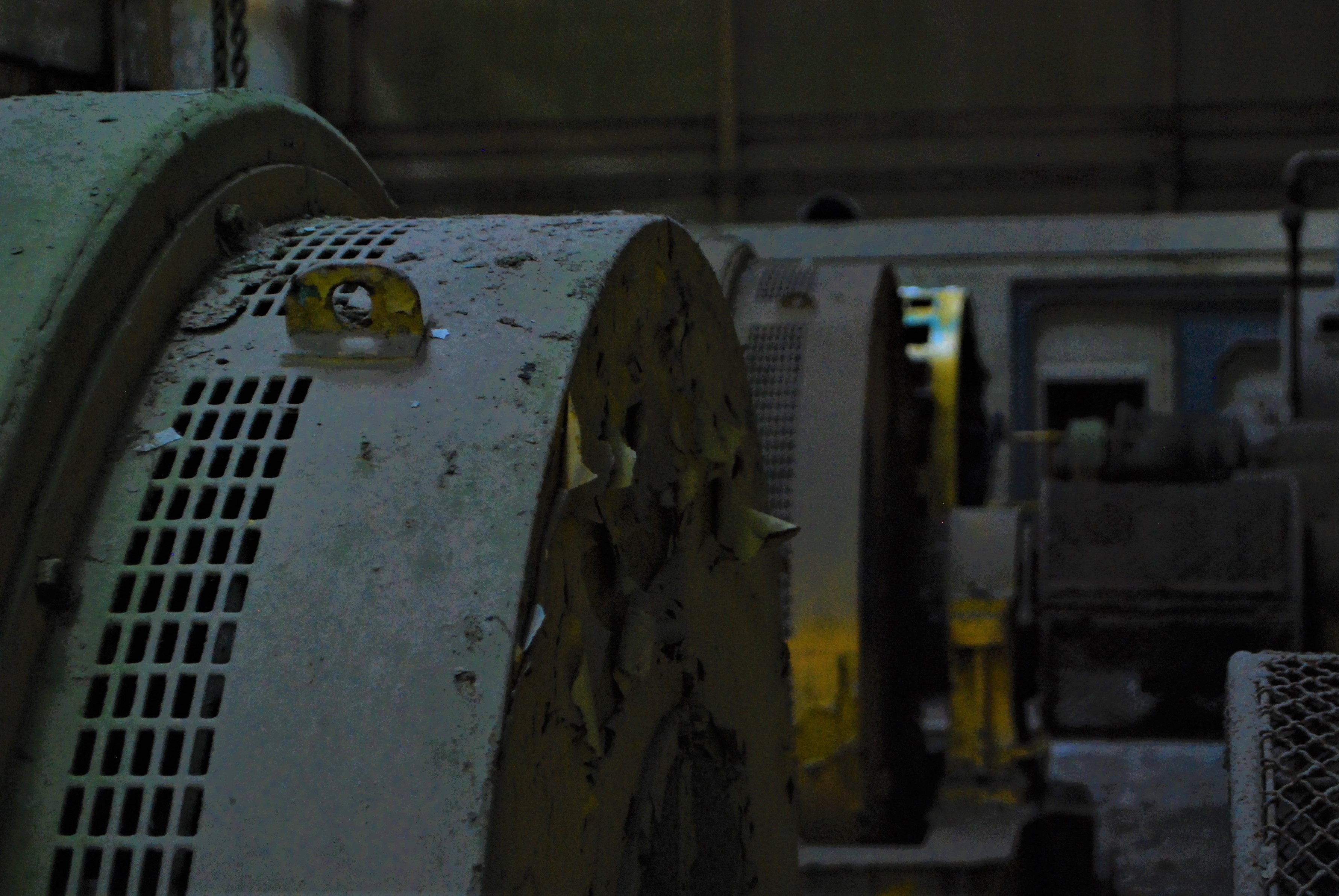
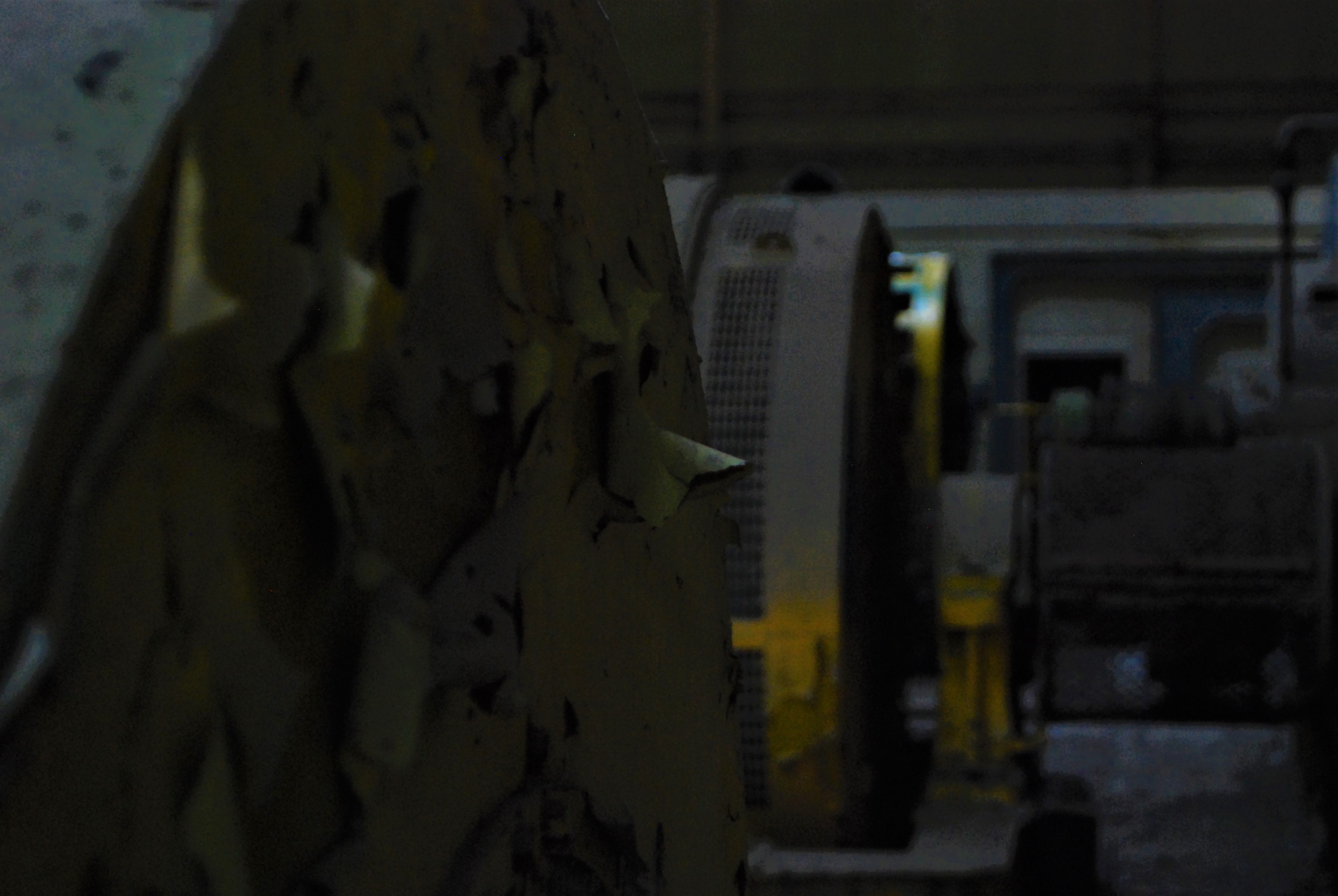
Conveyors

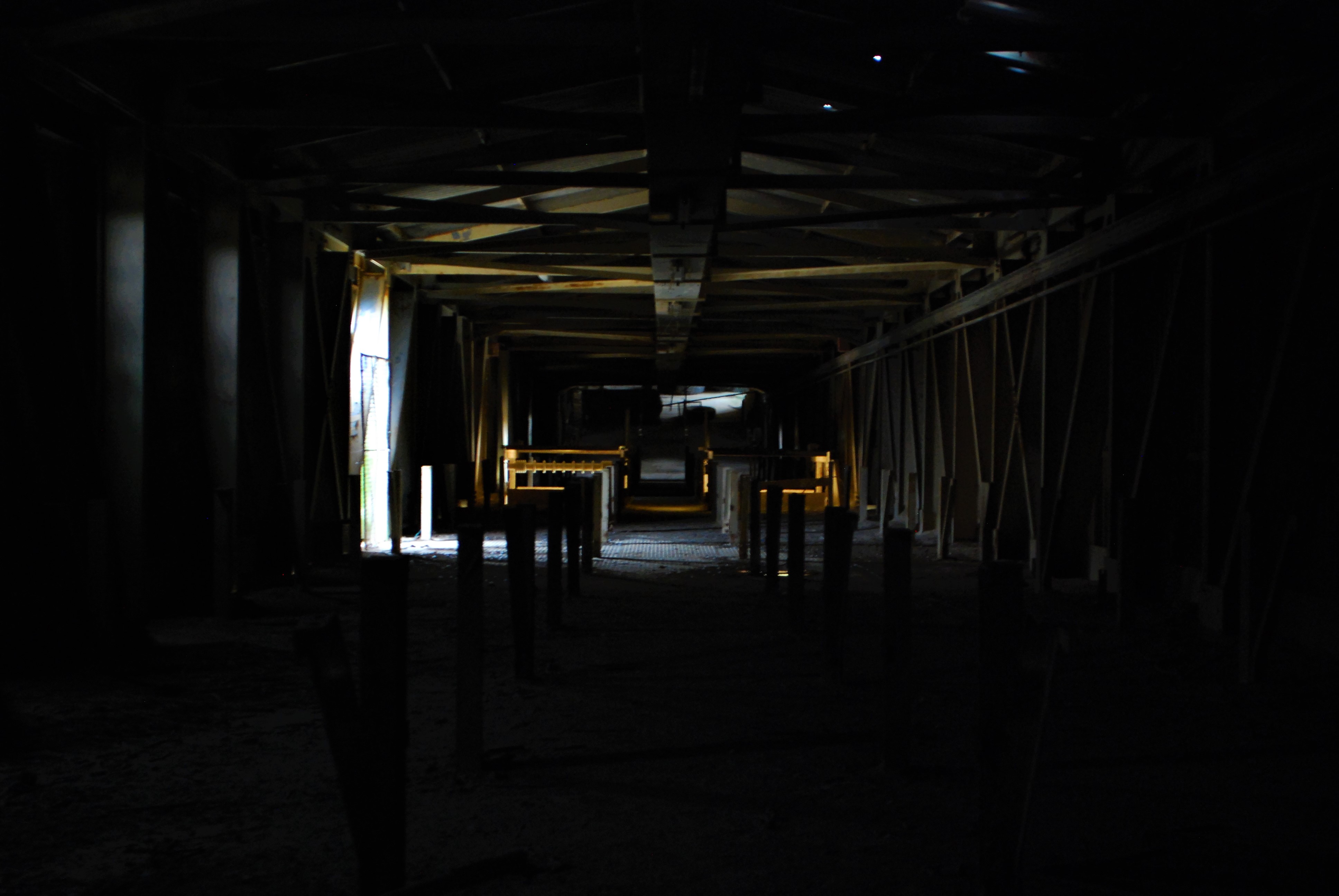

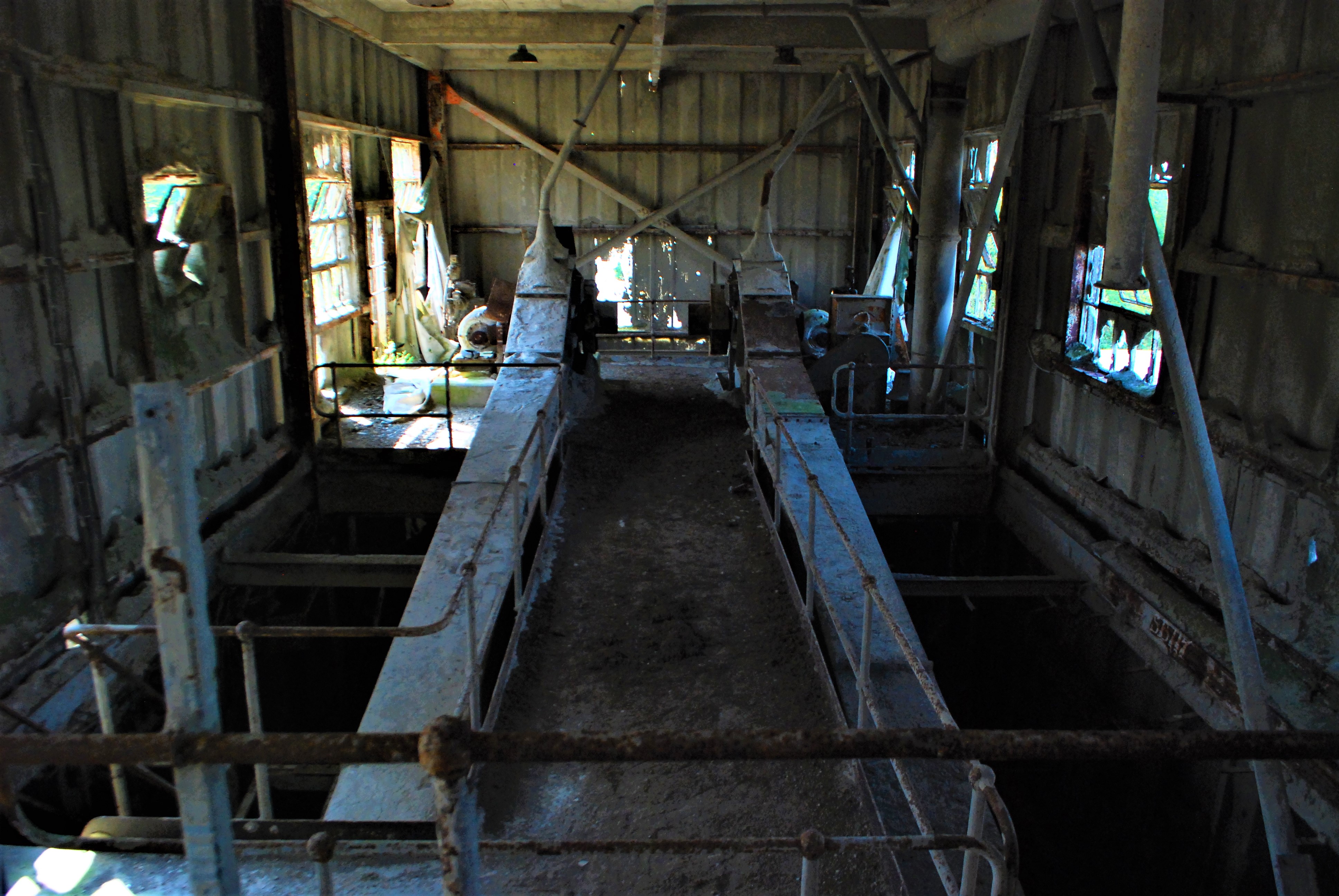
Silos
